Architecture Moments™ 8: Stilt Houses of Cambodia
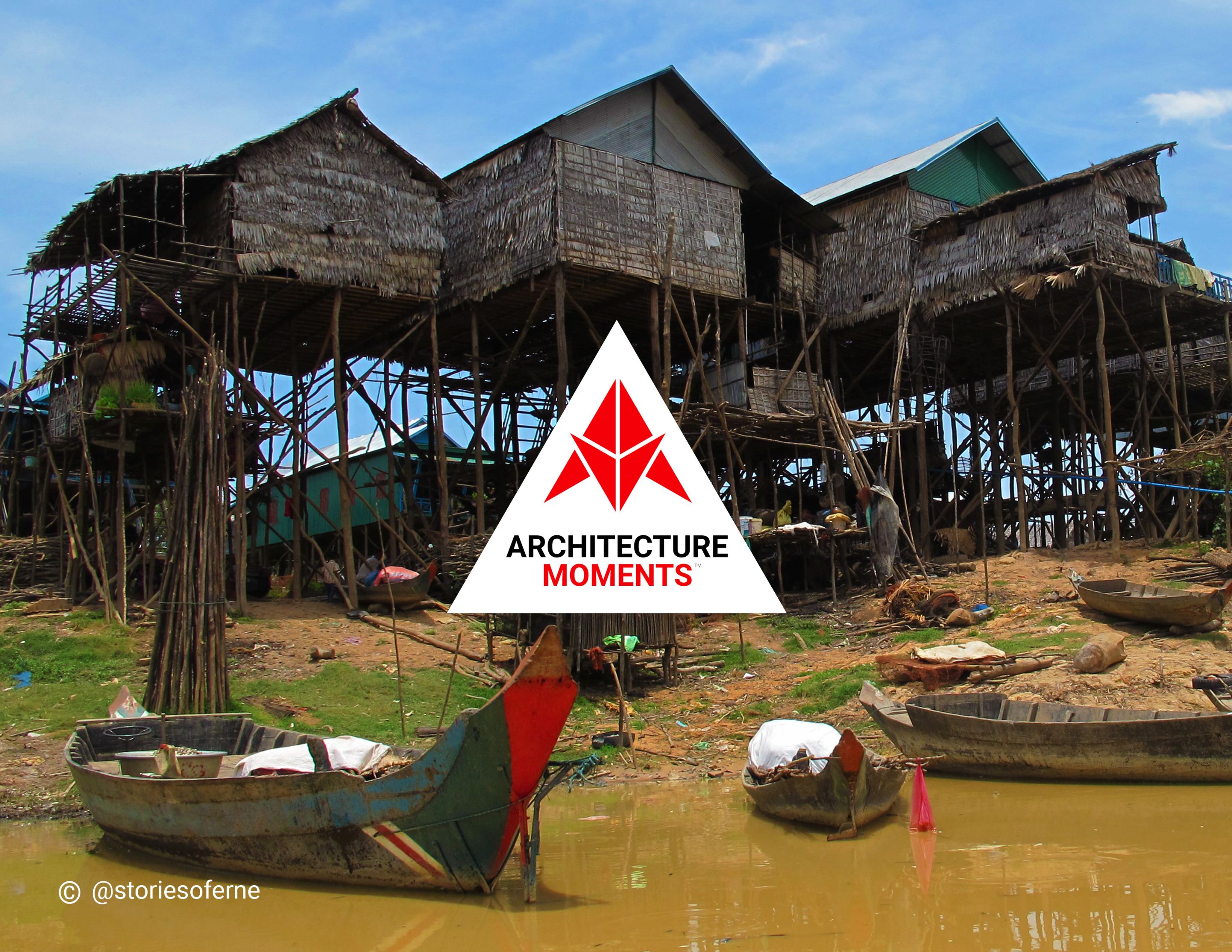
Hunt for Vernacular Habitats
"Vroom, vroom, vroom!" My hired Tuk Tuk, a vehicle with a 2-wheeled open-air carriage pulled by a motorcycle commonly used for public commutes in Cambodia, roared its powerful engines like a lion as its speedy tires raced through the dusty streets of the countryside. The outdoor temperature was peaking scorching levels, probably around 40 degrees Celsius (104°Fahrenheit), and as I was wiping my sweaty face and neck with my portable towel, a cool breeze slapped my body, thus compensating for the harsh weather. With my digital camera on hand, we were heading towards the remote neighborhoods, far away from the city center, to experience at close range this nation's local residential architecture. My plan for that day's journey was to capture photographic souvenirs, starting first with the land-based environments, and then capping off with the water-based houses.
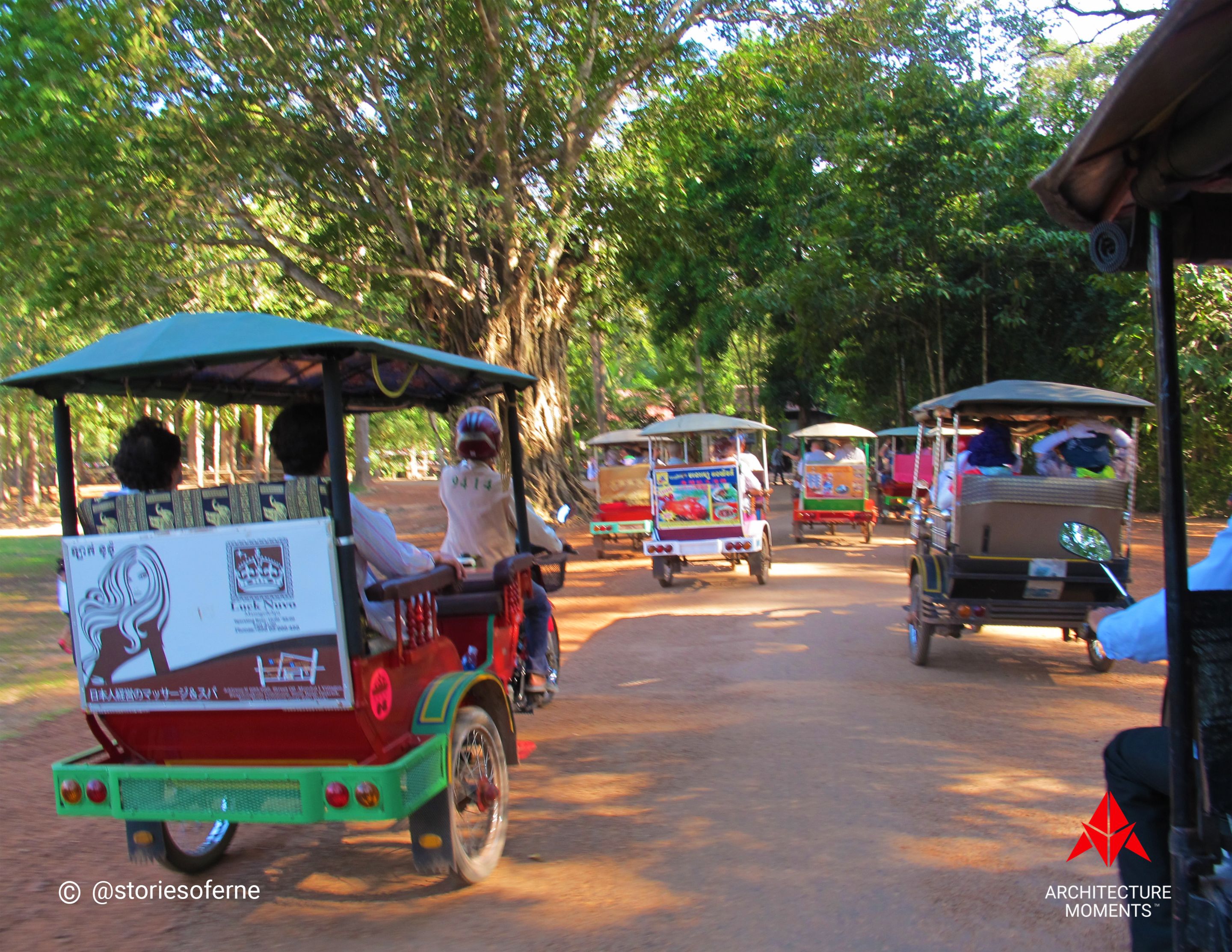
Welcome to Episode 8 of Architecture Moments™. Join me as we investigate the traditional Khmer Houses of Cambodia, particularly the structures situated on the rural vicinities of Siem Reap, also known as the cradle of the iconic Angkor Wat, the world's largest religious monument. Recognized as Cambodia's second-largest metropolis, it's also a vibrant center of vast temple ruins, cultural museums and villages, handicraft outlets, ethnic Apsara dance shows, silk sanctuaries, rice fields, fishing villages, and an international hub for dining, drinking, plus other forms of entertainment. With its diverse offerings, tourists and locals alike consider the city a promising destination. In fact, I was never bored during my week-long vacation there.
Stilt Architecture of Siem Reap
You would simply be amazed at the rural Khmer houses, as they were scattered all over the place. Whichever side I glanced at while cruising on the Tuk Tuk, there were interesting versions to be explored. For some of these abodes, we had to stop on the sidewalks to get a closer look. Fortunately, the local inhabitants I've met, with their friendly nature and warm reception, freely consented for their homes to be photographed. Isn't that wonderful?
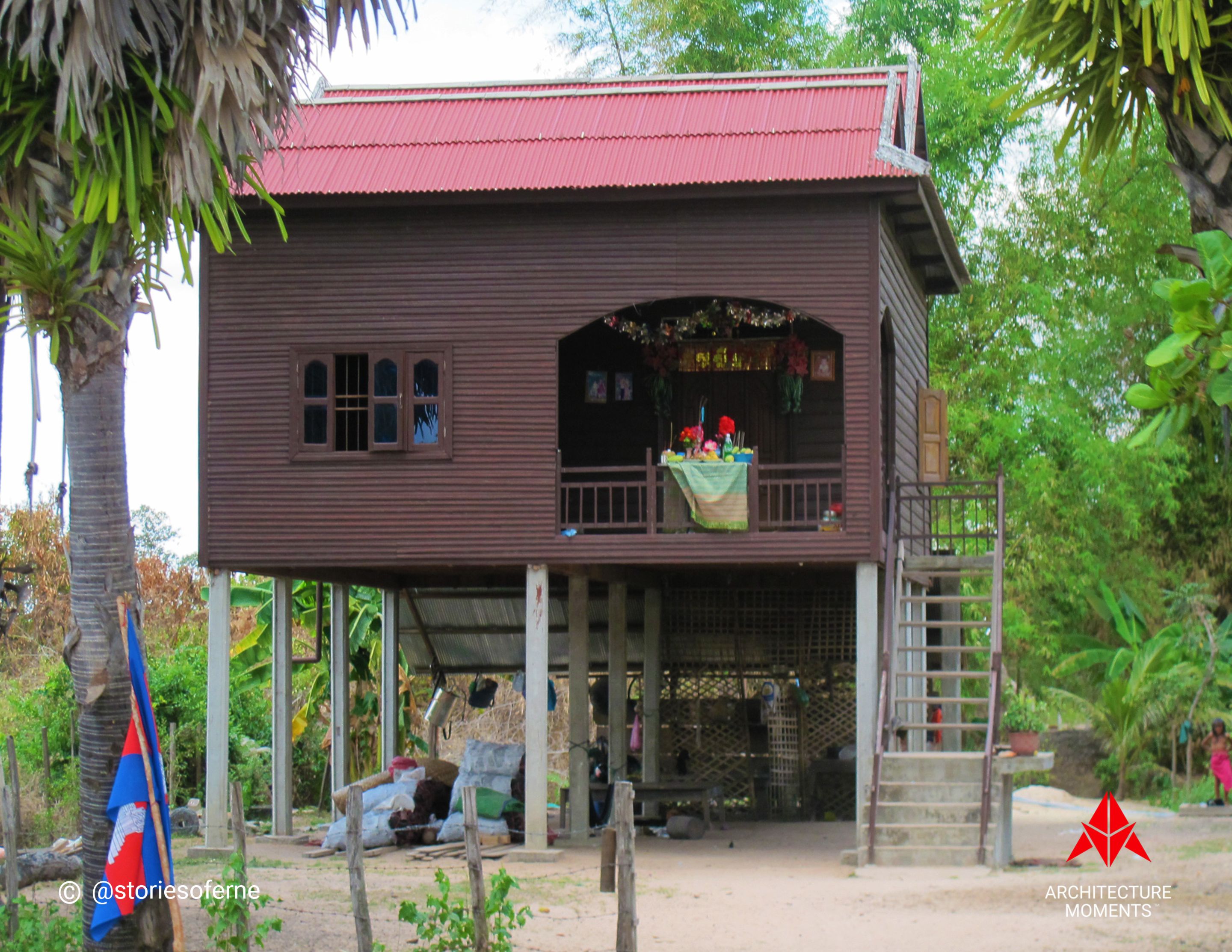
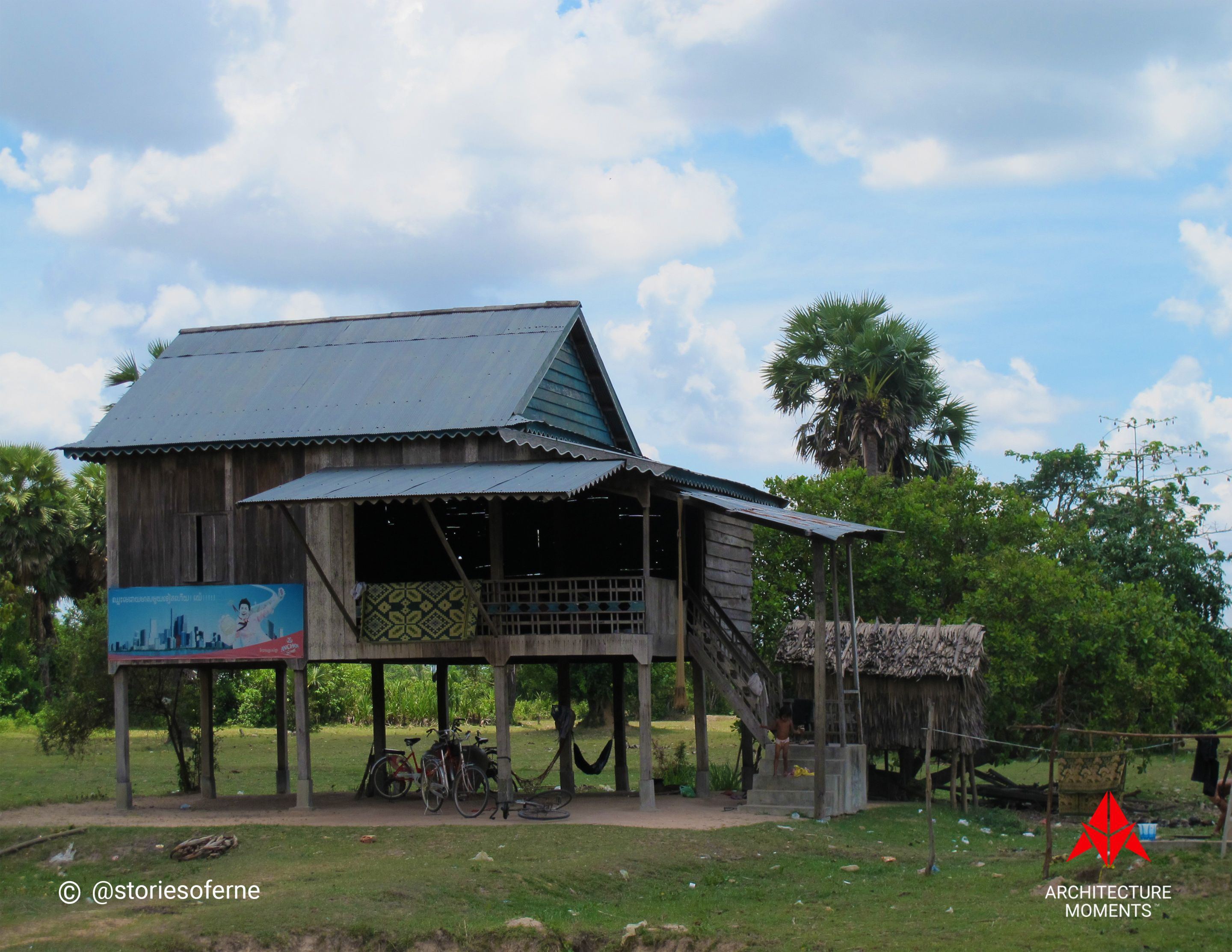
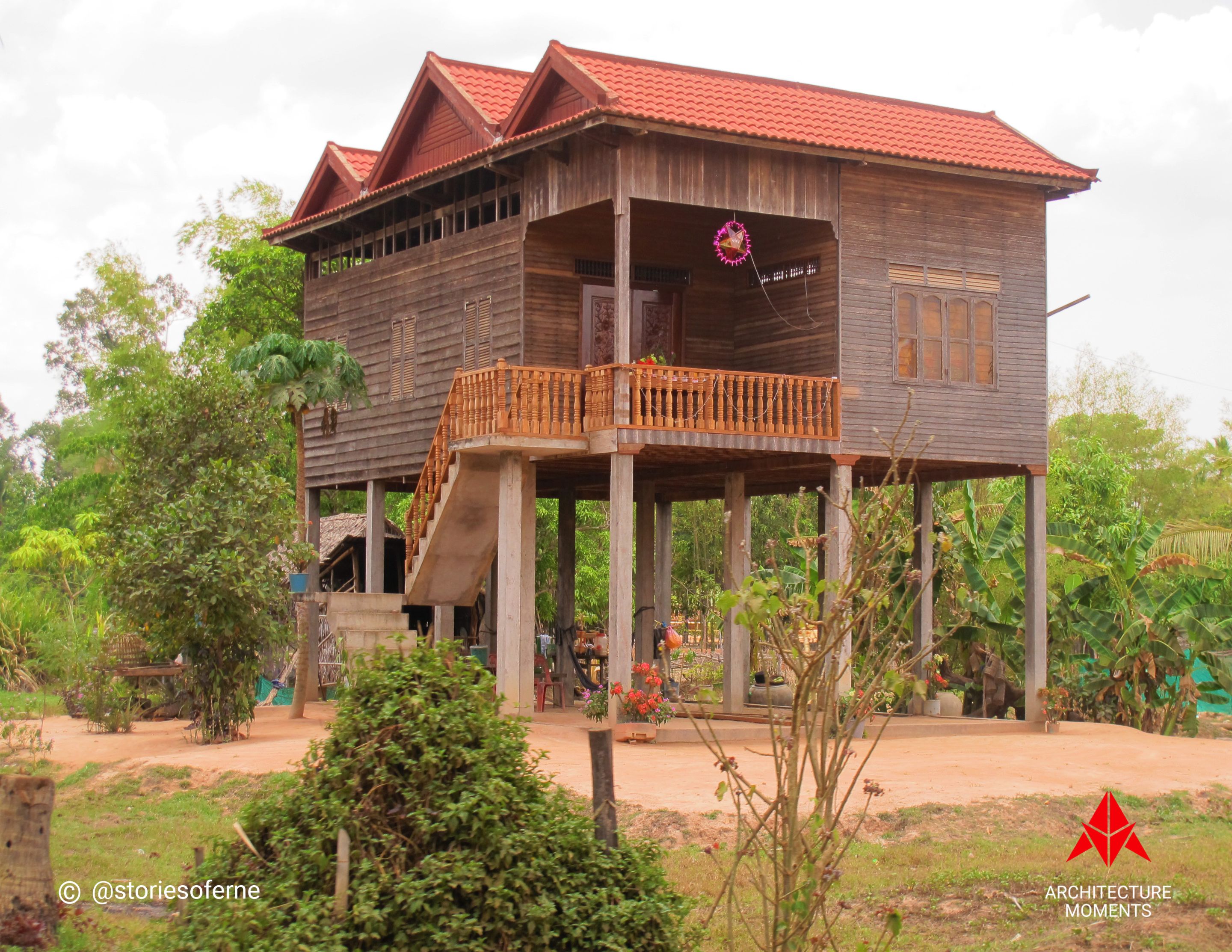
These humble habitats were typically two-storey buildings, consisting of varying floor dimensions from 4 meters (13 feet) by 6 meters (20 feet) to approximately 6 by 10 meters (33 feet). Their fundamental skeleton consisted of wooden frameworks, and the roofing system was usually built first before walls were installed on the second level. These roof shapes dictated the type of house styles such as a hipped roof (Phteah Pét), a gabled roof (Phteah Rông Daol), and a bonnet roof (shikoro in Japanese) used to describe the Khmer house (Phteah Keung).
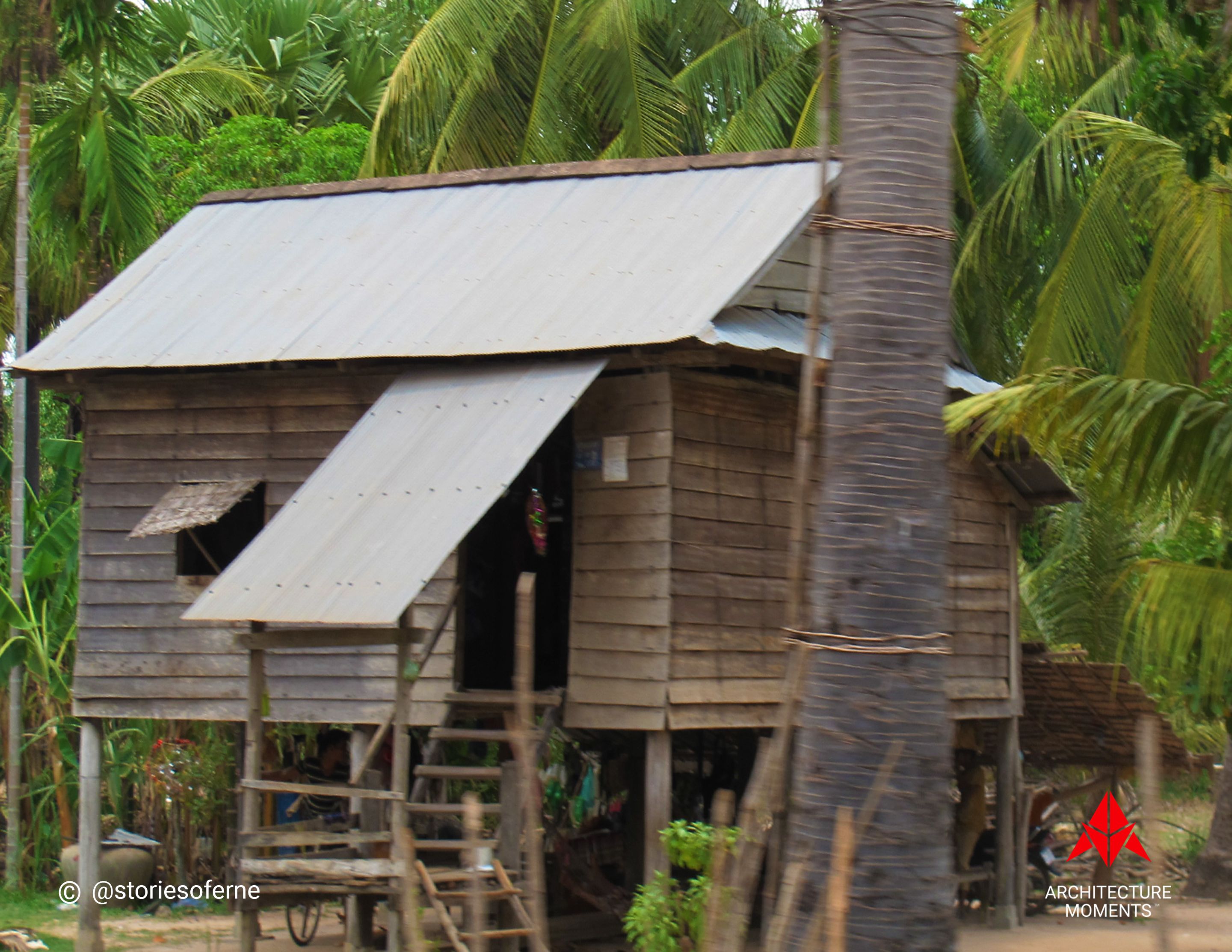
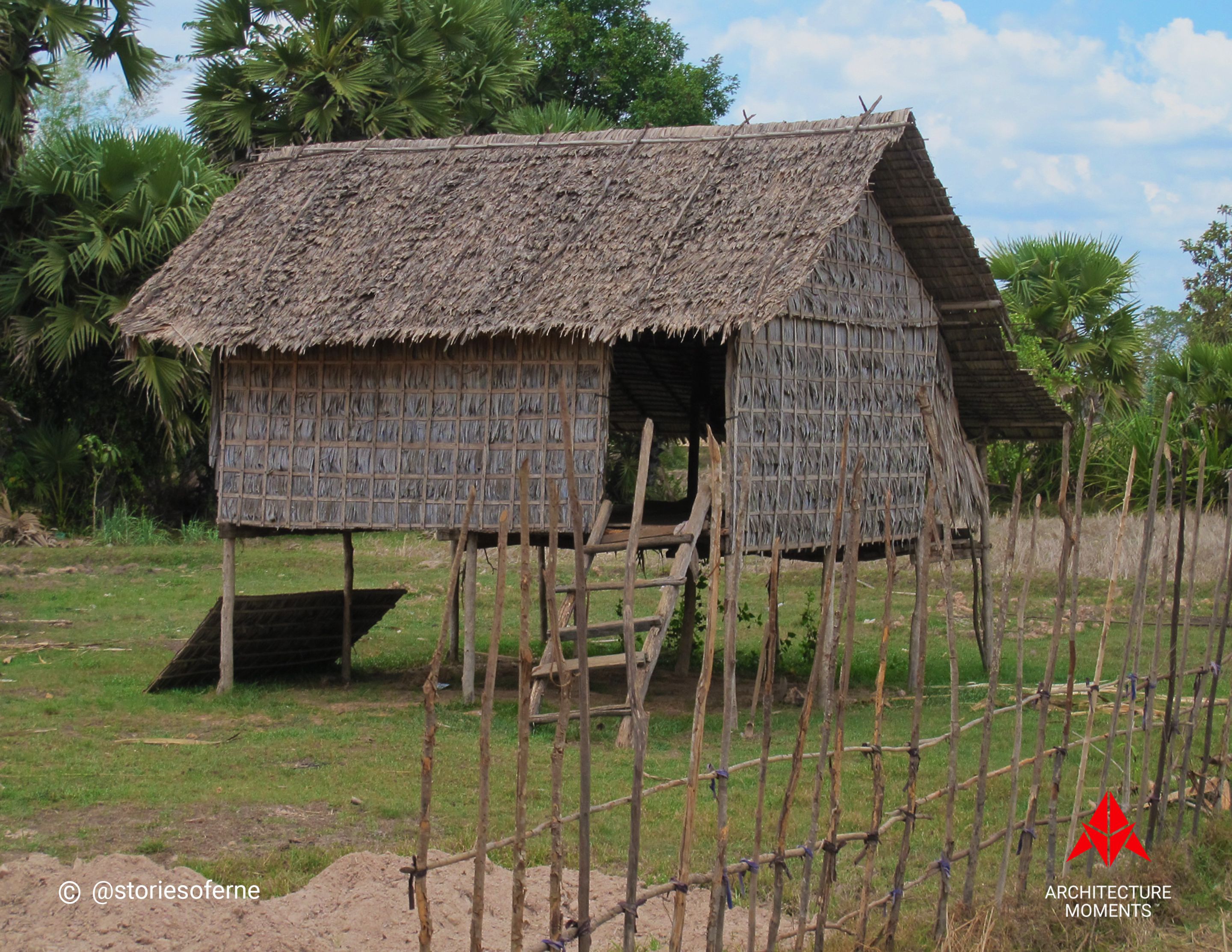

Some of these houses had open spaces (attics) underneath the roofs that served as storage compartments for rice. These features were common in the province of Battambong and were known as Phteah Rông Doeung which signified that a rice mill was installed at the back of the house beneath a secondary awning. One of the most recognizable details was a 5-10 centimeter gap on four sides of the top portion of the upper floor's walls and its roof.
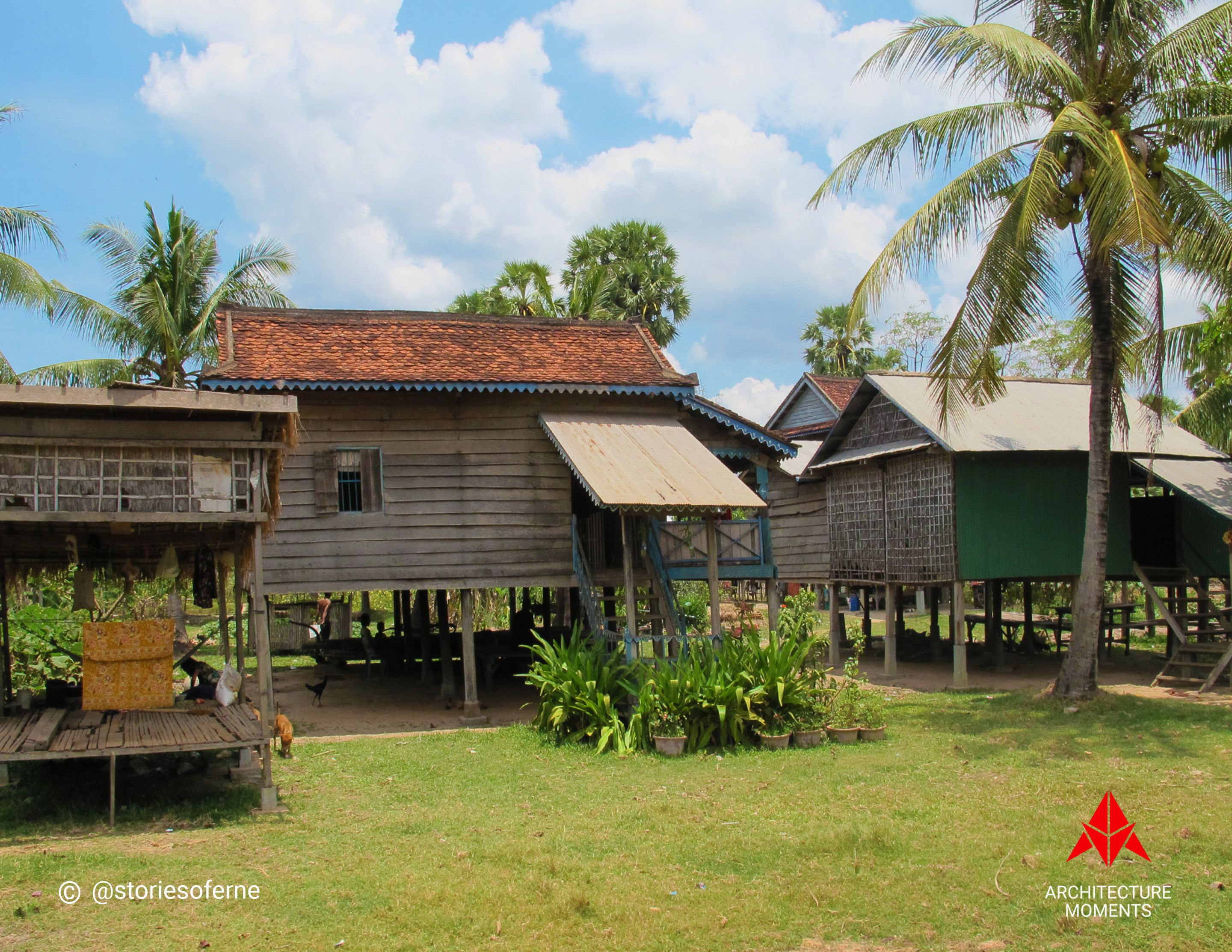
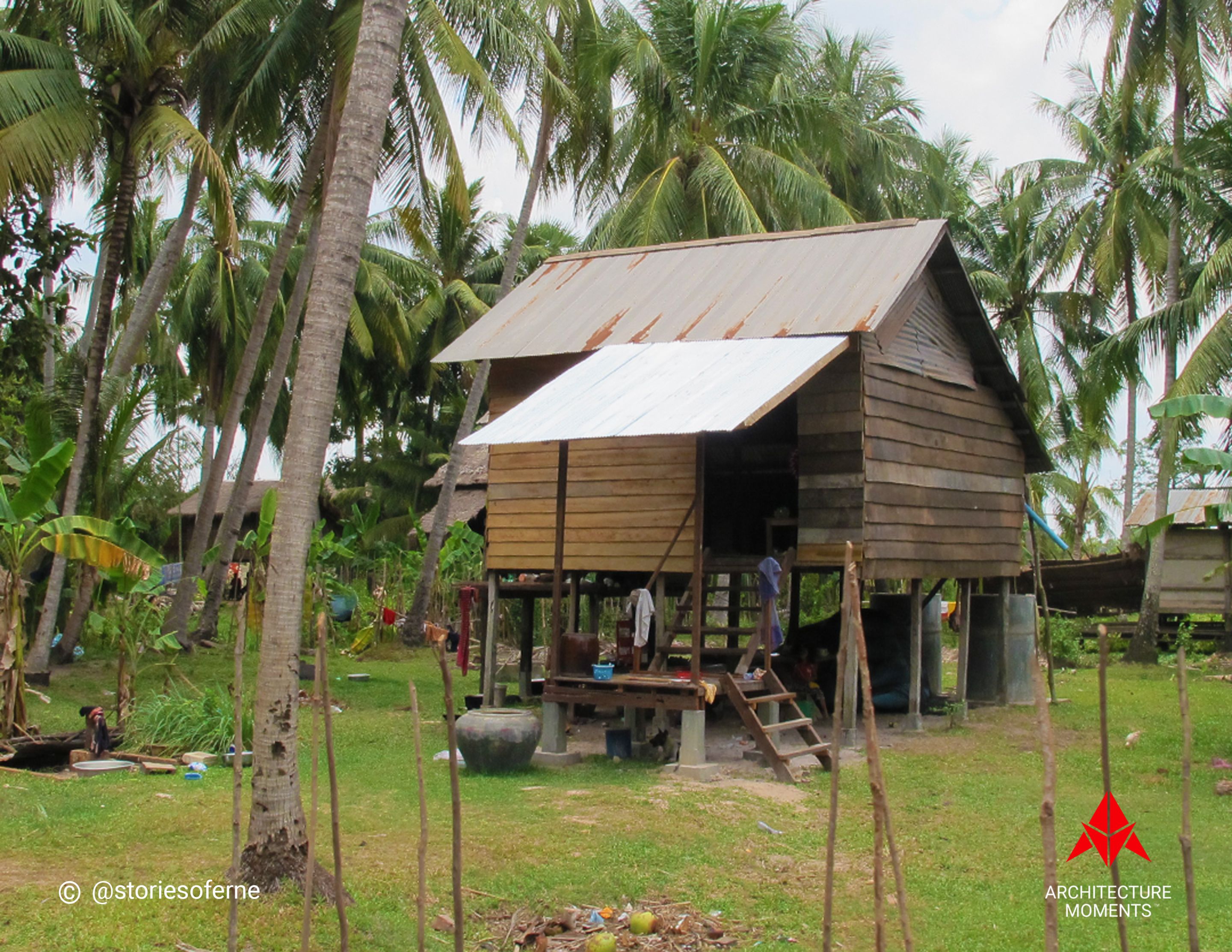
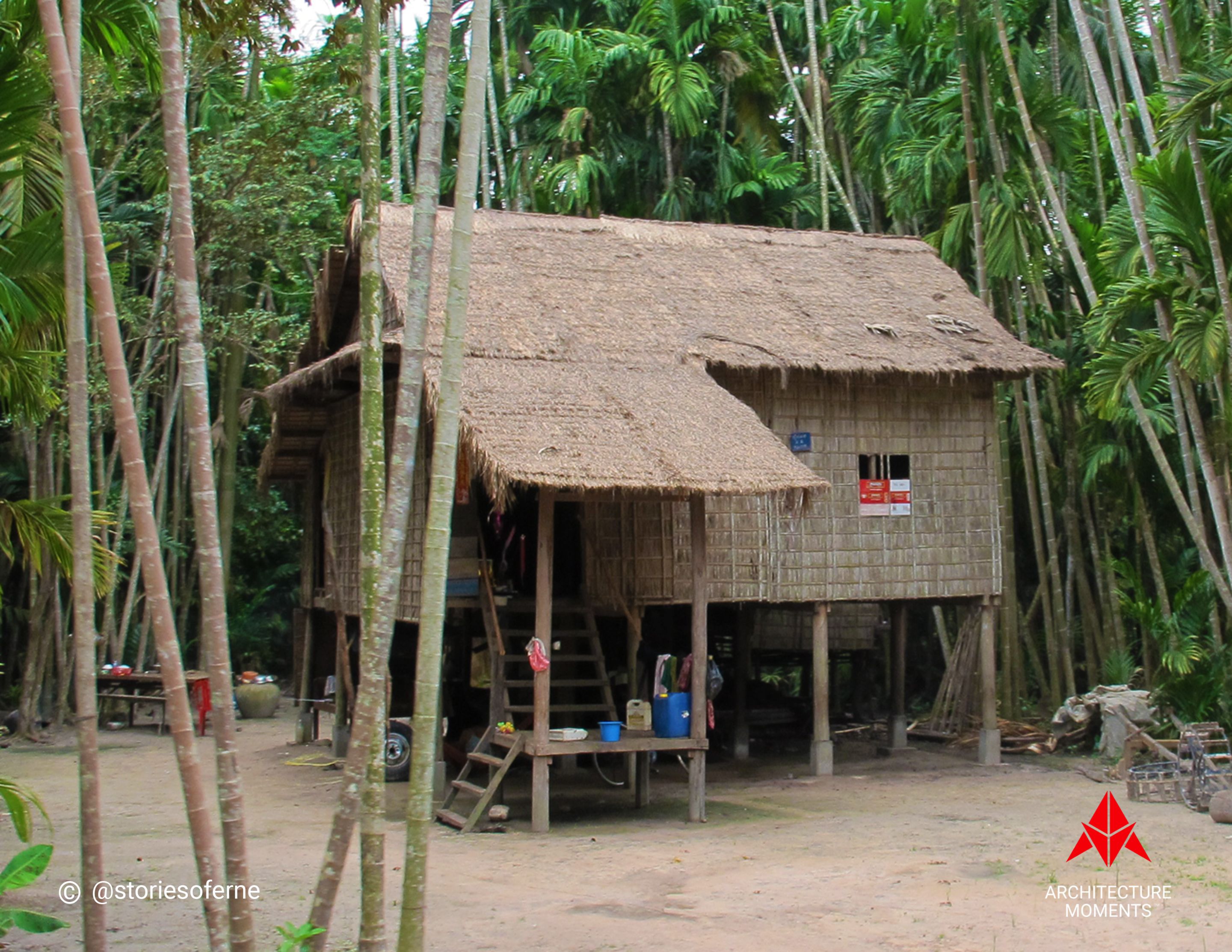
What else have you noticed so far? If there was one common denominator that provided these traditional Cambodian dwellings their distinctive functions, that would be the STILTS. These were long vertical poles or piles made of wood (sometimes concrete) that served as the main structural supports. These elevated houses on stilts were raised as high as 3 meters (9.8 feet) above the ground. I've also seen a single ladder (seldom two), ramps, and staircases that were the means of access to the upper levels.
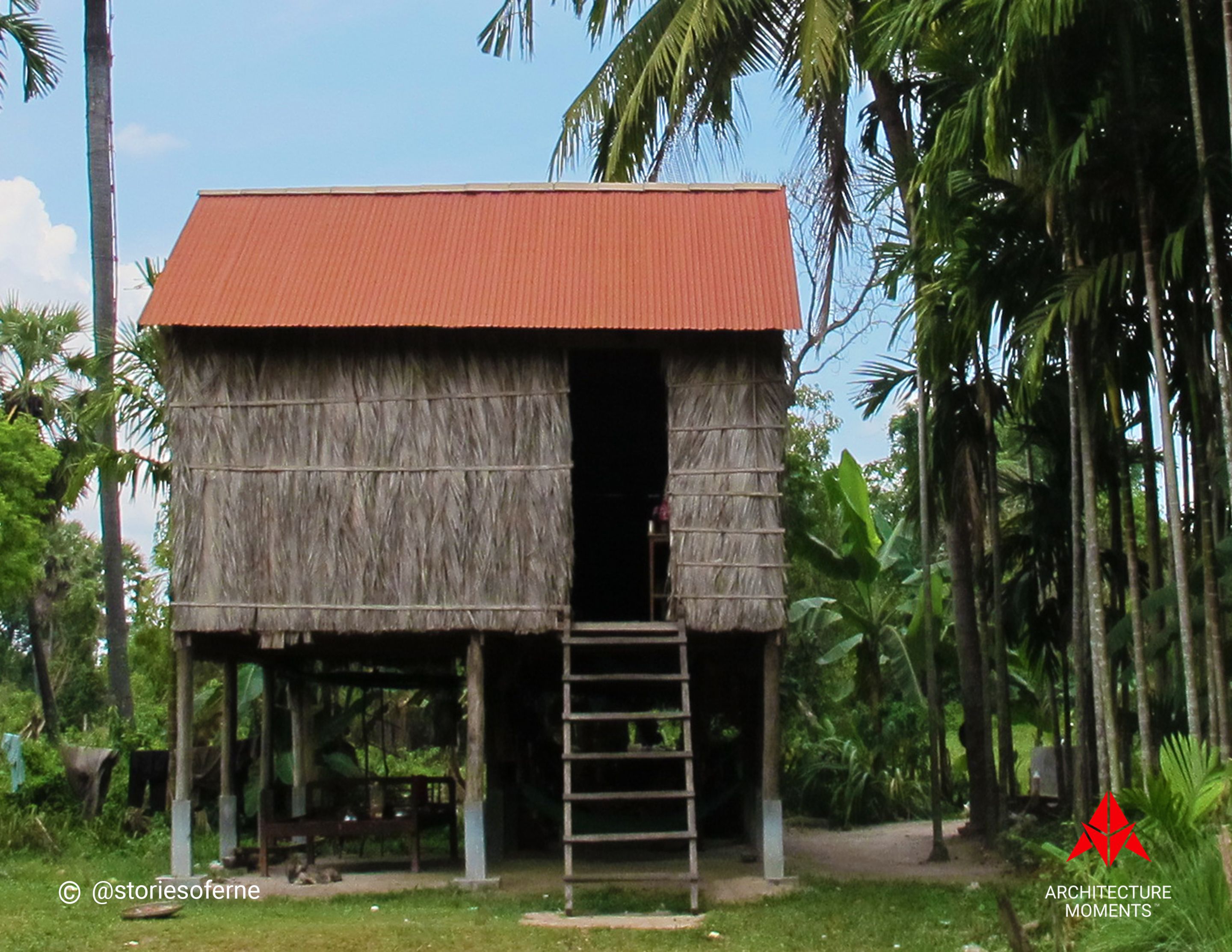
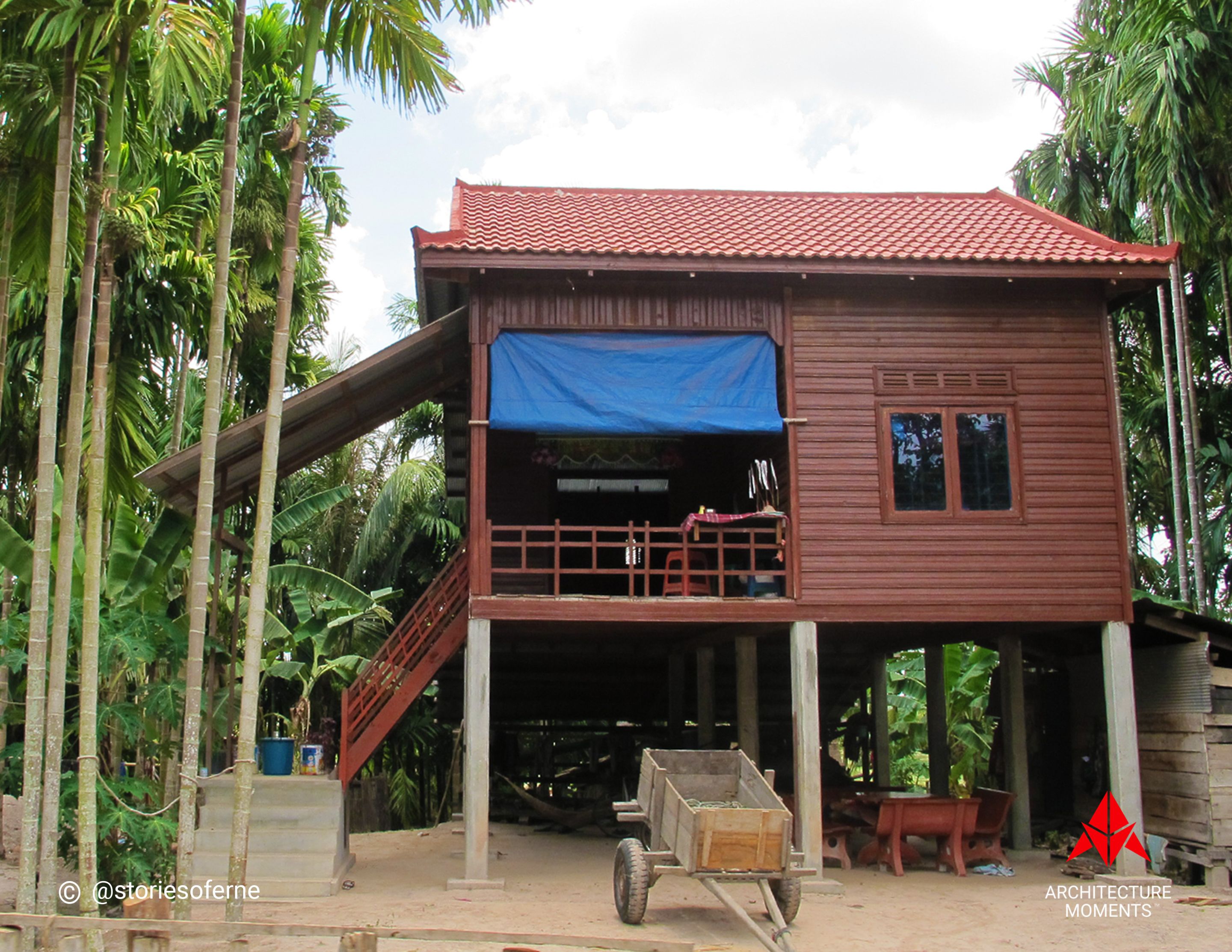
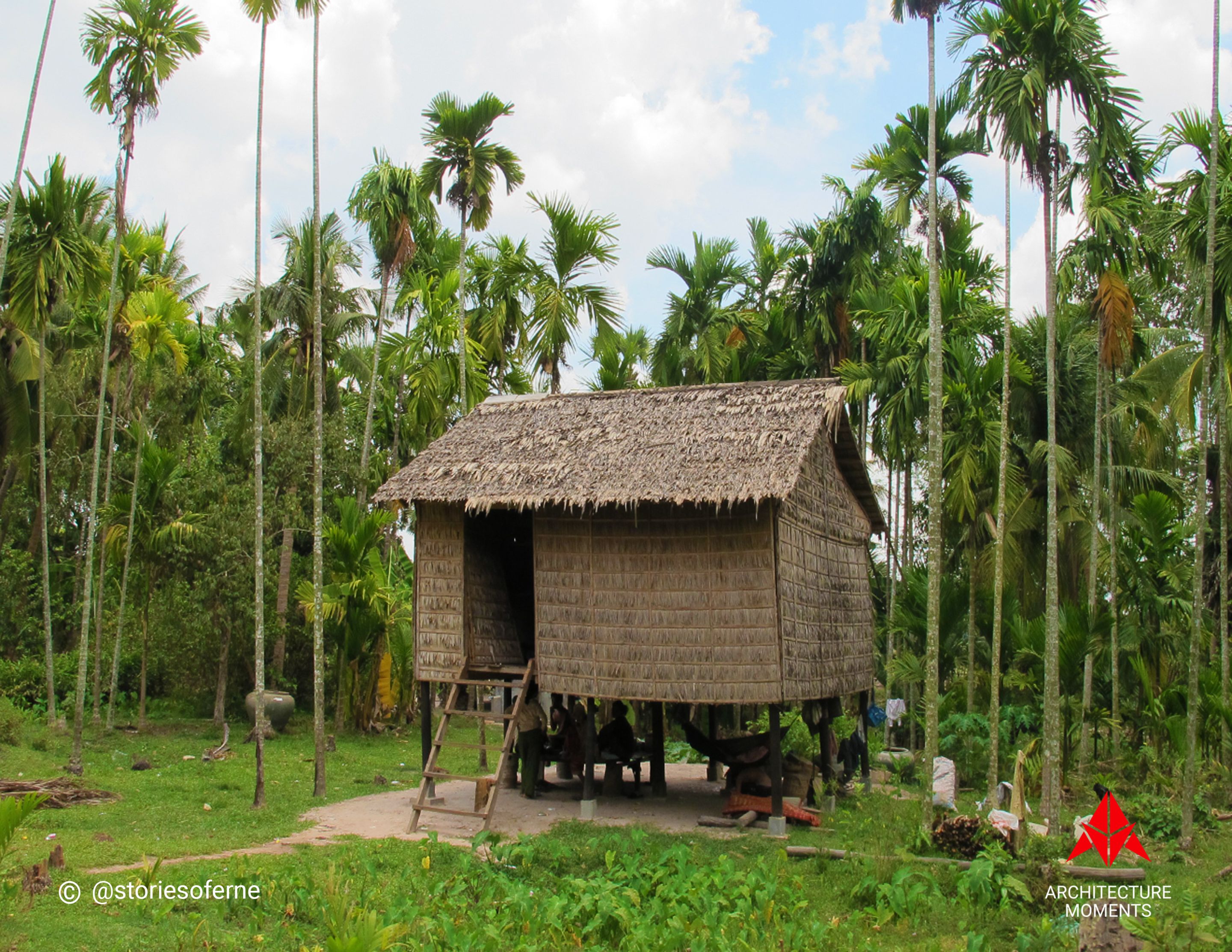
During my observations, there were plenty of valid reasons why they had to construct their residential habitats on stilts. Here are a few of the major ones:
Inhabitants were safeguarded against flash floods and were protected from dangerous animals like snakes, wild boars, and other harmful pests.
Open spaces on the ground levels provided shade against the sun and working areas for the occupants and were also used for keeping animals and other livestock.
These simplified structures were not planned for air-conditioning that harness electricity but were purposefully designed with open spaces below to allow natural ventilation to easily flow through its roofs, walls, and floors. Hence, these practical systems assisted in cooling down the whole dwelling.
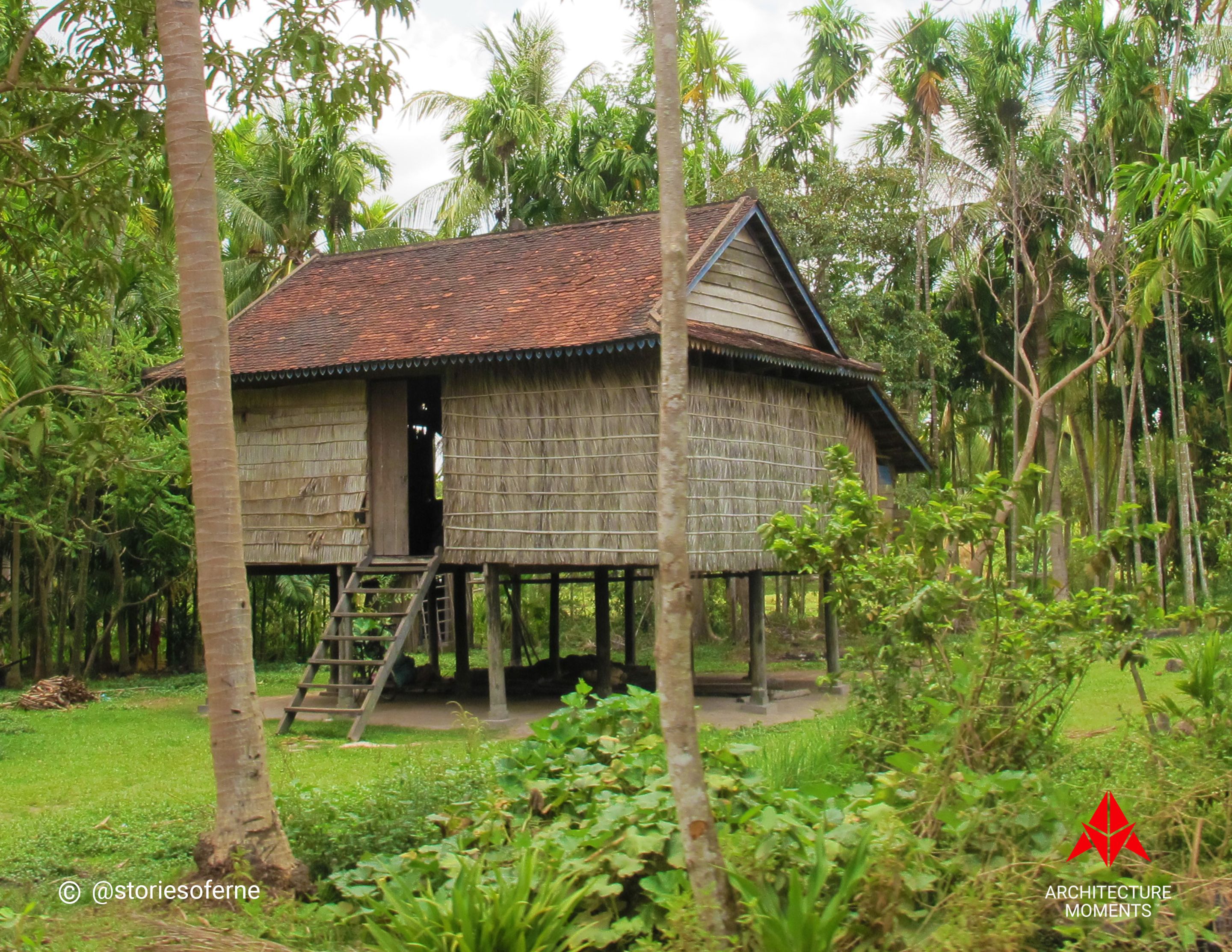
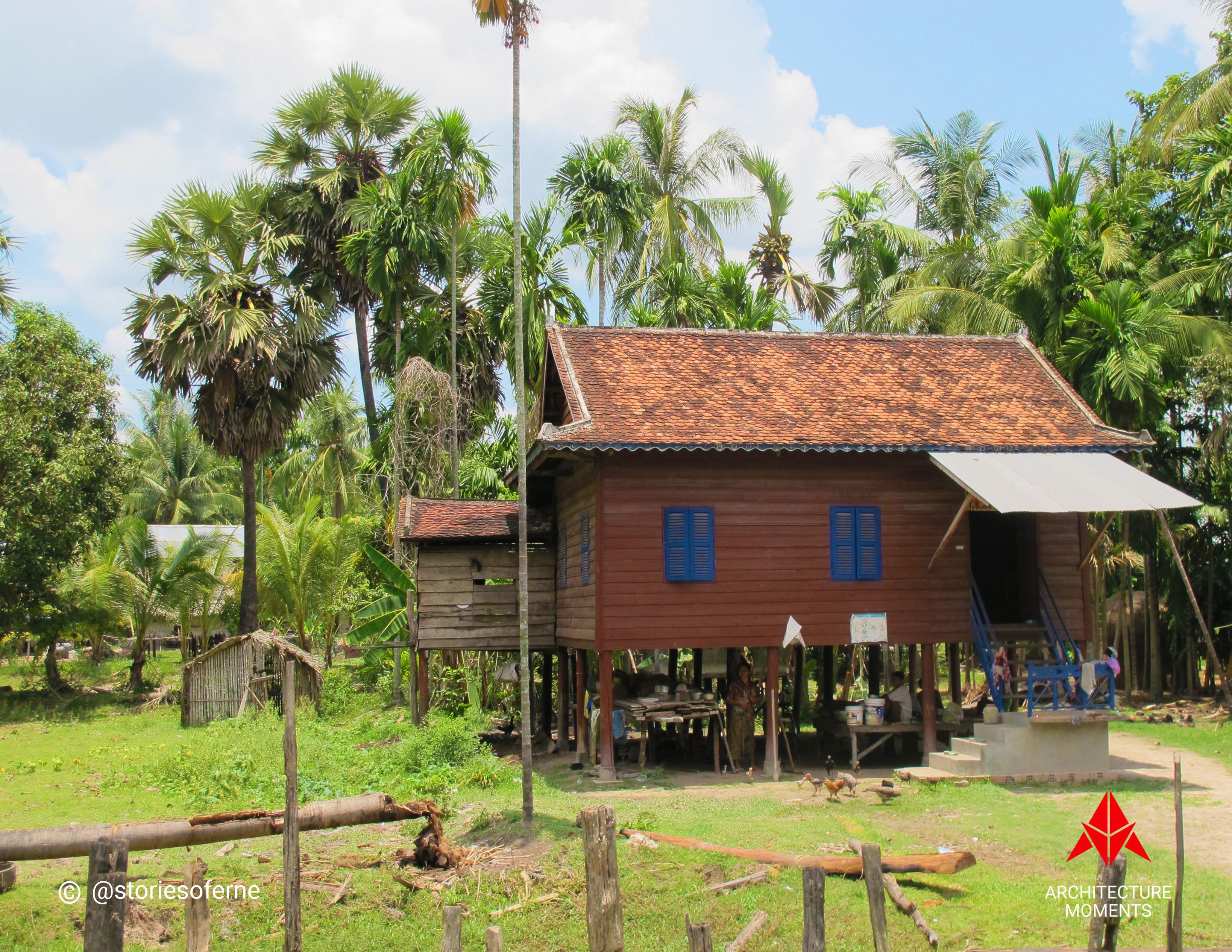
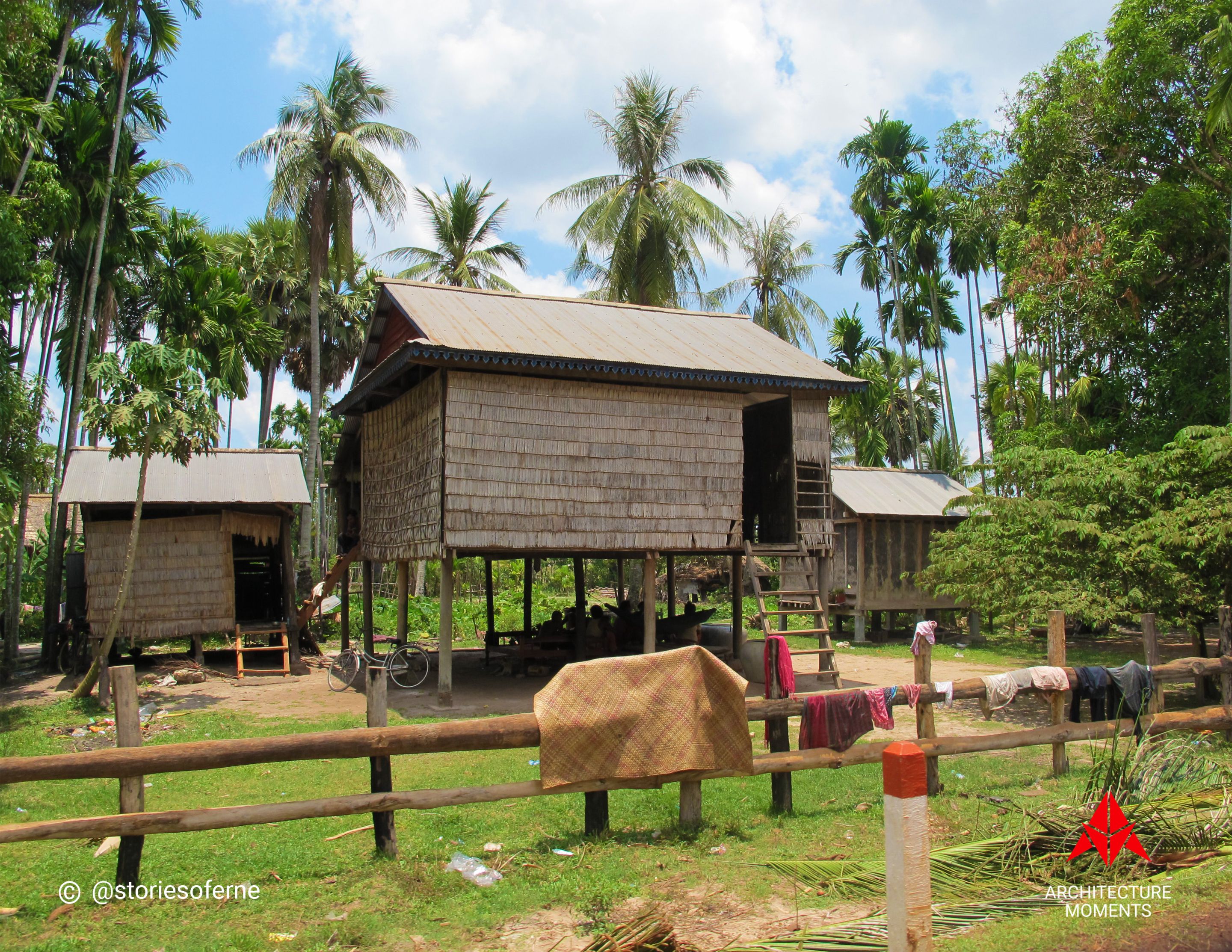
The most basic of these housing units only had one room, usually subdivided with textile partitions that separated a main receiving area for visitors, a storage area, a bedroom (sleeping space) for parents or elders, and the rest of the sections for children. The manner by which these functional compartments were organized varied for every family, but kids were always separated according to their gender. The kitchen is typically detached from the main house more often located at the back. But if part of the main building, it's lowered below with a few steps. The toilet, in particular, is seldom a pit on the ground isolated from the house. They also stored large jars filled with rainwater outdoors to be used for washing, cleaning, bathing, and for other important purposes.
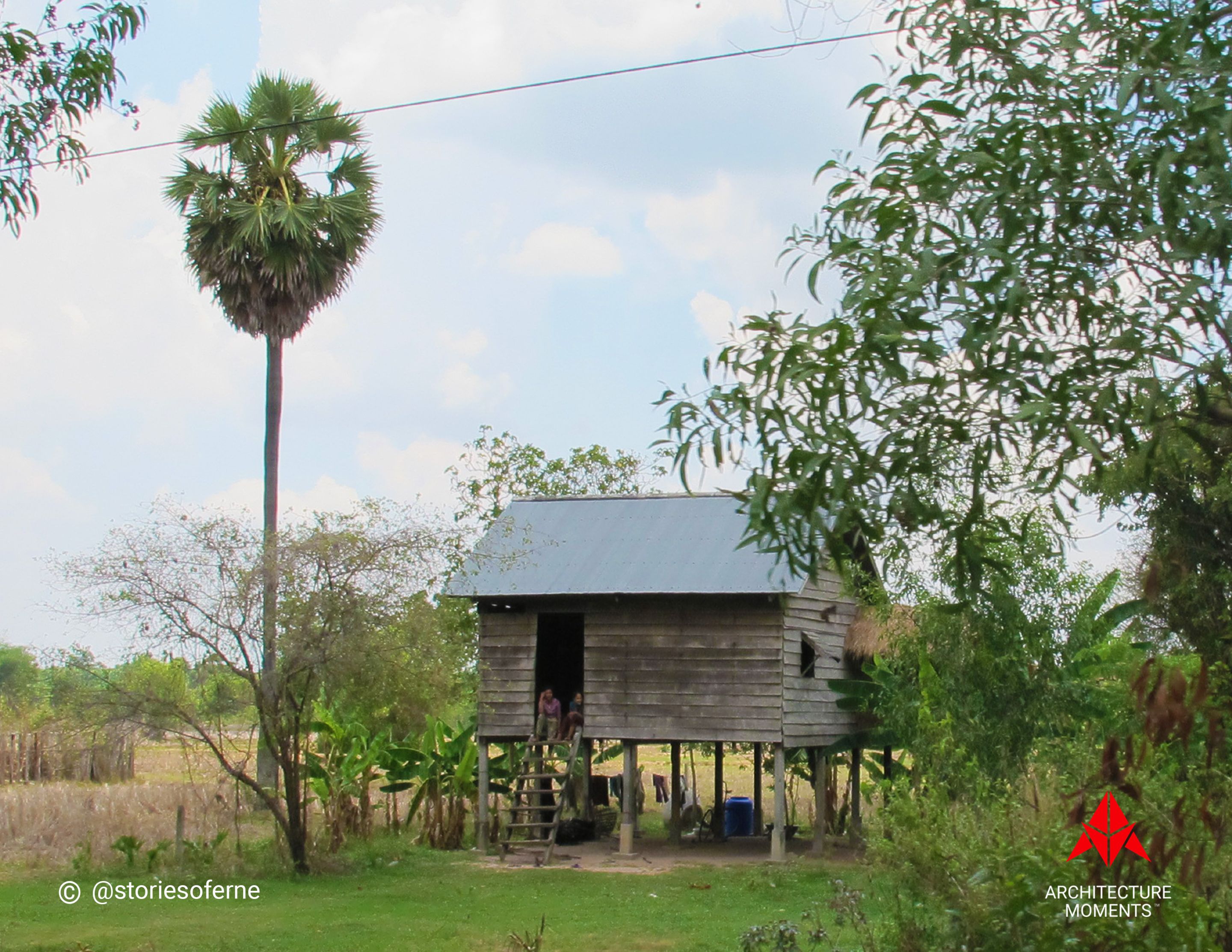
I was truly impressed with their land dwellings! The rural Khmer house was certainly an ideal demonstration of functionality. Aside from offering living and working spaces, these constructed habitats also provided shelter, the core ingredient required for a Cambodian home for protection against the challenging climatic elements.
Wandering in the Middle of Nowhere
It was around noon already, and our bellies were grinding with hunger. So, we decided to drop by one of the modest restaurants along the way and grabbed our quick lunch there. Afterward, while continuing our road trip, we suddenly bumped into an uncommon scenario.

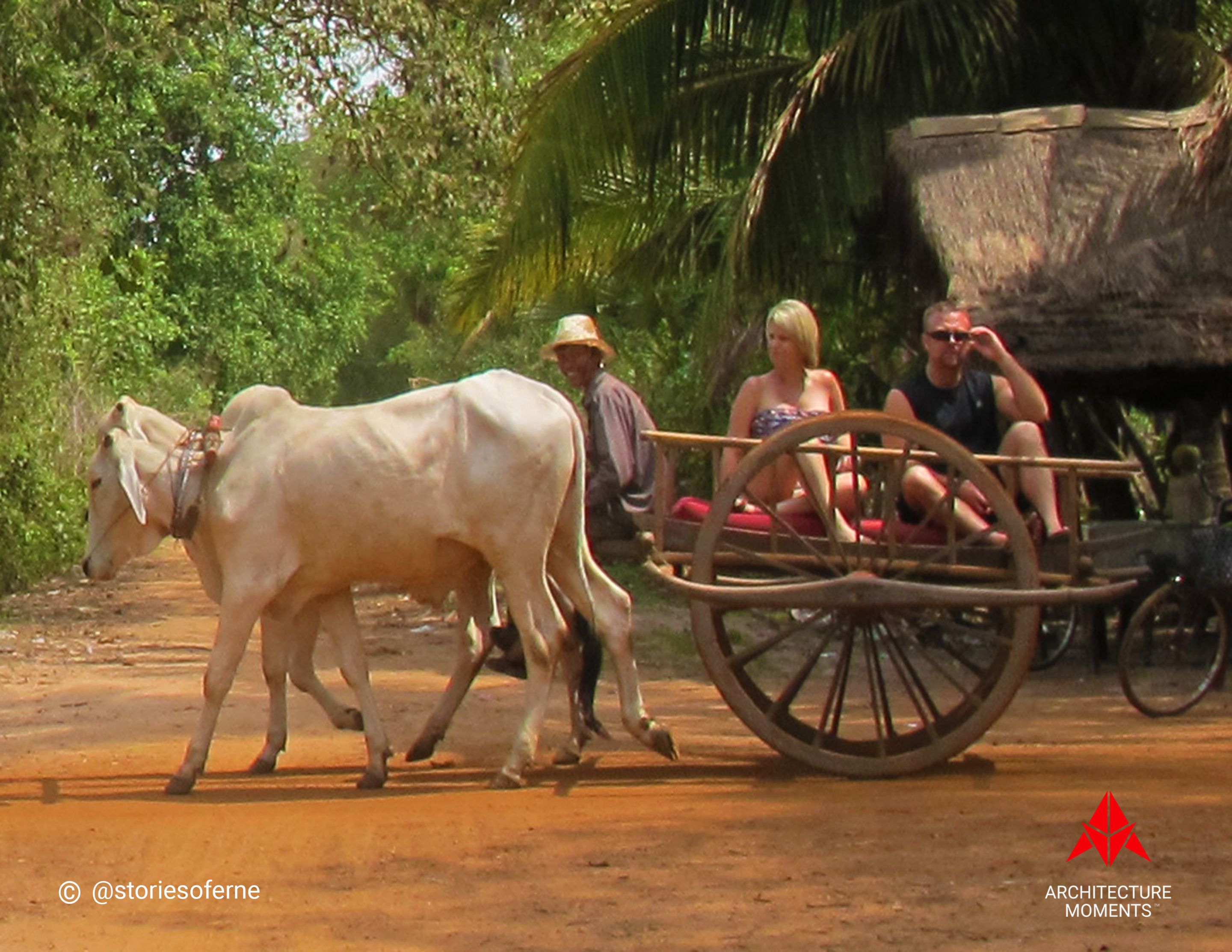

"Holy cow! Aren't they having a fantastic time? That's surely an awesome way to explore the countryside!" I exclaimed as our Tuk Tuk passed an interesting caravan of foreign tourists accompanied by their local drivers. I took a snappy picture as they were quickly moving in the opposite direction. If my entire voyage was similar to a full-length movie, this unexpected incident would definitely make a nice commercial break, haha.
And then, in an instant, there were no more houses in plain sight. They all seemed to have disappeared in thin air! After a few moments, we arrived at an open field where you could view the horizon and beyond. There was nothing else spectacular to be seen in that place except for enormous rice paddies, busy farmers working, giant bushes, and an unprecedented number of ducks doing their thing.
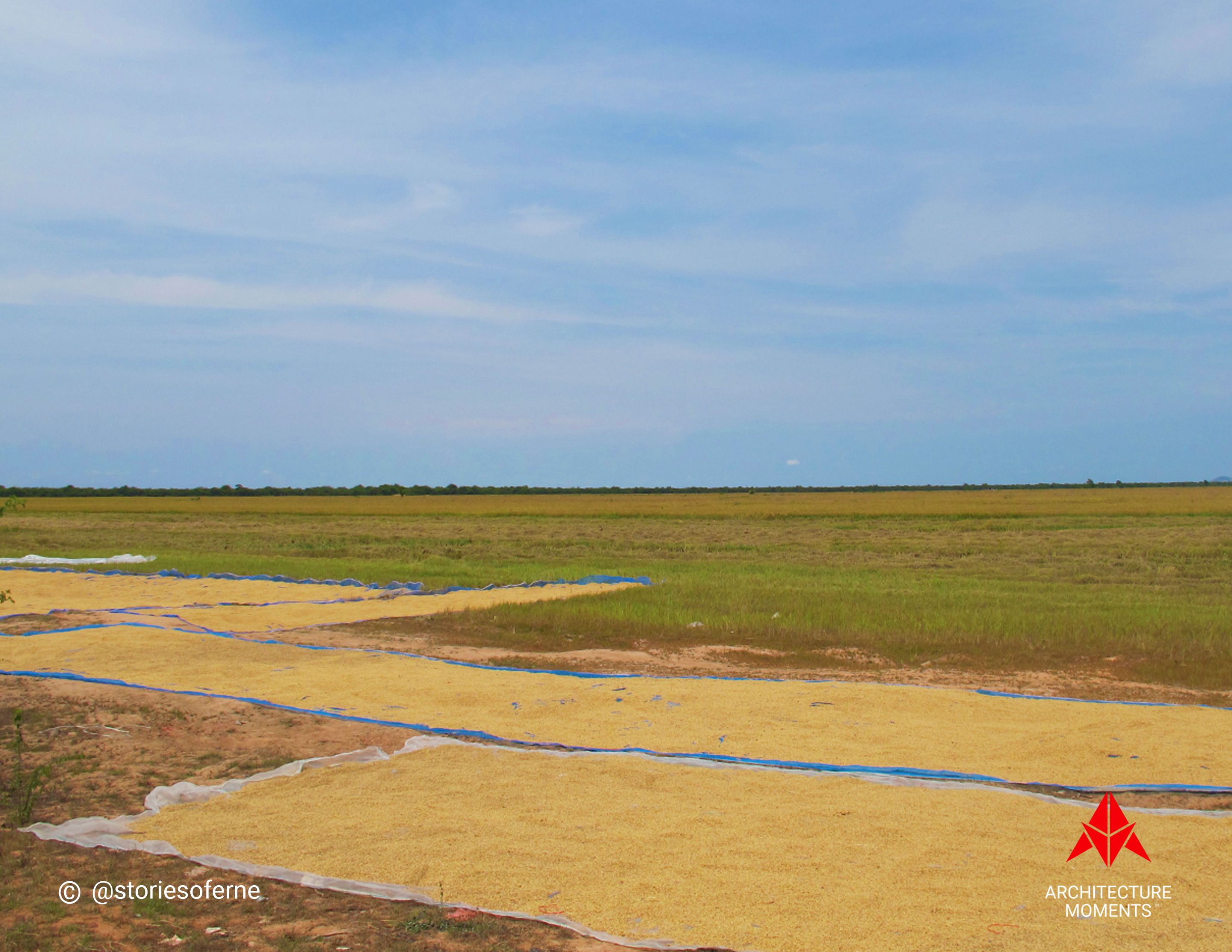
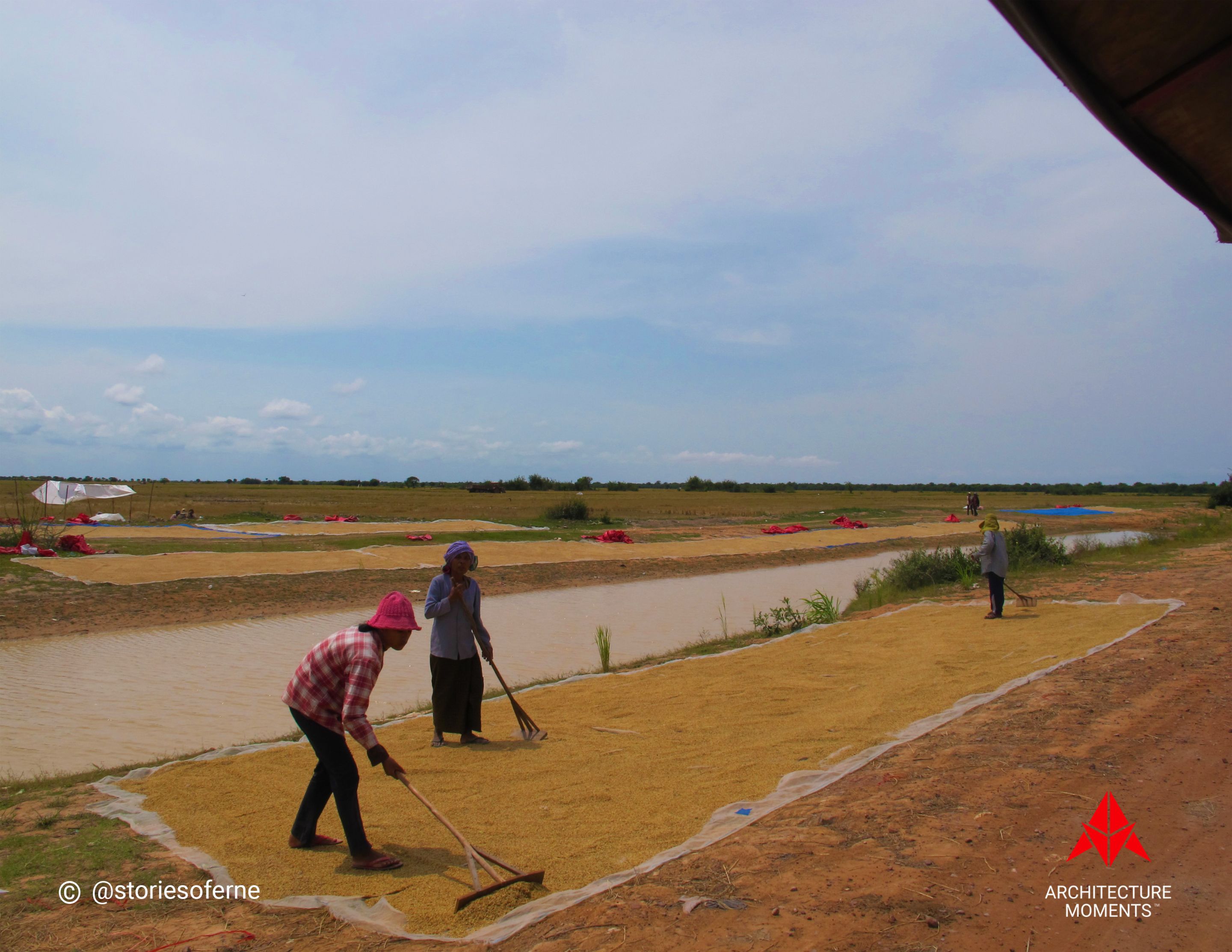

"Hey. where are we now? Are we lost?" I asked my Tuk Tuk driver who also happened to be my personal tour guide for that special trip.
"No Sir, we're not. We're now in a transition. There's still so much more to see and experience up ahead. And you're in for a big surprise, I promise!" he answered. (Oh well, because he wasn't a fluent English speaker, these were not his exact words. However, this was merely my own interpretation of his optimistic response. Get the gist?...lol)

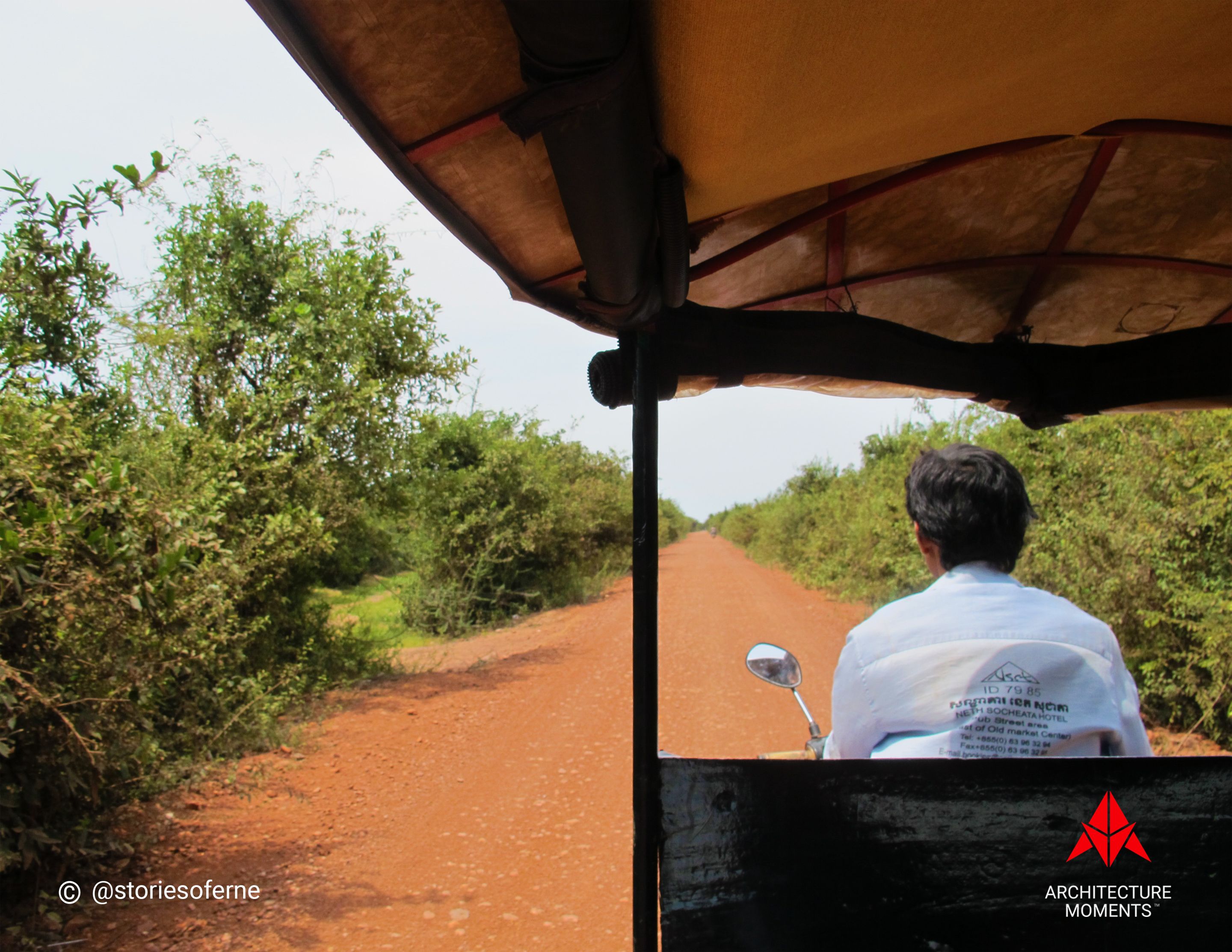
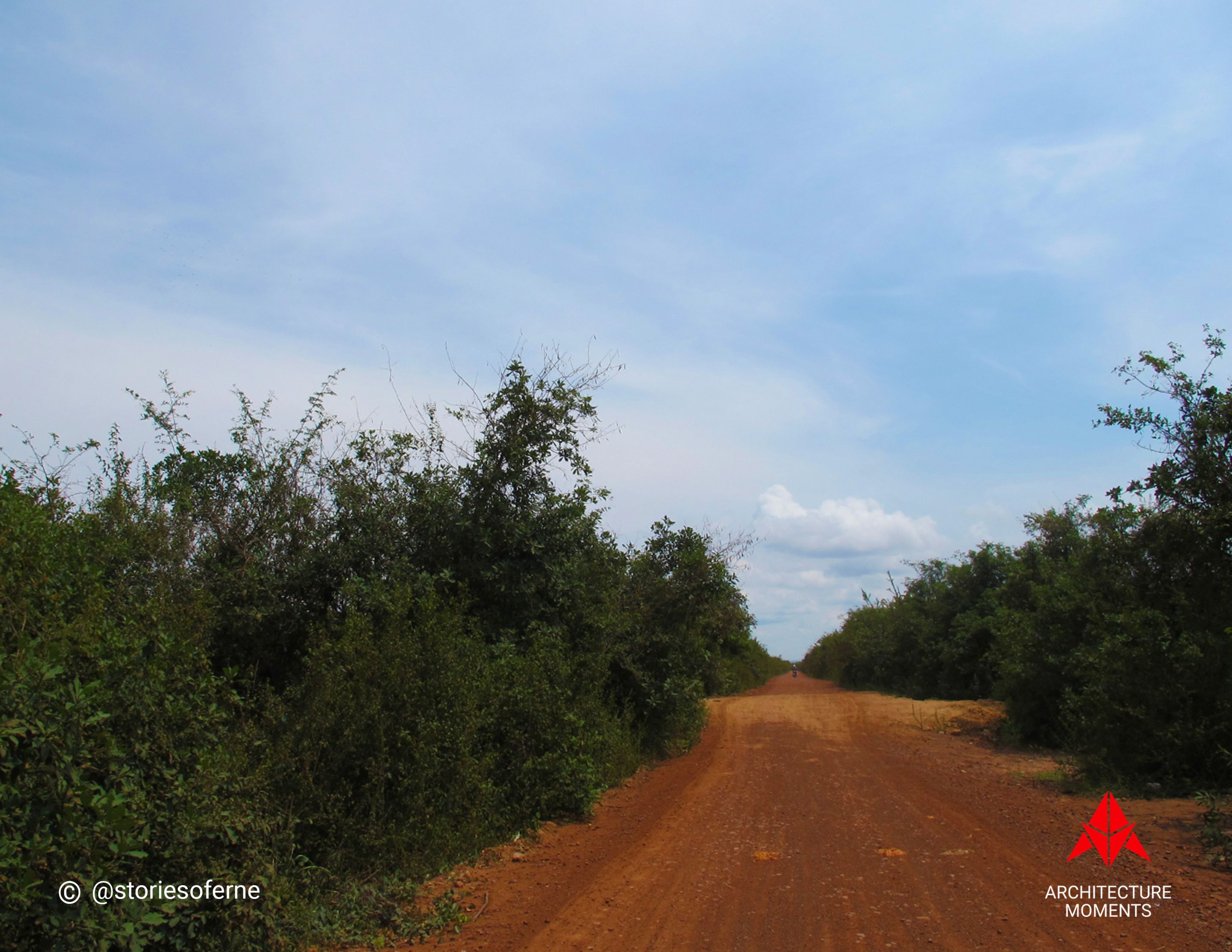
You see, some of the most exciting adventures while traveling in an unfamiliar destination can be discovered off the beaten path. Do you agree? Without a single clue on where I was at that point, this mysterious location could probably be one of them. Nevertheless, there was no need to be stressed out. So, I took it easy and invested my full confidence in my trustworthy companion.
Modest Welcome of Tonle Sap Lake
Meeting me on my arrival was a group of colorful wooden boats that lay side by side along a shallow channel of muddy water. I had no idea that we were already close to the mouth of the largest freshwater lake in Southeast Asia: Tonle Sap. But, before visiting this huge aquatic environment, we had no choice but to pass through a narrow stream and experience an exotic floating village prior to getting there. Oh boy, were my feet really itchy!
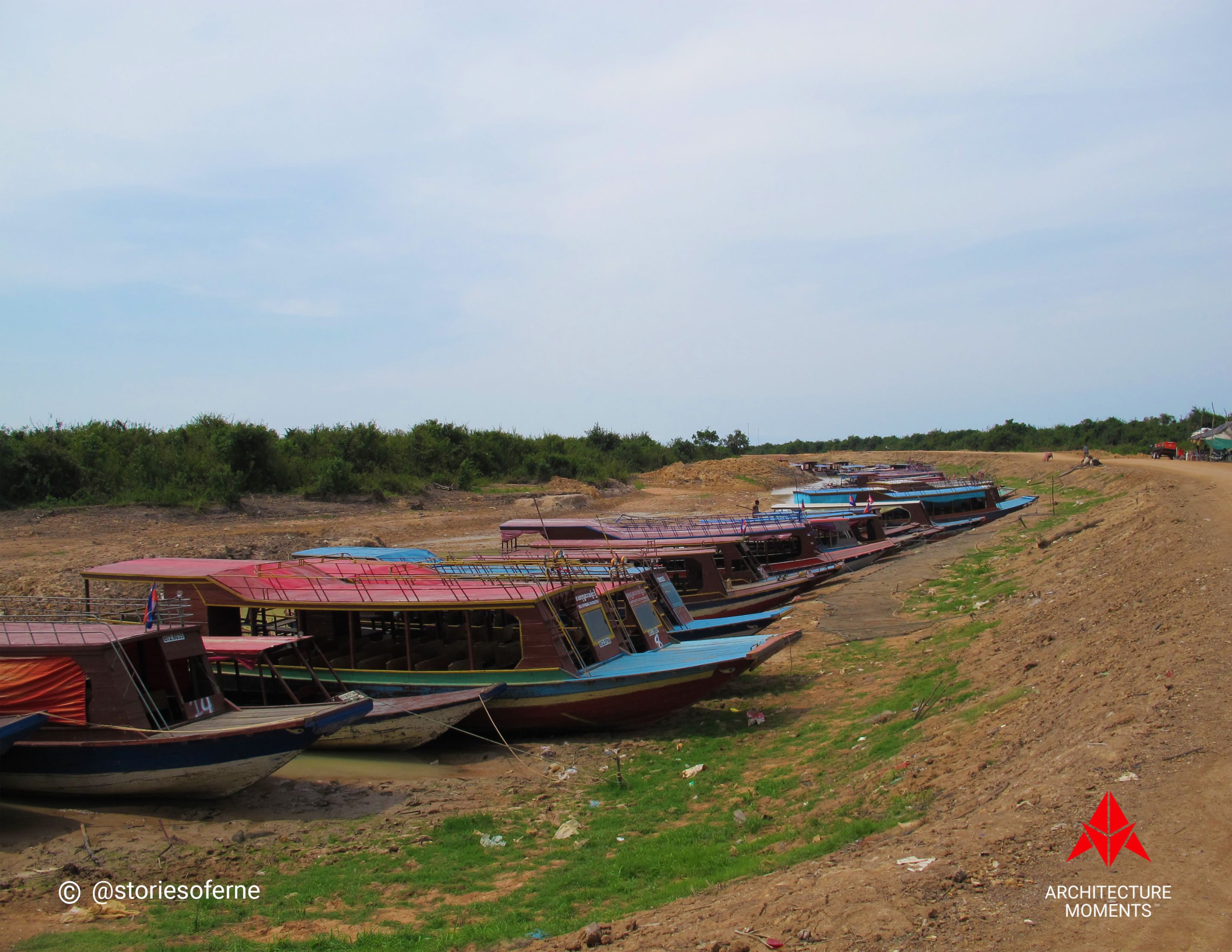
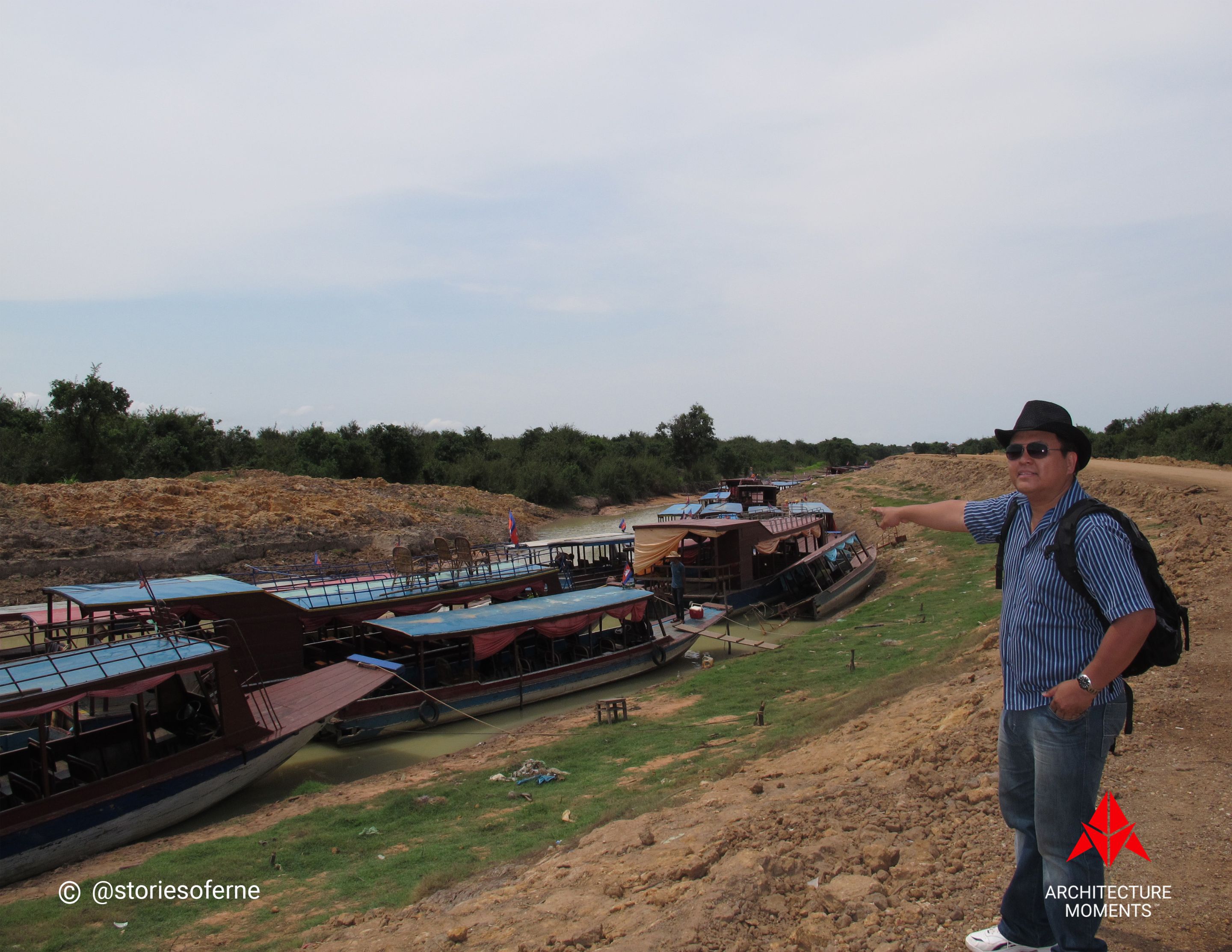
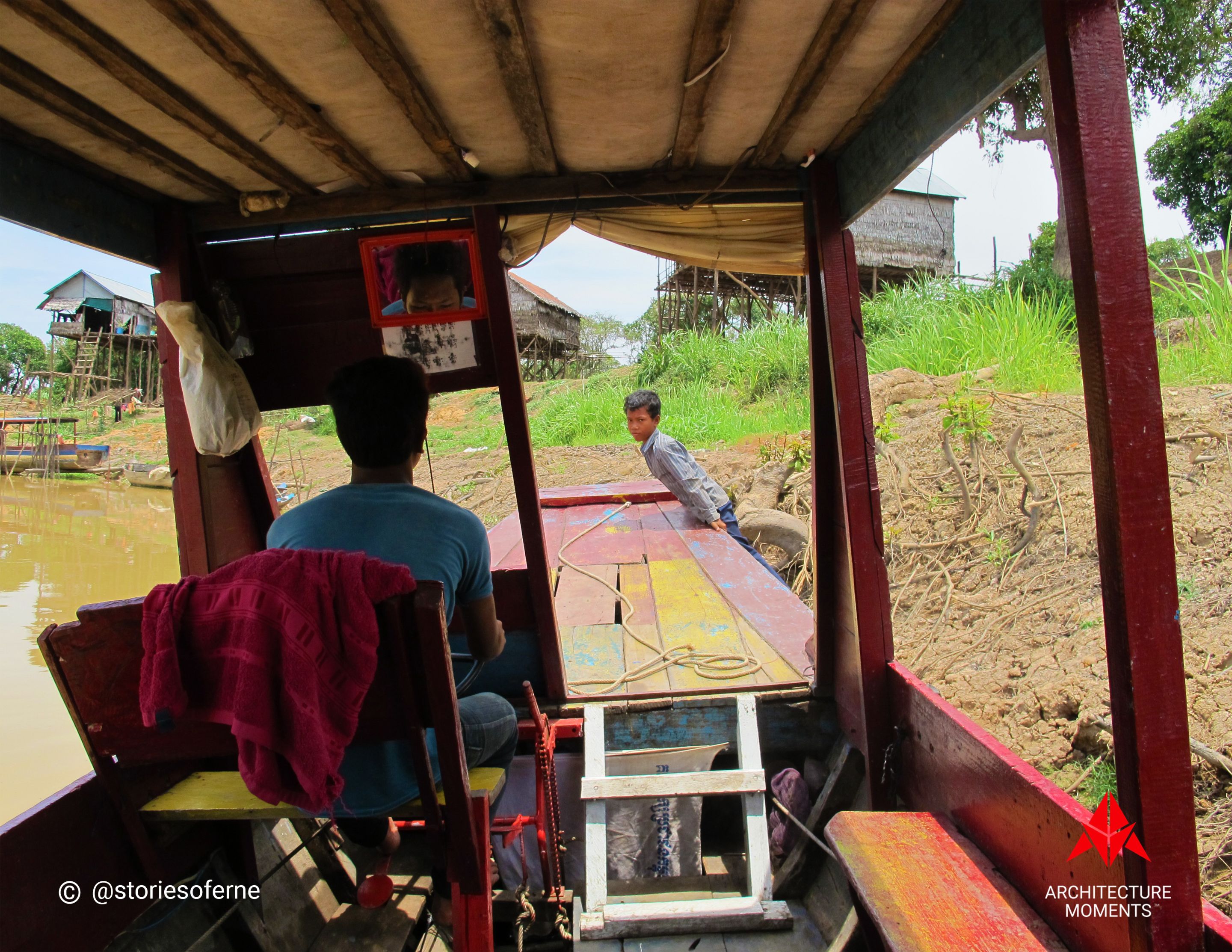
The Tonle Sap Lake was waiting. So without wasting time, I immediately boarded my chosen boat as we prepared for the adventure. Two resident villagers served as my humble crew as we commenced the snail-paced cruise. Our watercraft had to move forward at this slow speed due to the shallow depths of the muddy stream. It was also a clever method of preventing the boat's propeller from unnecessarily splashing dirty debris everywhere.
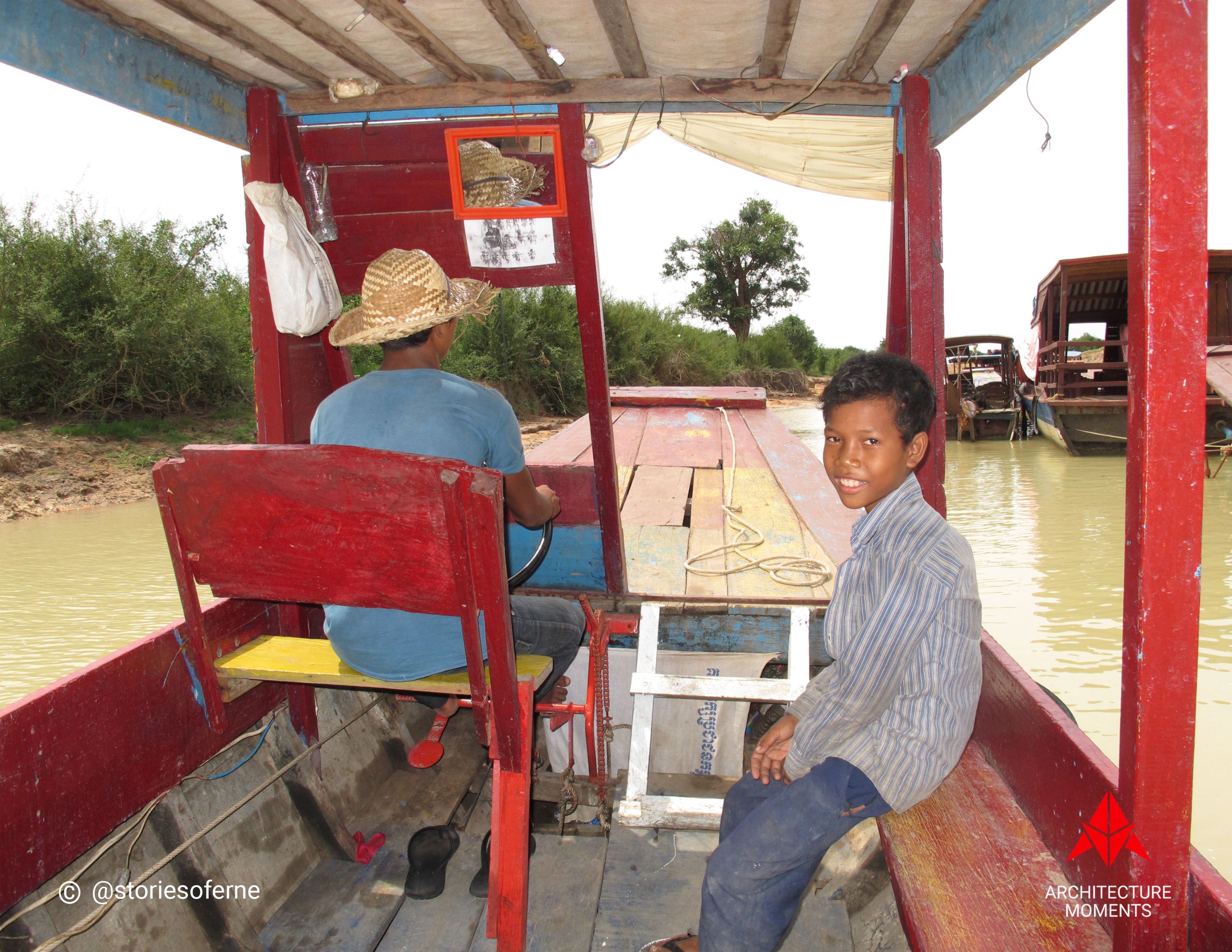
Let me introduce to you my friendly buddy for that ride. Aside from being the boat's assistant captain, he was there to answer my questions, ensure safety, and be our extra pair of eyes. In fact, he was already well-versed in dealing with tourists. And I'm pretty sure that his frequent exposure to daily visitors must have given him the required courage, skills, and determination to earn extra income for his family. Thus, I was glad he was up to the task.

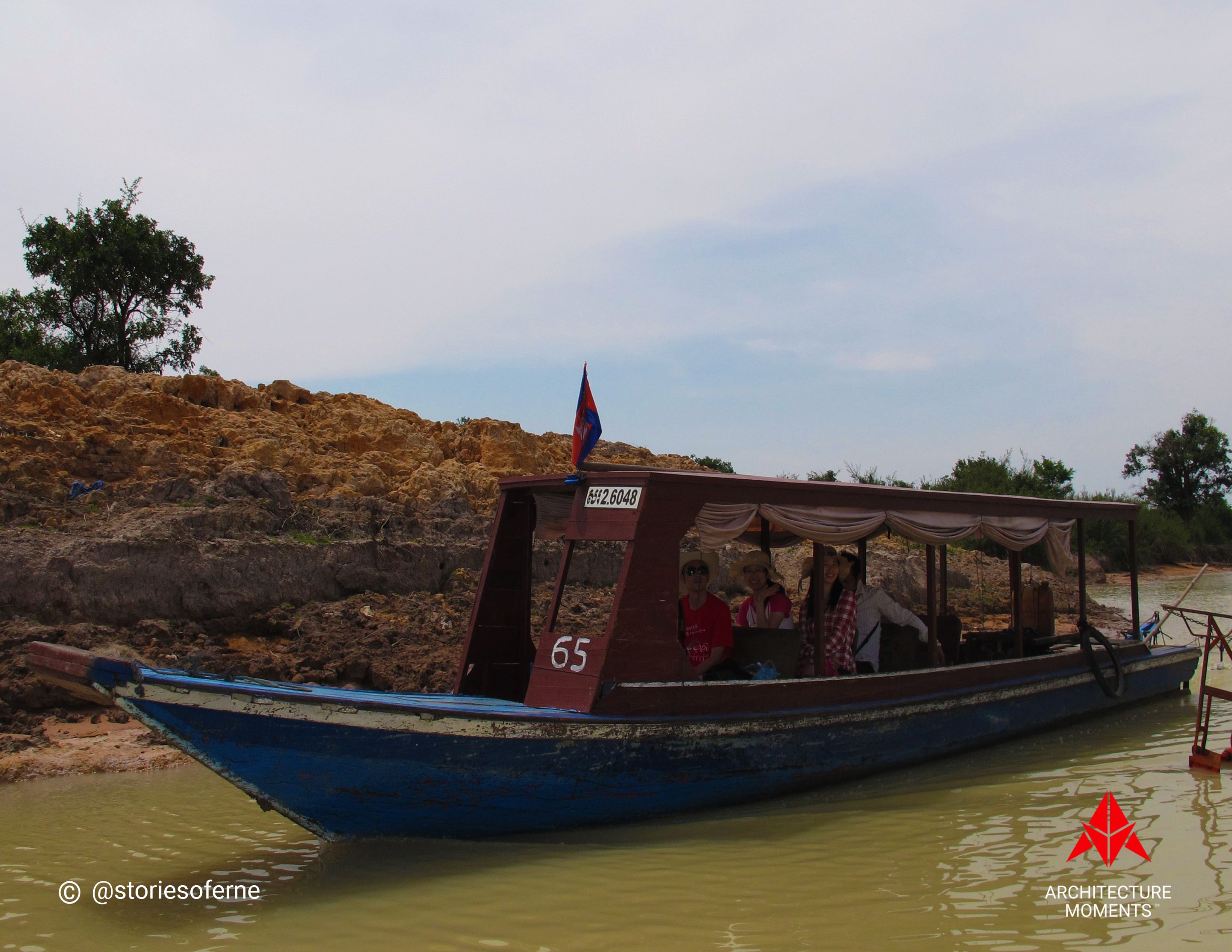
We even encountered other foreign tourists along the way. I didn't hesitate to wave at them, and in return, they also raised their hands and gave me big smiles. Zoom in on the picture for a clearer view.
Stilt Architecture of the Floating Villages
And now for the crème de la crème. I'd definitely consider this floating village as the main highlight for this journey. Here, I got the tremendous opportunity of observing, enjoying, and documenting on photographs an unparalleled architectural habitat that had, for several decades, adapted to the powerful forces of nature, most especially, the ever-changing aquatic environment of Tone Sap Lake.
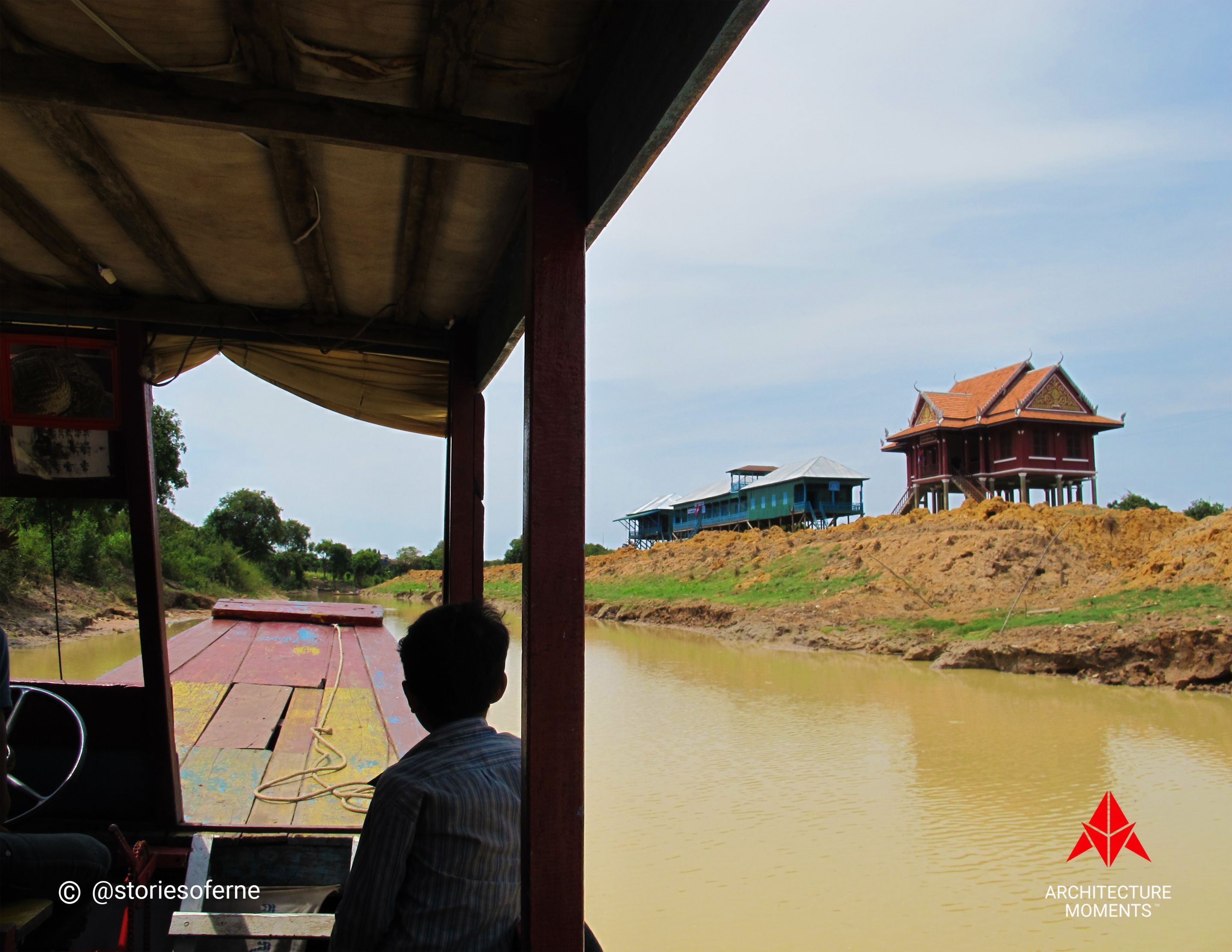
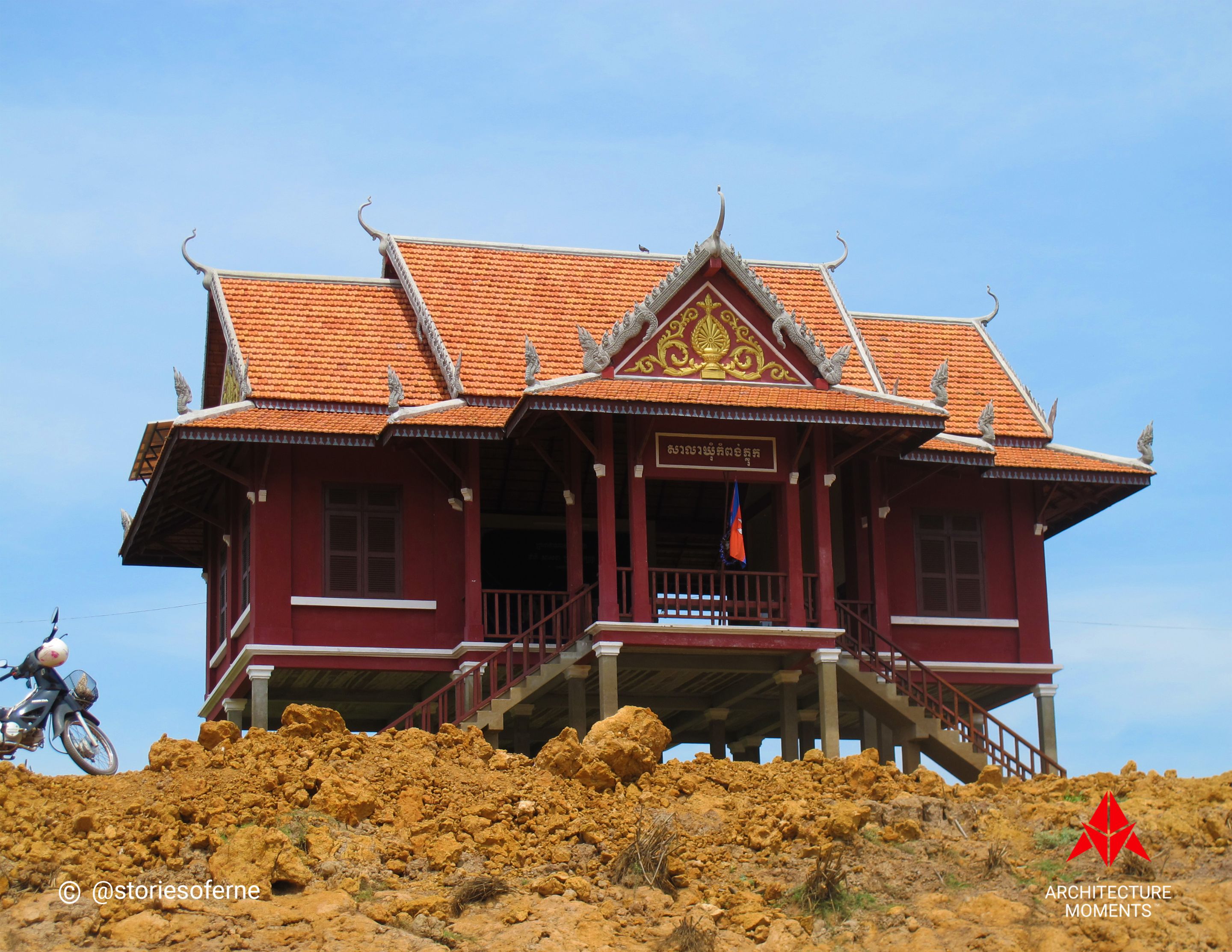
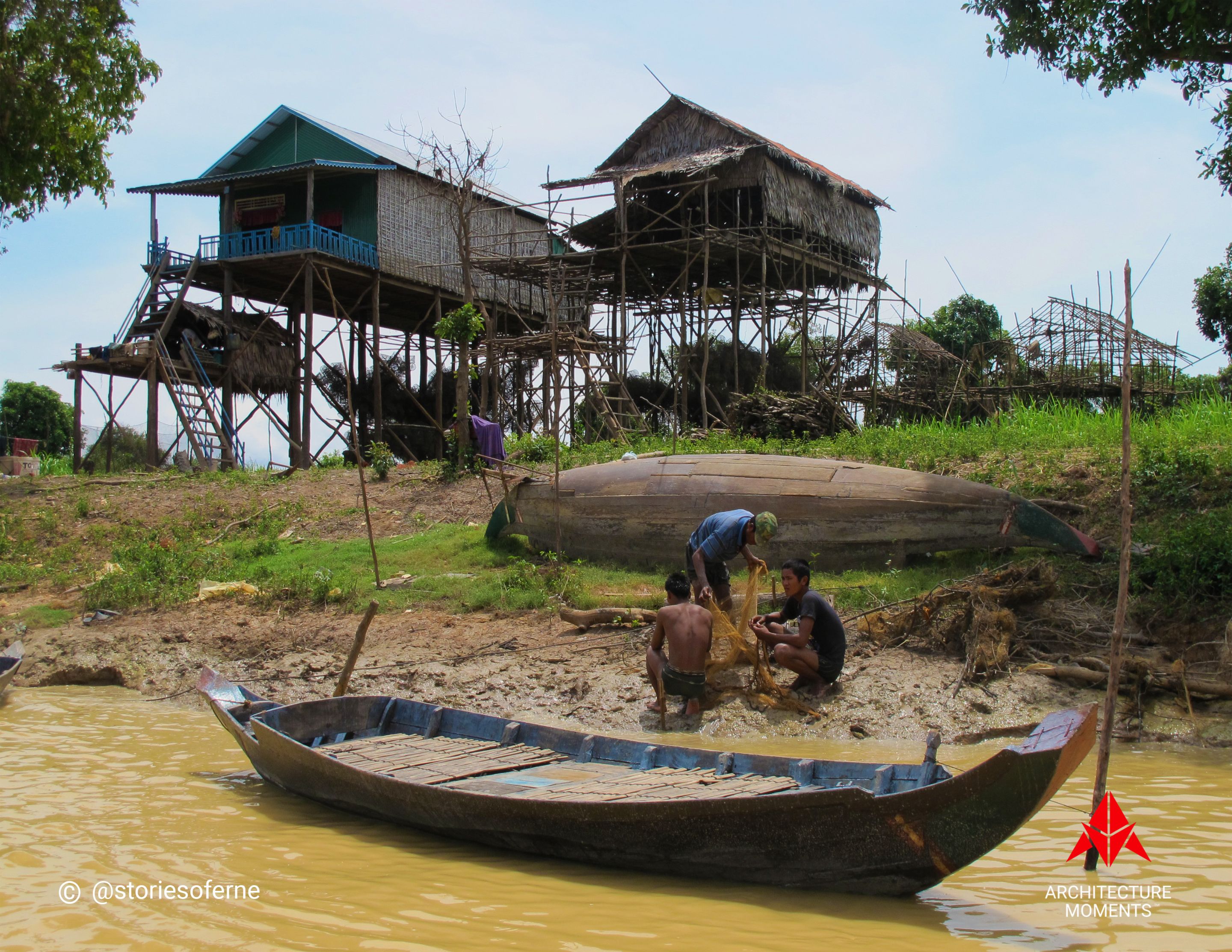
I truly felt a sense of accomplishment during those moments because experiences like these don't happen often. It would definitely be a regrettable decision if I didn't agree in the first place to visit a place where traditional Cambodian architecture was evident for avid fans to witness.

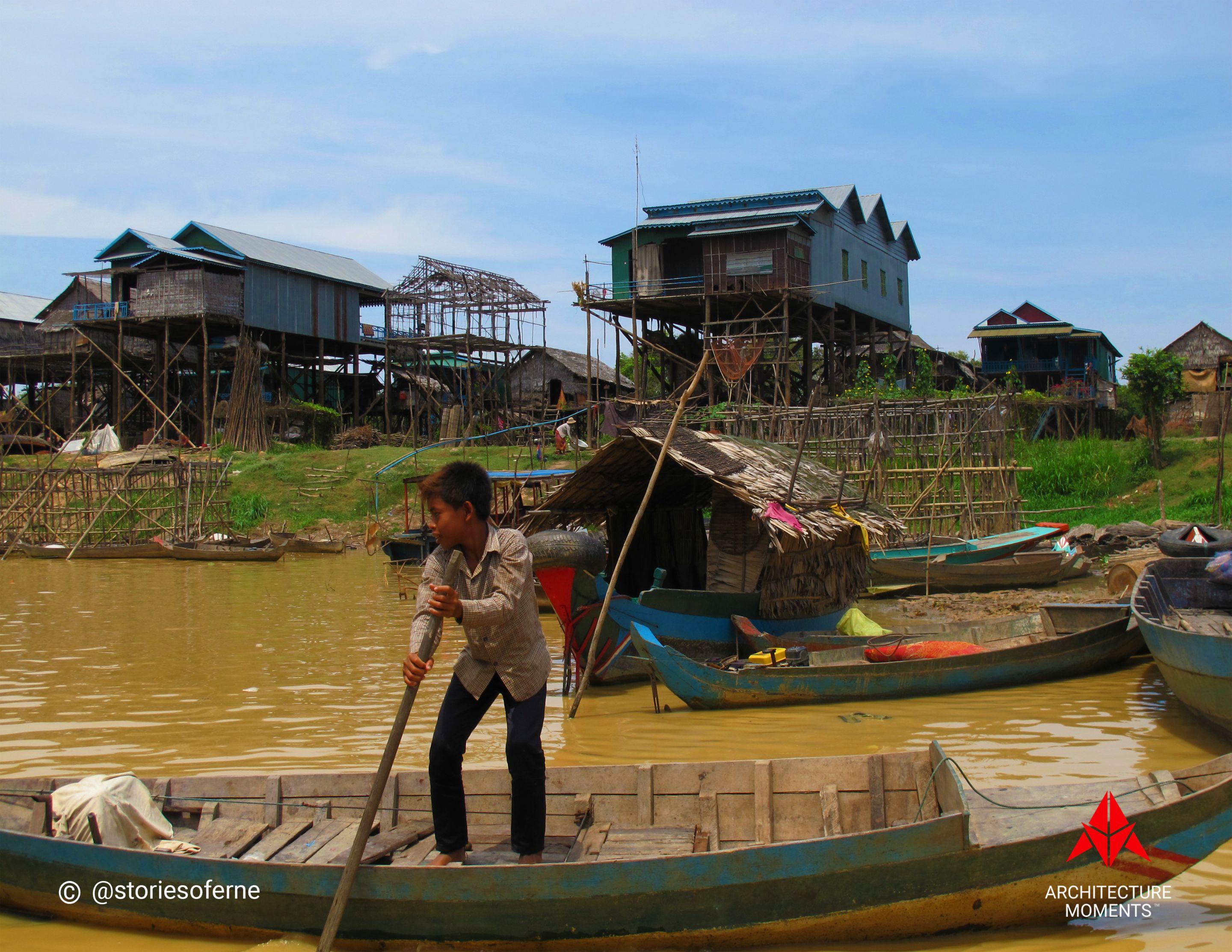
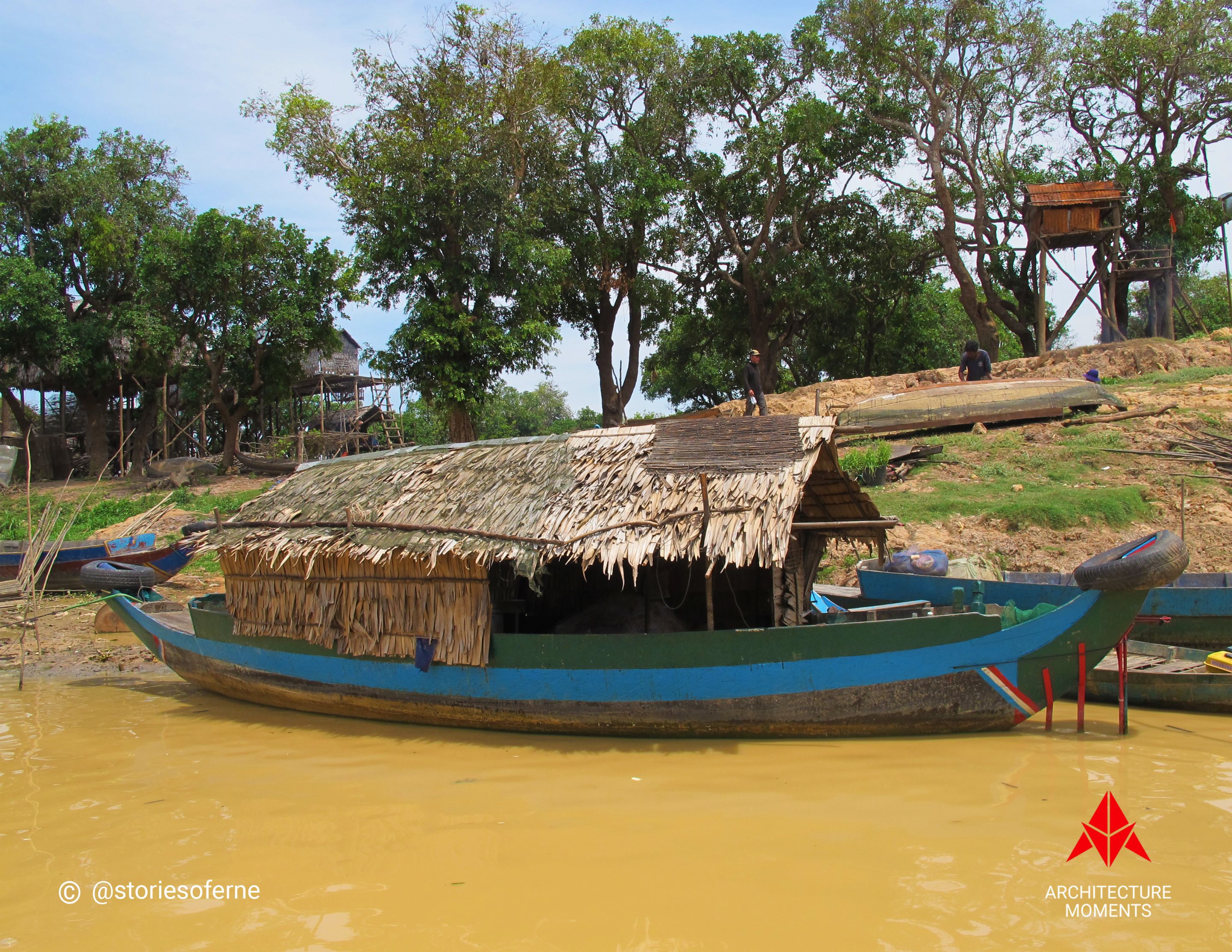
There was an abundance of these types of floating villages, and they were scattered on different spots on the lake. And it was said that millions of settlers and villagers had made this environment their abode, plus a source of food, water, and other resources for their livelihood.
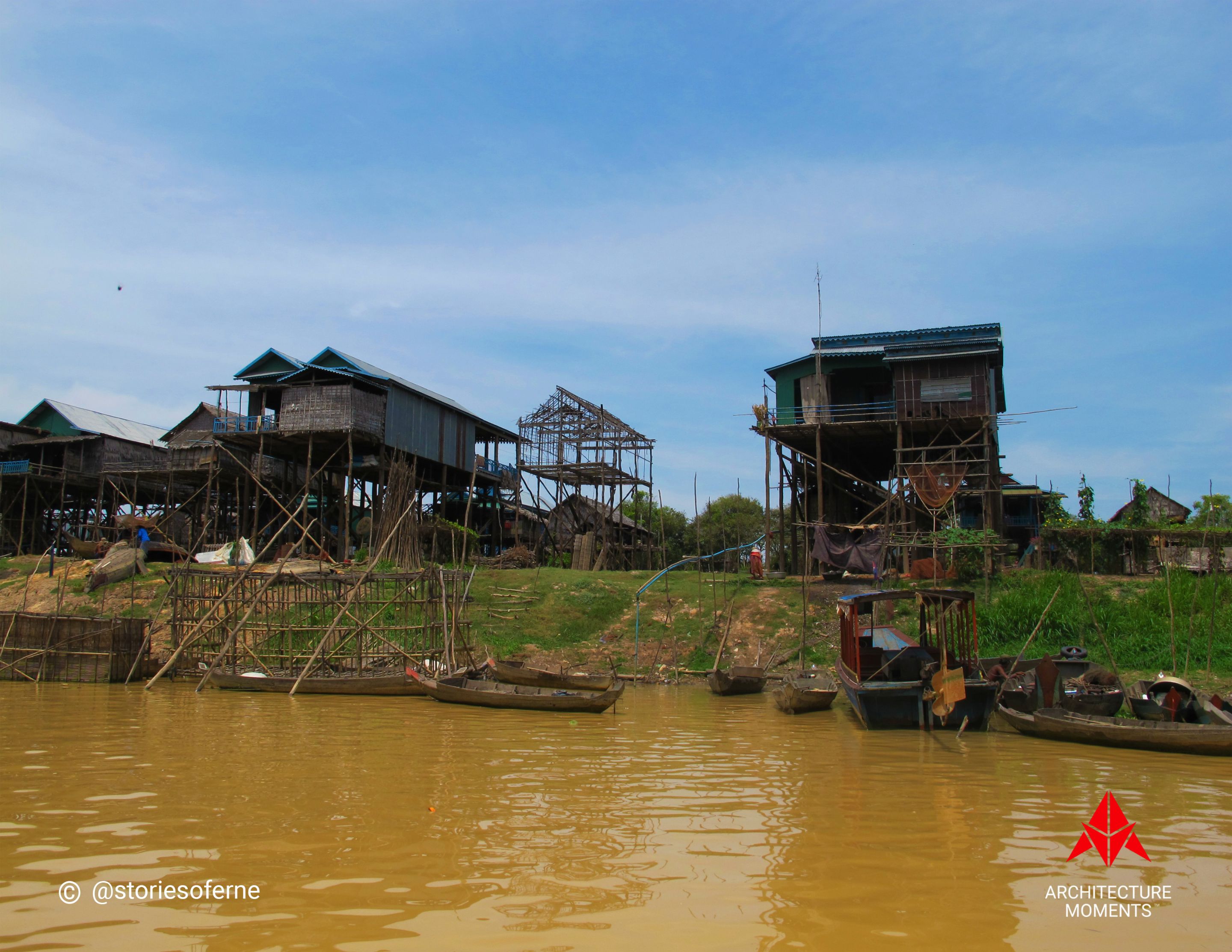
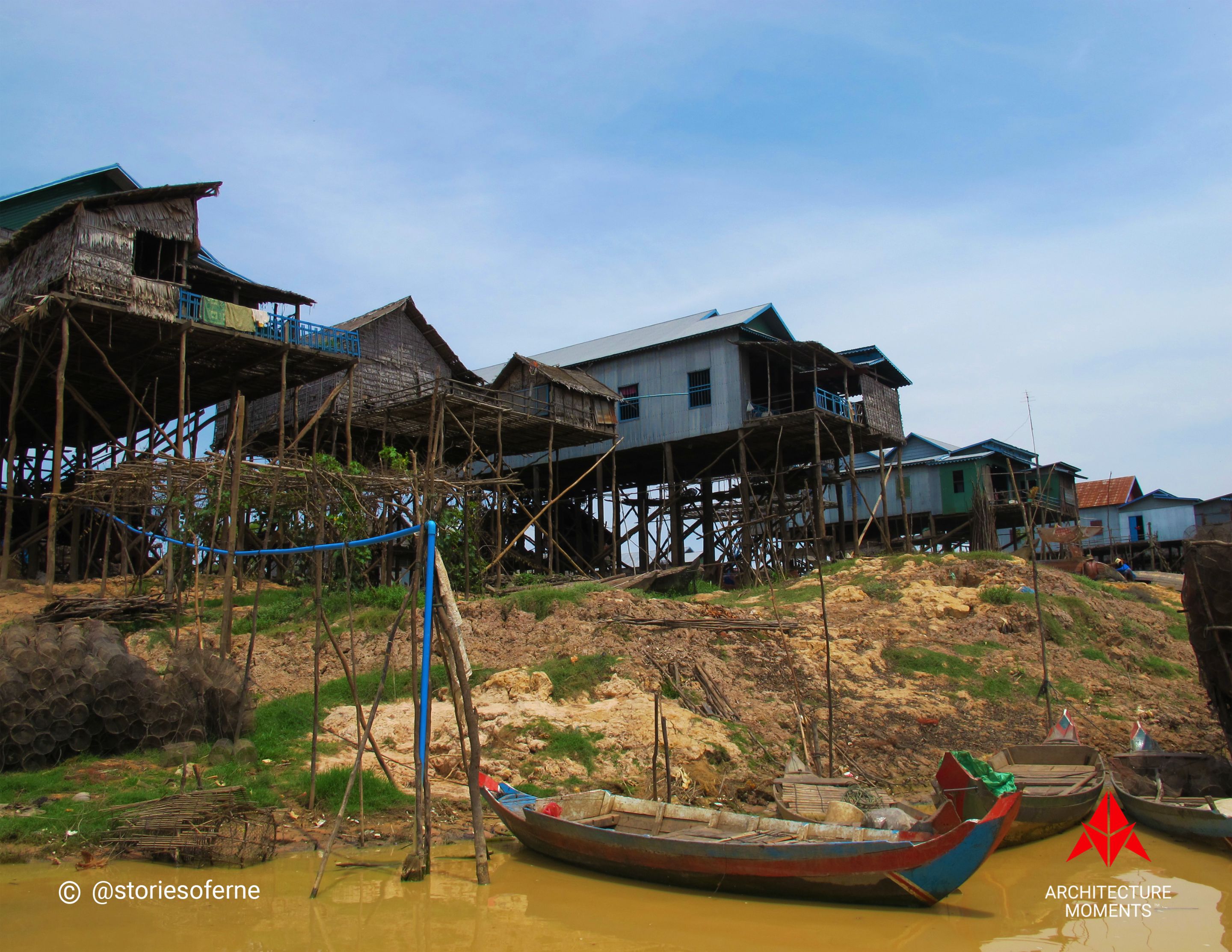
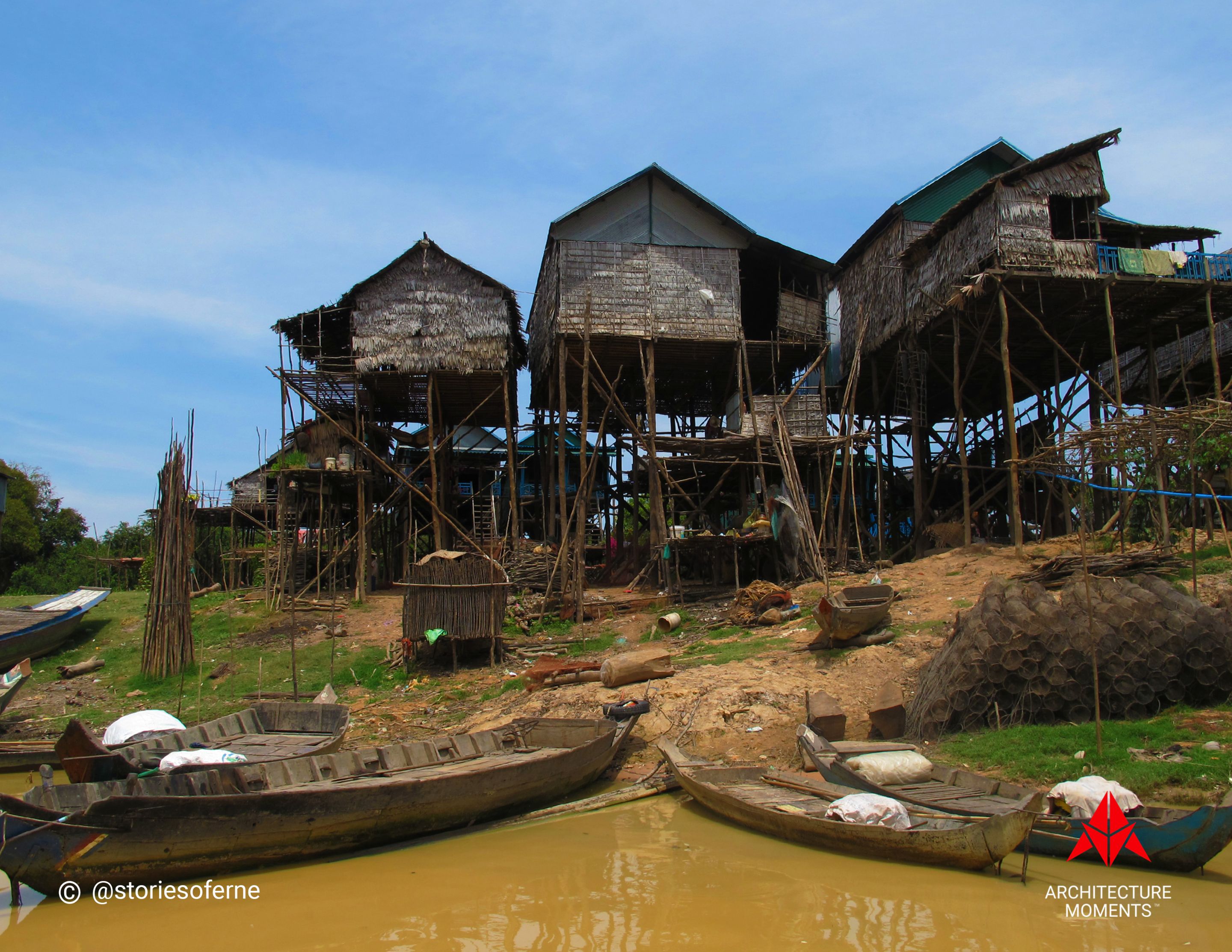
An immense number of these distinctive structures were constructed on stilts, thus elevating them far away from the ground level. These long vertical poles or piles become more evident during the dry season (December to April) when most of the lake's water disappeared or receded. I happened to be there during the wet climate (May to November) where most of the water was present.
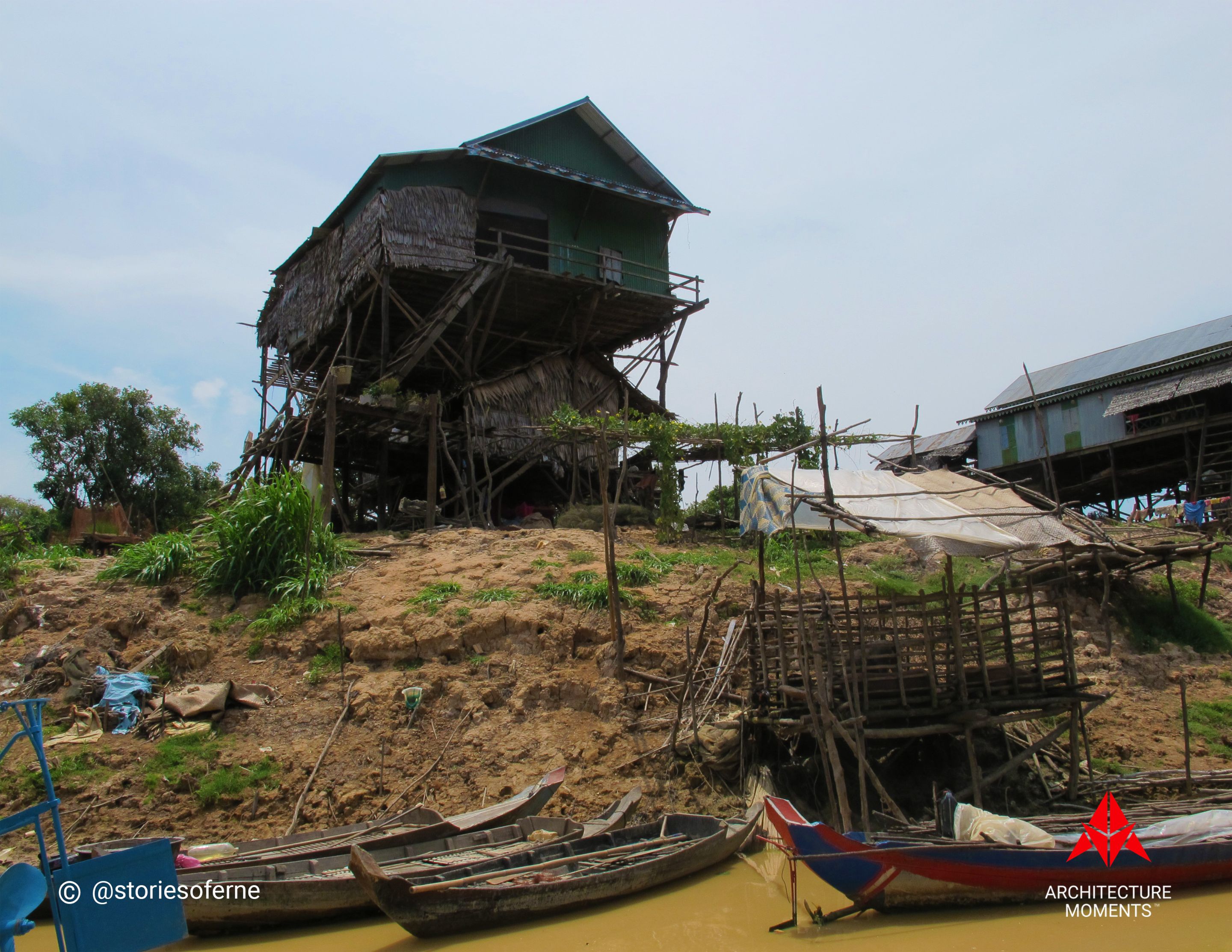

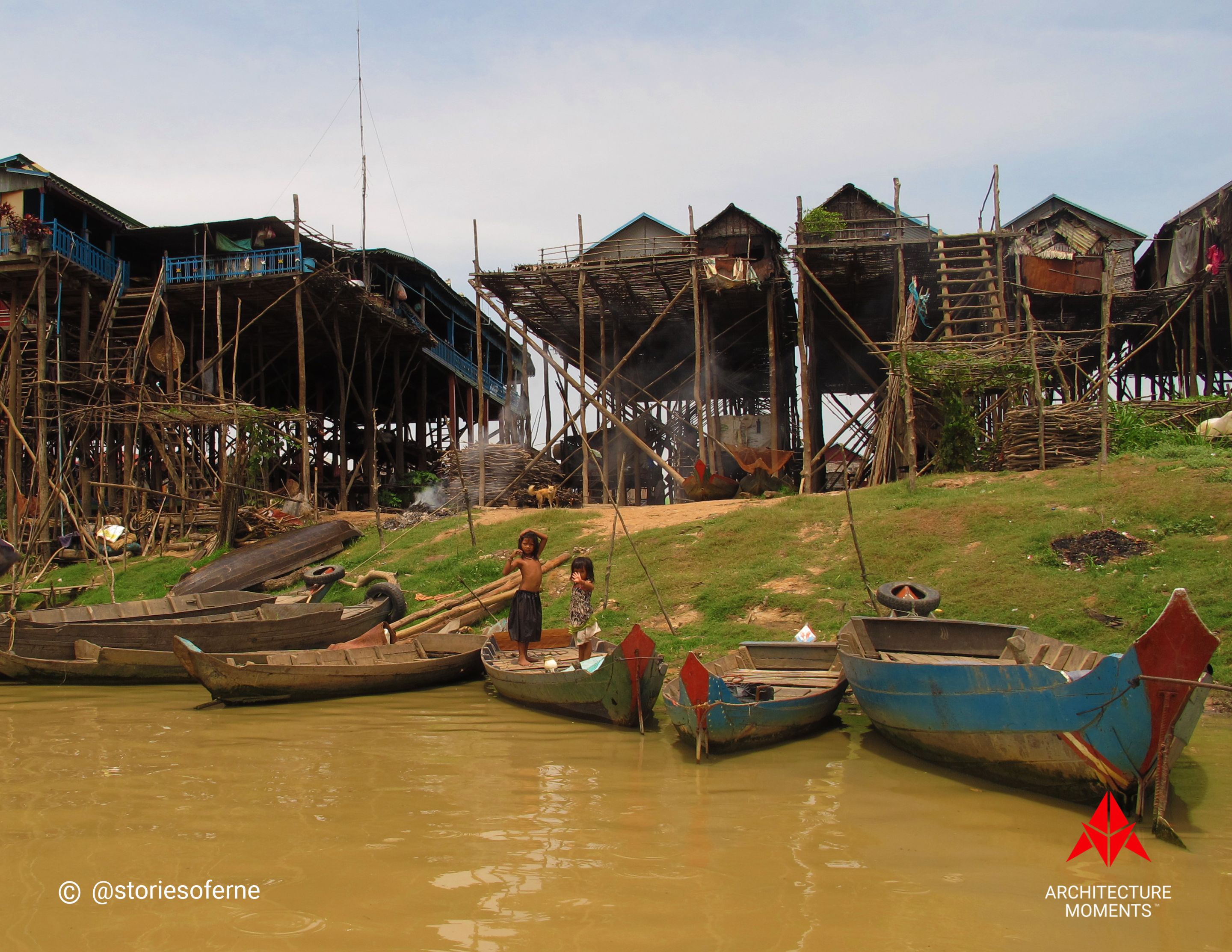
Here's some interesting data. It was alleged that most of the lake's inhabitants were of Vietnamese origins, in particular the villagers who resided in houseboats and floating platforms. Although most of these people were born and raised in Cambodia, they didn't possess the legal documents to exercise their adopted country's citizenship rights. Thus, they continued thriving off the waters of Tonle Sap Lake to evade government jurisdictions. It was certainly a pitiful sight looking at these poor folks as a large majority of these settlers were on the brink of poverty.



I was also informed by my host that there were four famous floating villages typically explored by tourists, and were categorized according to their physical distances from Siem Reap. These were Chong Kneas, Mechrey, Kompong Phluk, and Kompong Khleang. The favorite one for visitors was Kompong Khleang as this floating village had the most remote location, approximately 60 kilometers away from the urban center.
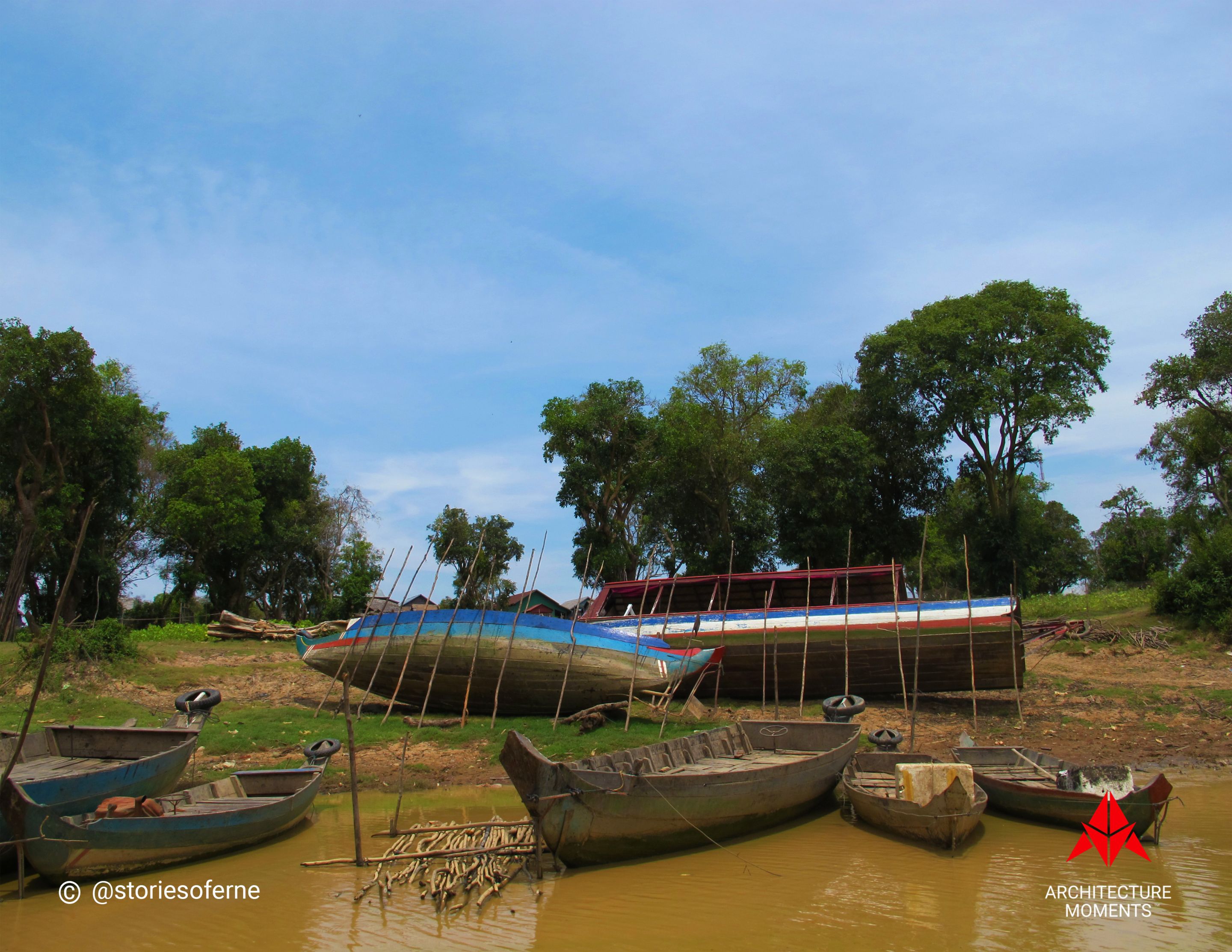
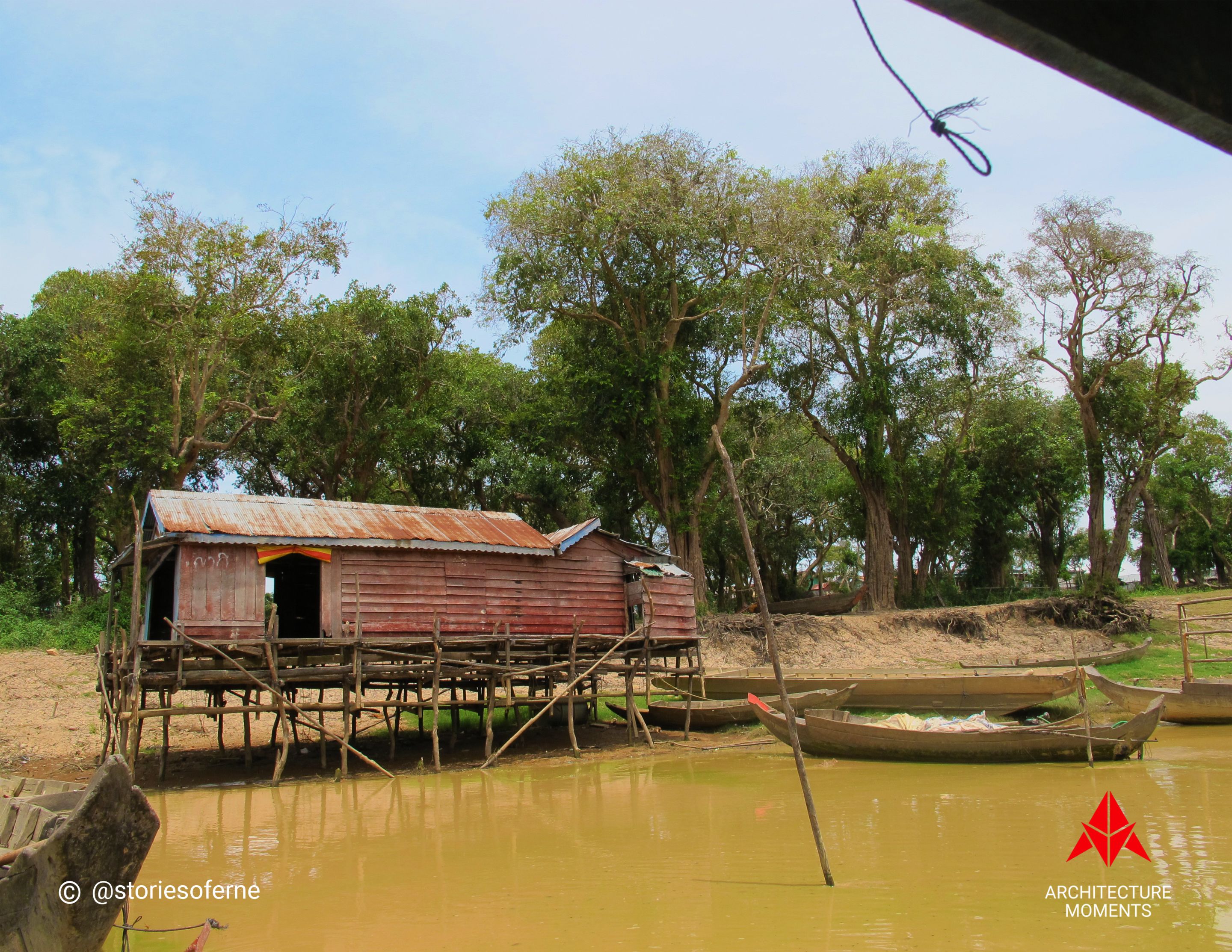
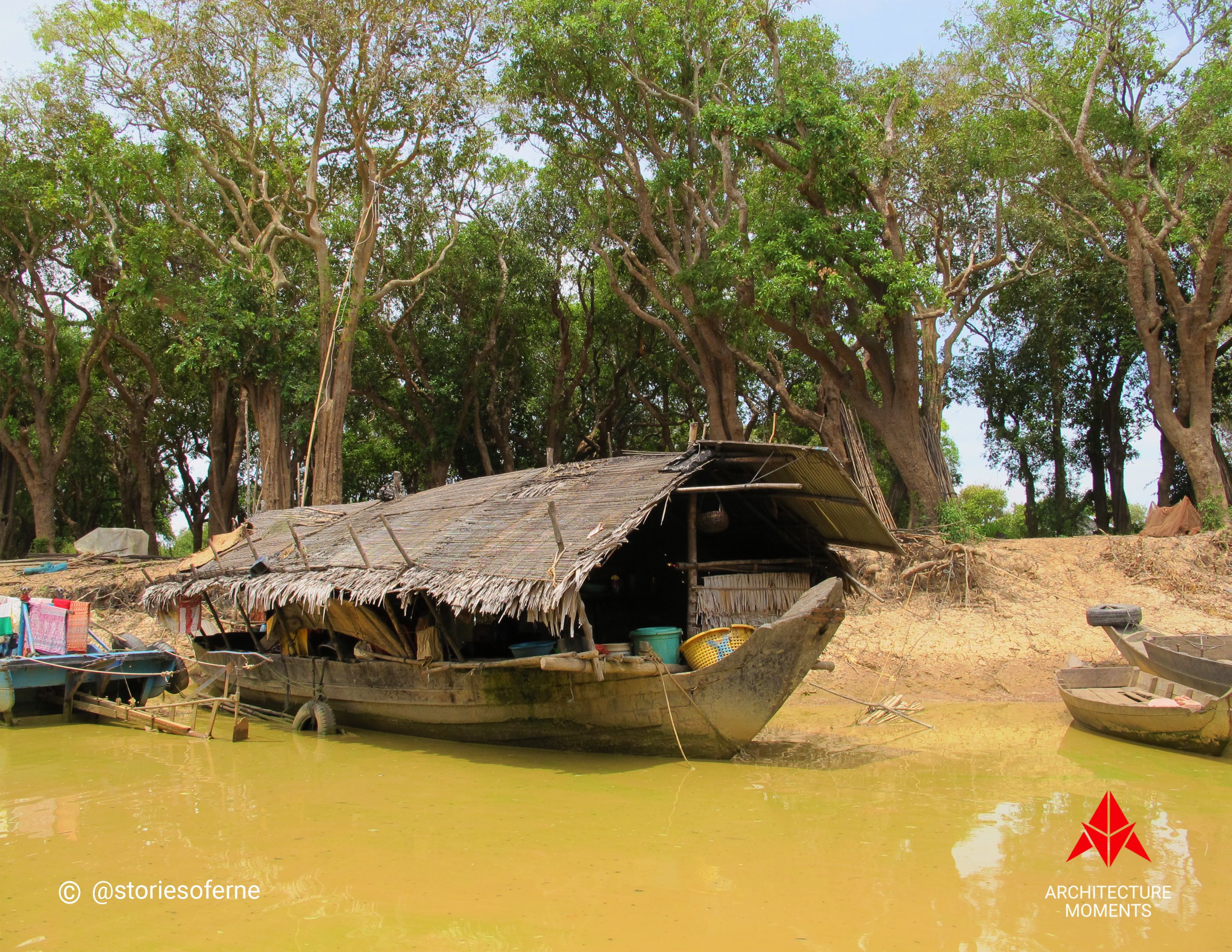
These stilted habitats were constructed along the banks of the narrow water channel, with the roads also traversing beside them. During the wet season of the year, these dusty thoroughfares were deeply flooded and were completely submerged by the waters of Tone Sap Lake. On the other hand, the dry season left the open roads accessible for all types of land vehicles. Isn't that interesting?


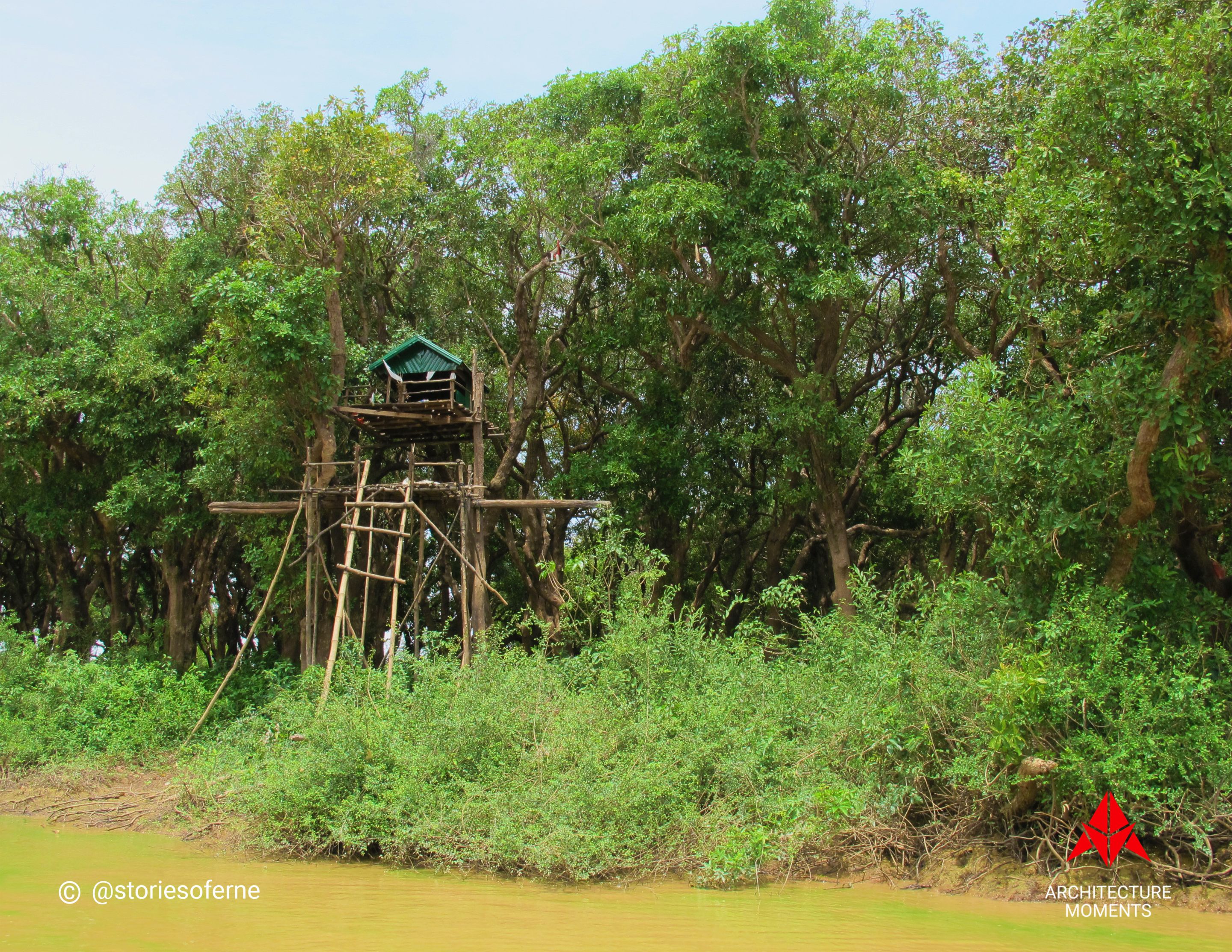
We were now in close proximity to the lake's mouth as I noticed its vastness while also having a glimpse of the water line on the horizon. We were about to enter this region's main body of water. From that location, there were fewer houses on both sides but saw more mangroves, forests, and other plantations surrounding the coastlines of the stream.
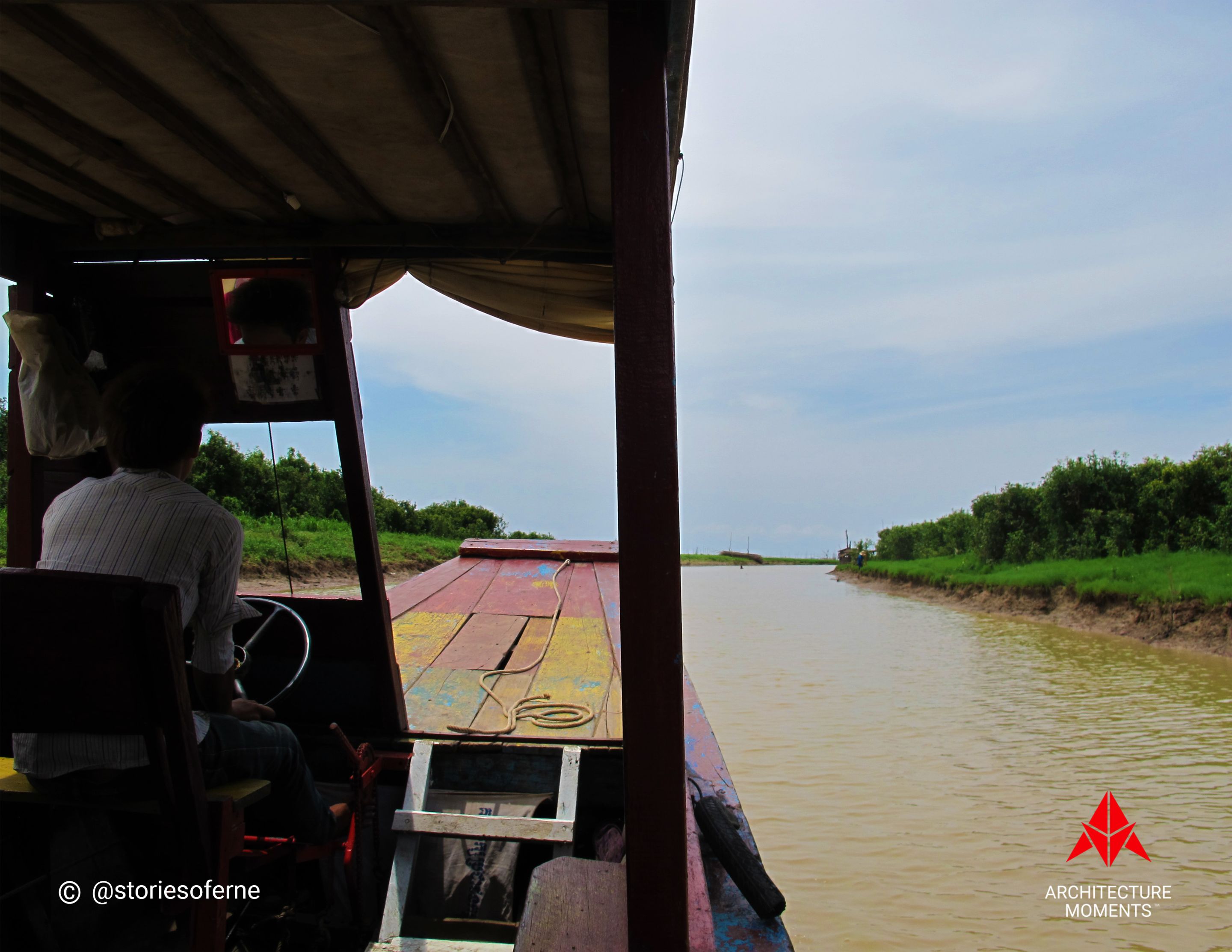
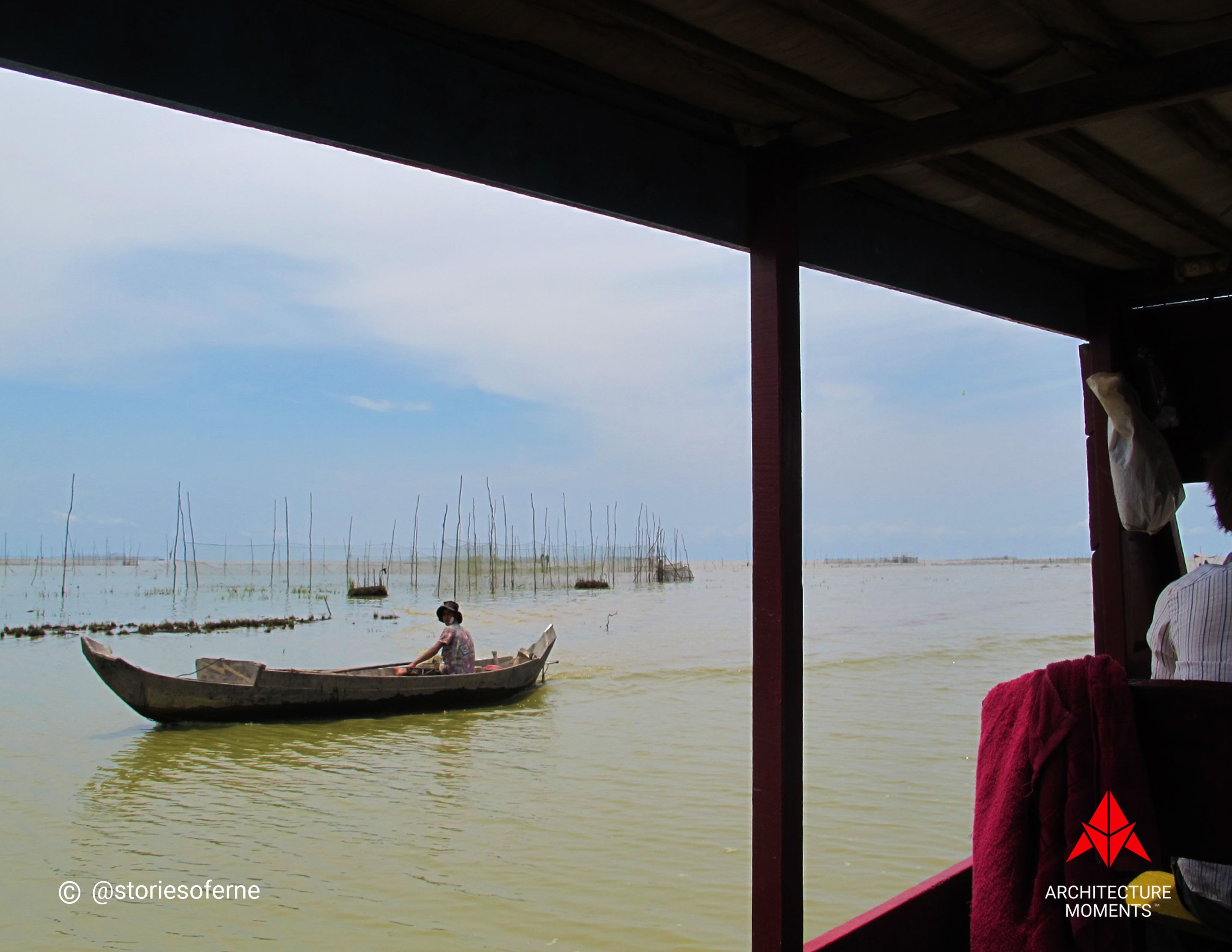
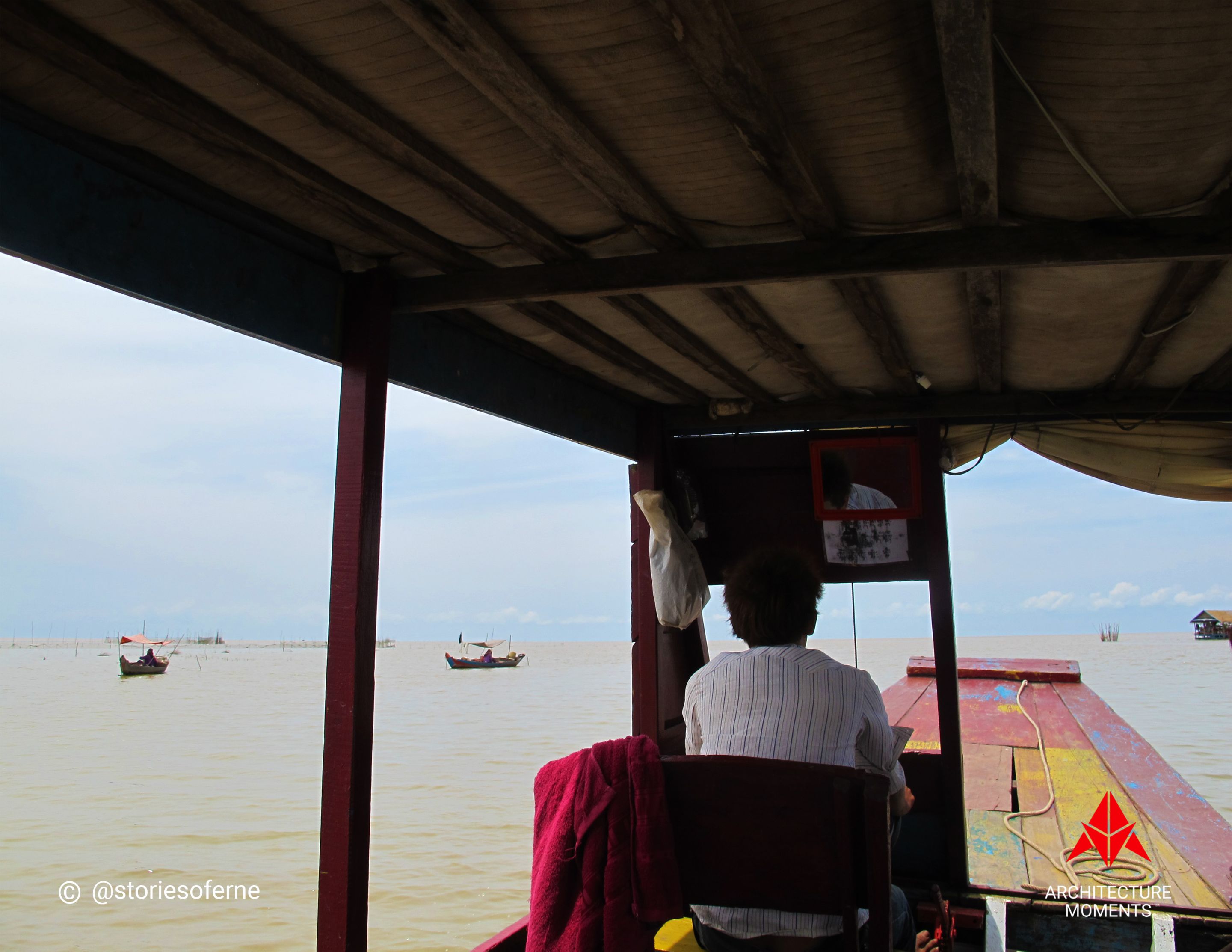
The Tonle Sap Lake, as unassuming as it may have appeared, was officially recognized in 1997 as a UNESCO World Heritage Site, particularly as an ecological hotspot due to its biological diversity. Thus in 2001, it was also declared as the Tonle Sap Biosphere Reserve. It was a massive natural ecosystem where I witnessed several floating platforms on the lake's surface.


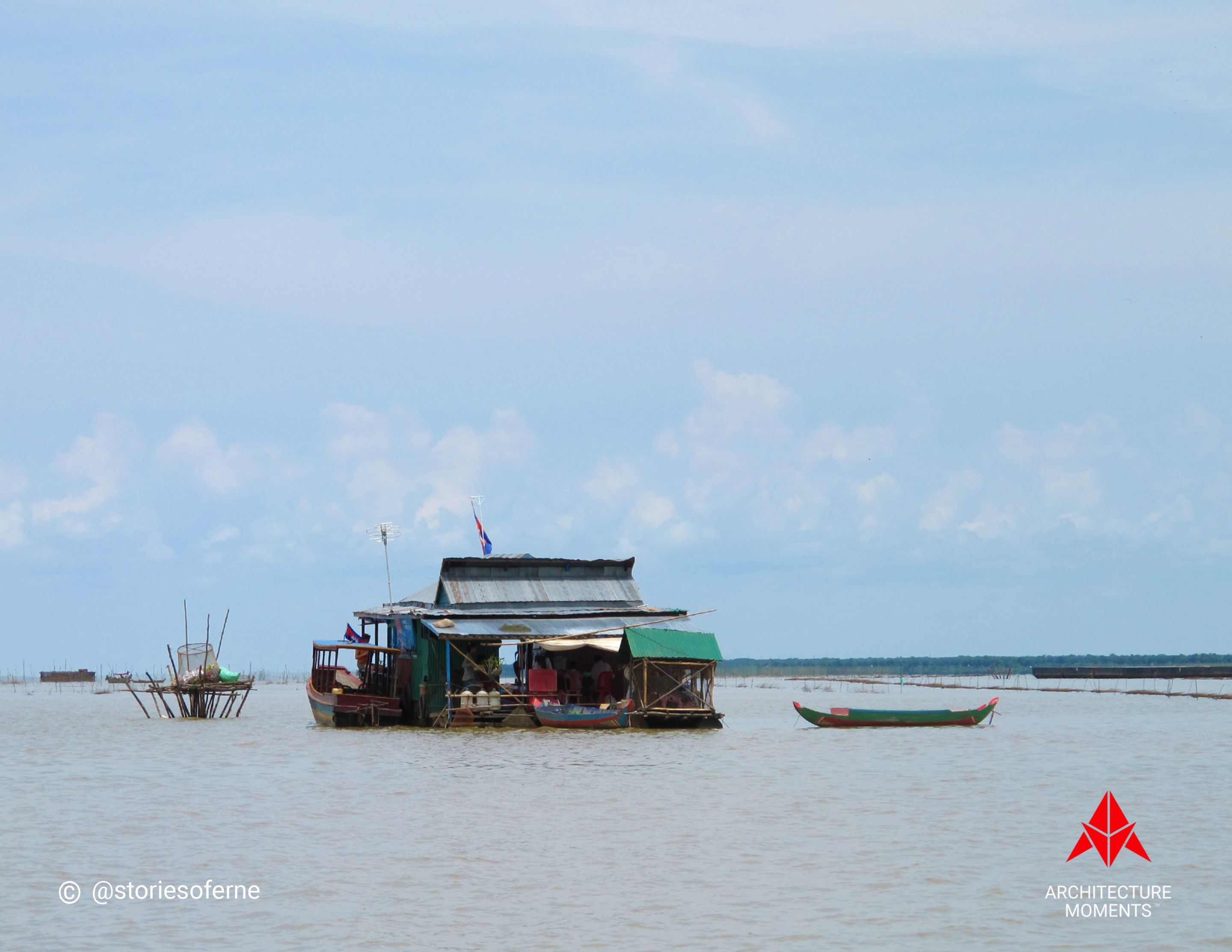
"Hey, what's that strange structure on the left side of that floating house?" I asked my friendly guide as I pointed to the mentioned location. (It would make it easier for you to understand what I'm referring to by zooming closer to the left area of the picture above.)
"Oh, that one? That's a collection point for plastic bottles and other trash. That's one of the most effective ways on how we manage our waste and garbage disposal here on the lake" He said.
"If that's so, the persons responsible are doing a really great job in keeping this natural environment as clean, healthy, and sustainable as possible. Congrats!" I smiled right away after receiving his eager response.
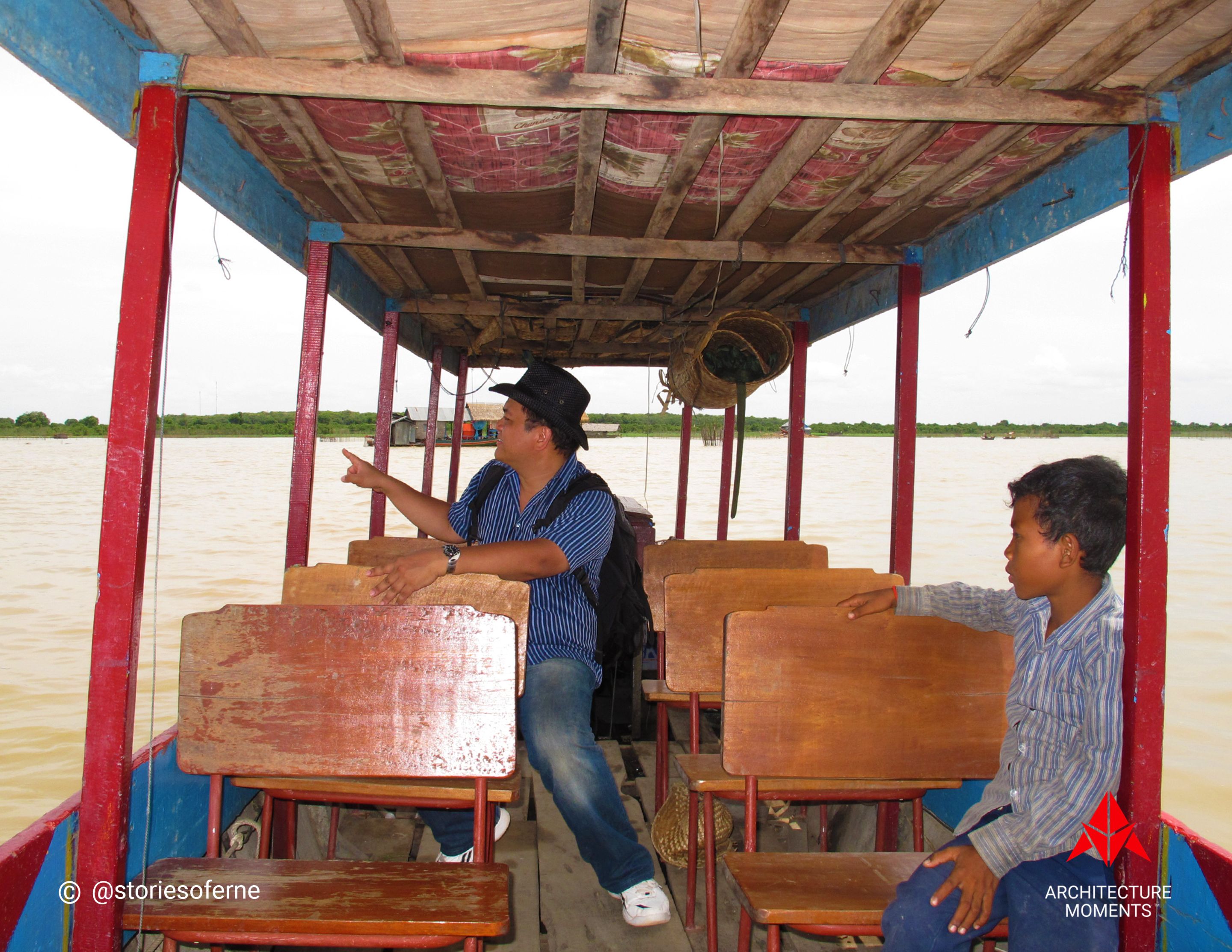
From that point, our boat made a u-turn and headed back to where we came from, entering the lake's mouth once again to pass through our previous passage. This time I had the chance to capture additional photos of other interesting habitats I've missed earlier.
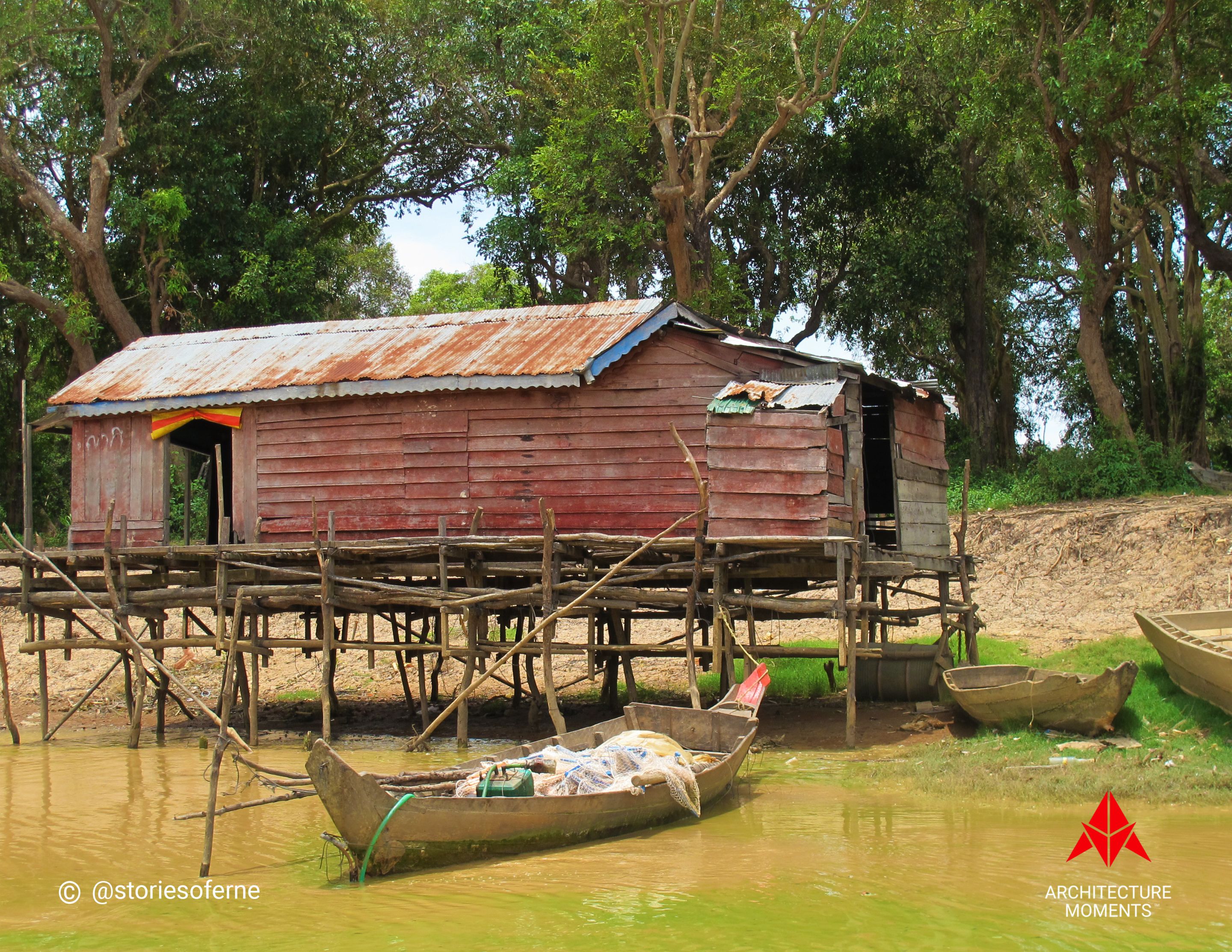

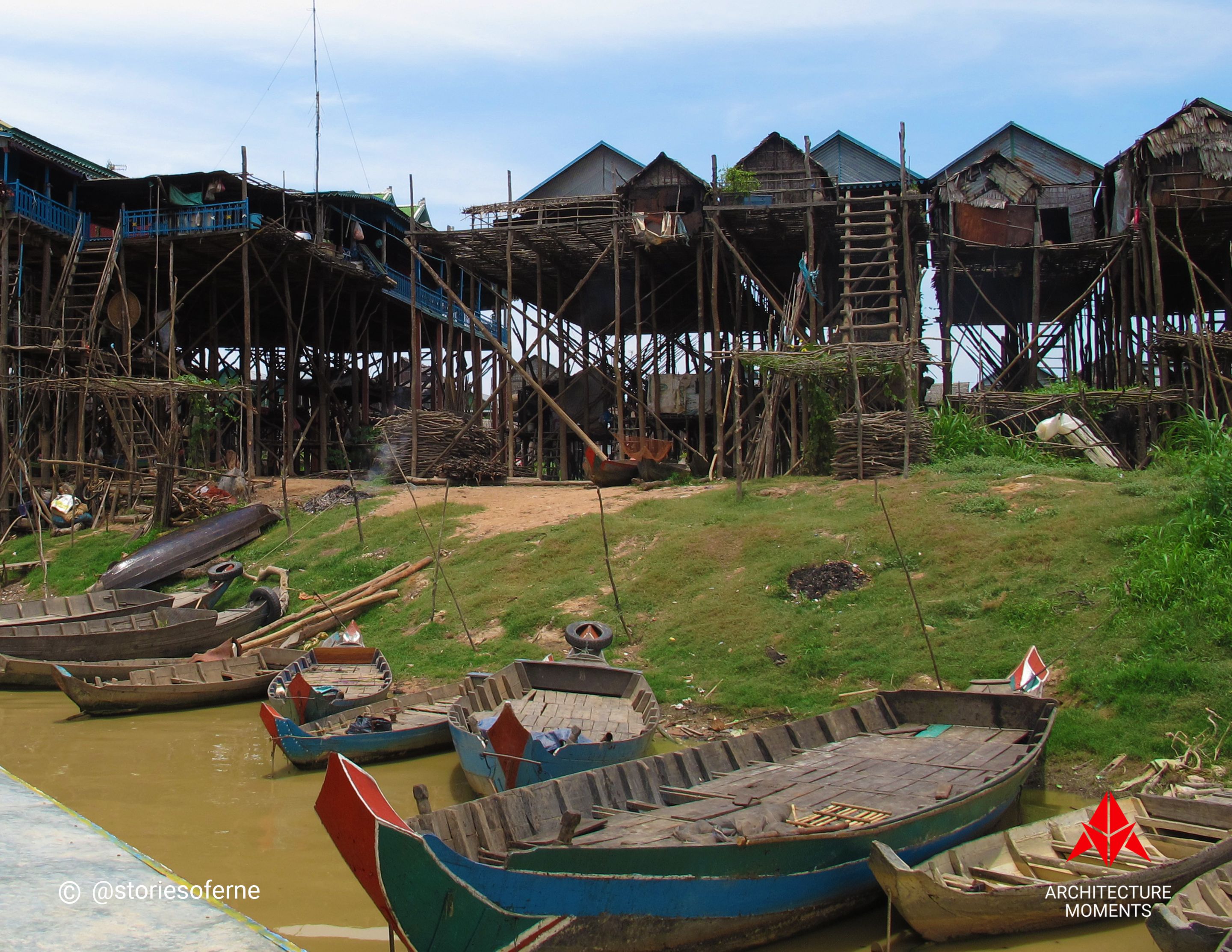
Most of these vernacular homes were typically one-room bamboo or wooden huts erected on gigantic stilts. Like their land-based versions, the upper levels were accessed via long ladders. Some of the elevated floors of these structures stood as high as 6 meters. So, just imagine how far these residents had to climb their ladders just to reach their habitable spaces.

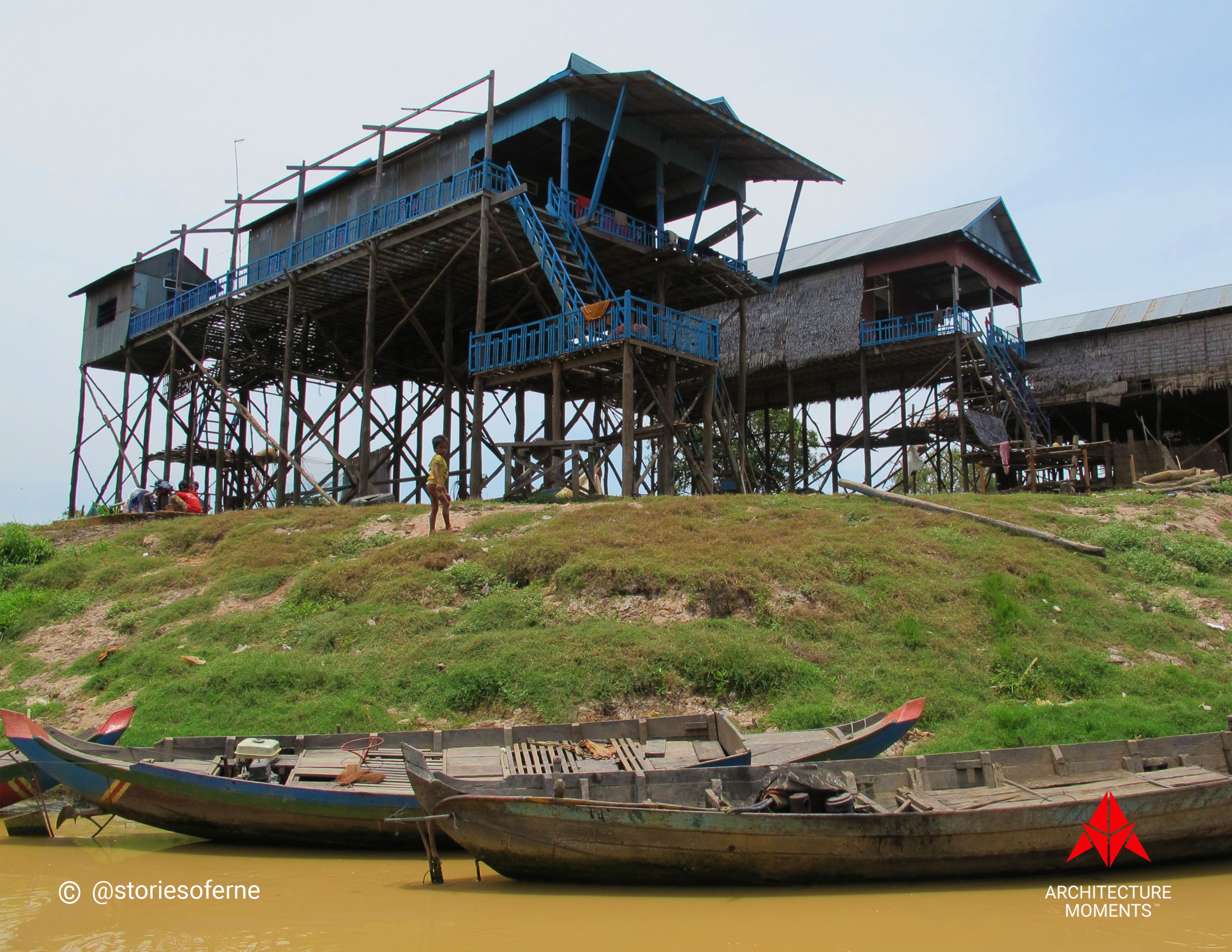
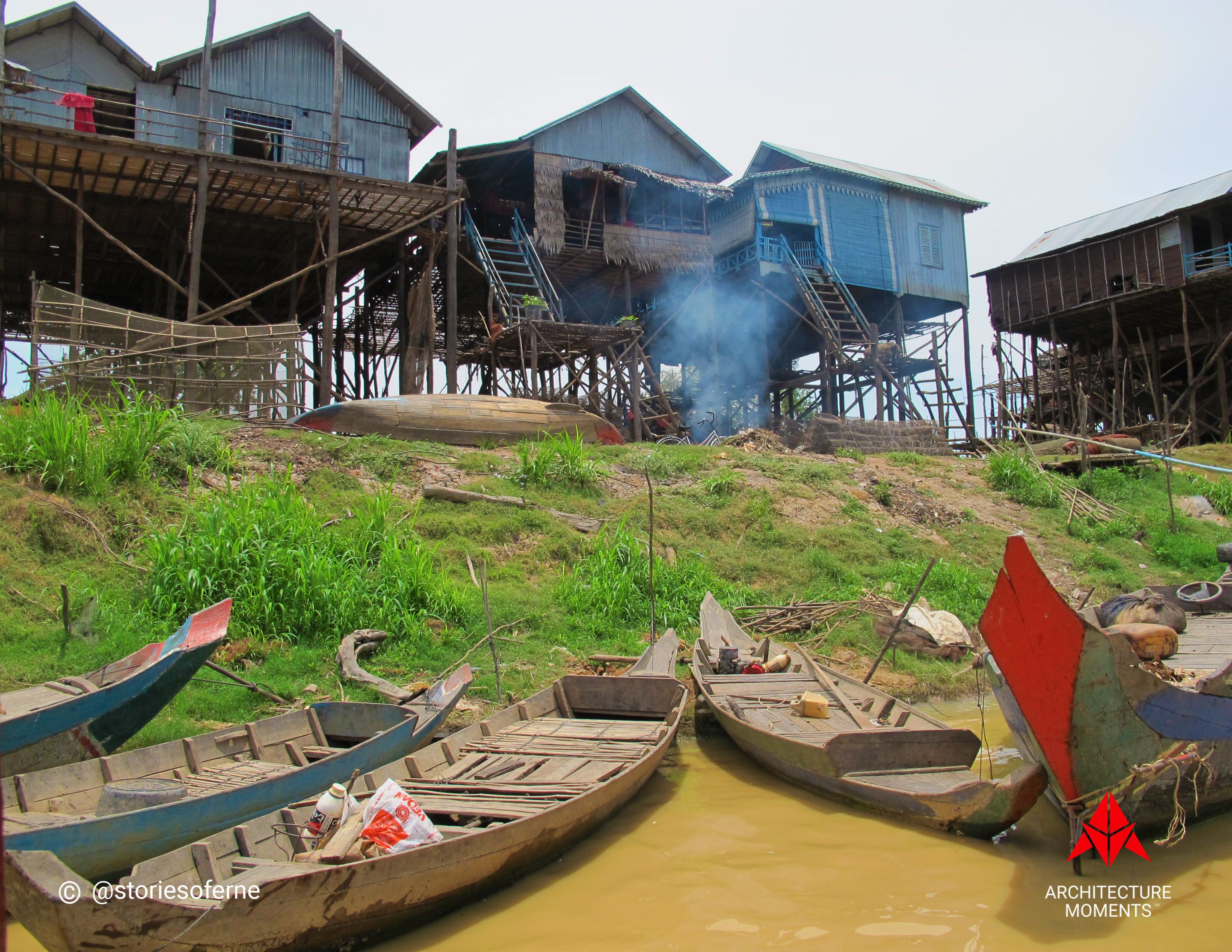
Everyone on these floating villages, except babies and toddlers, had to learn to paddle oars on their boats or canoes from an early age to transport themselves to various locations such as their village commercial shops, medical facilities like clinics, floating markets, entertainment spots, schools, sports venues, and places of religious worship.
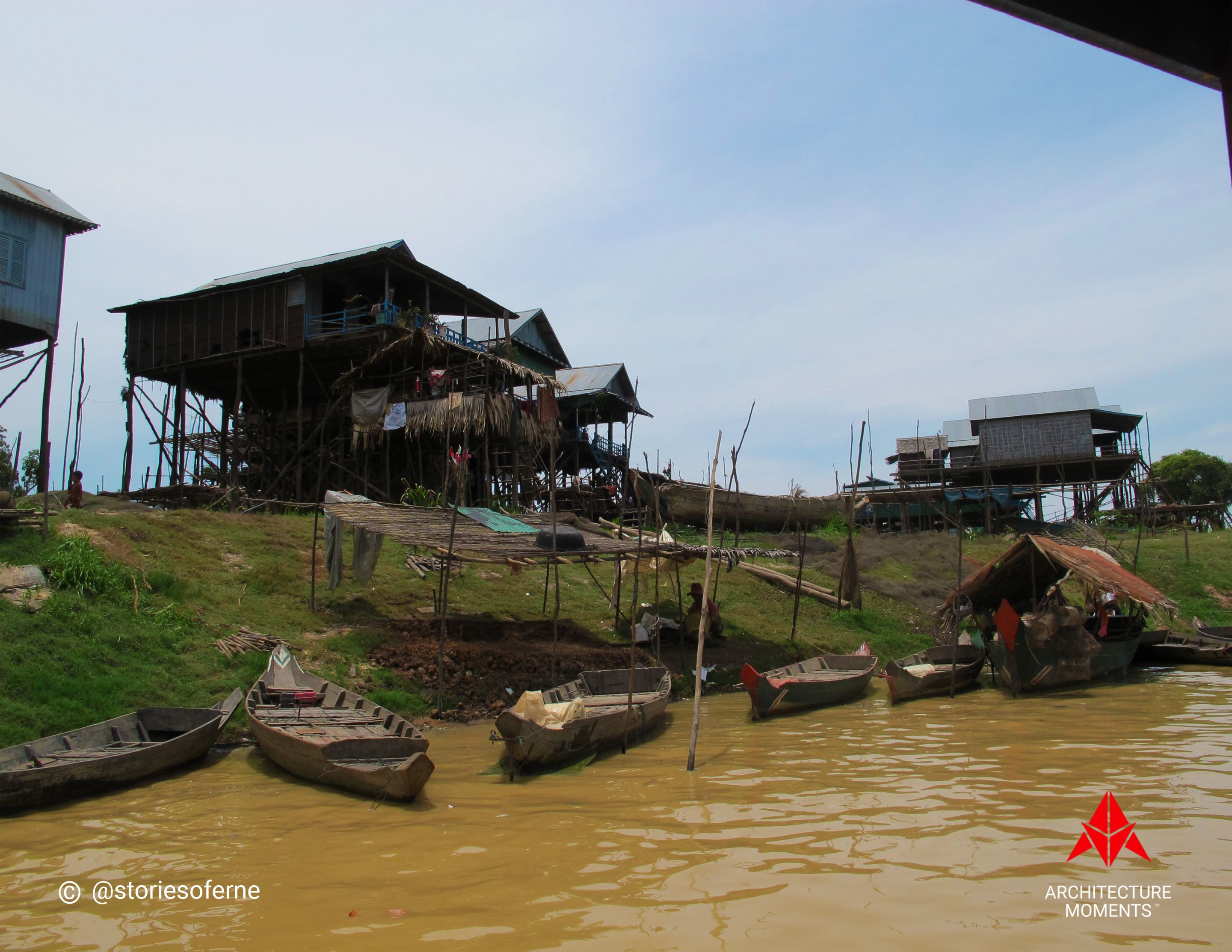
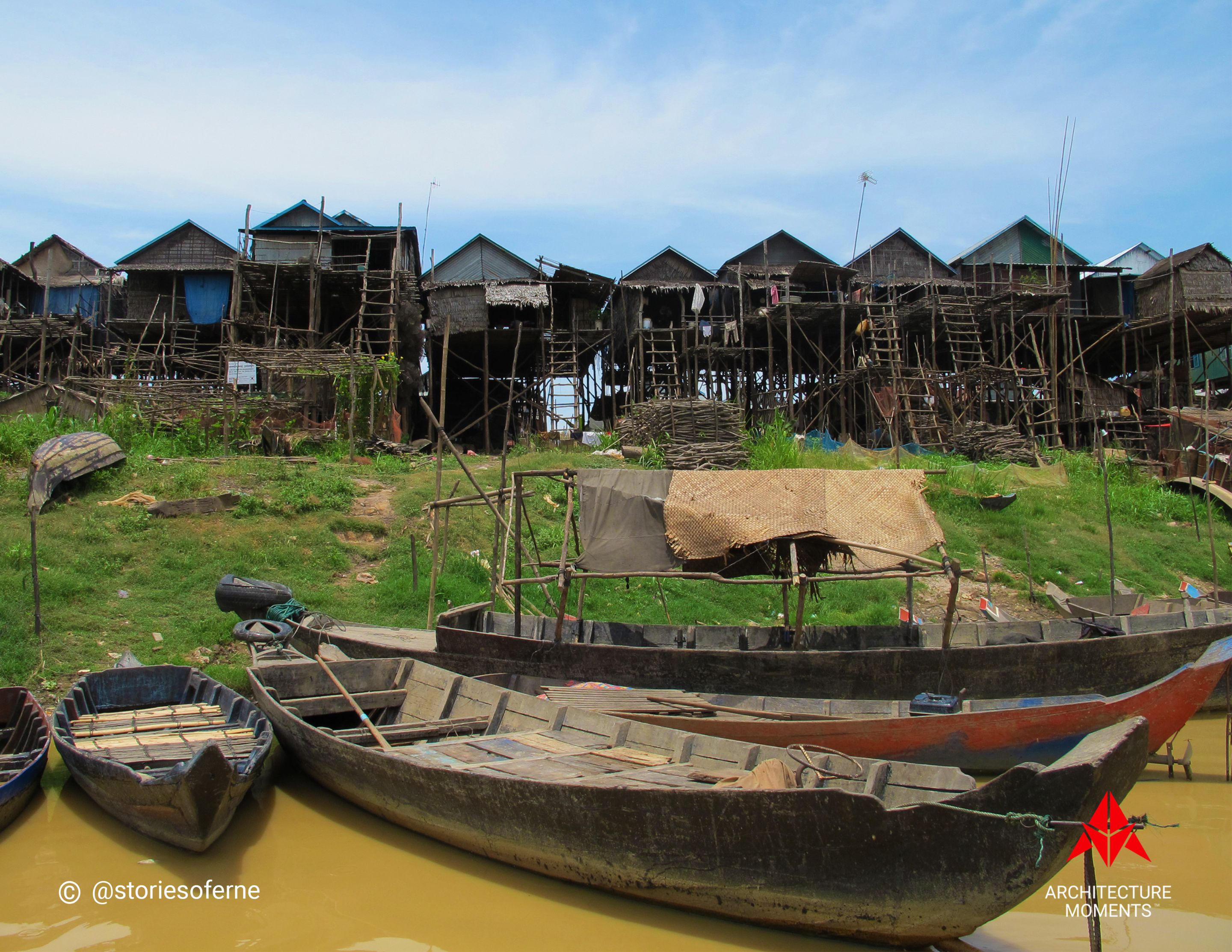
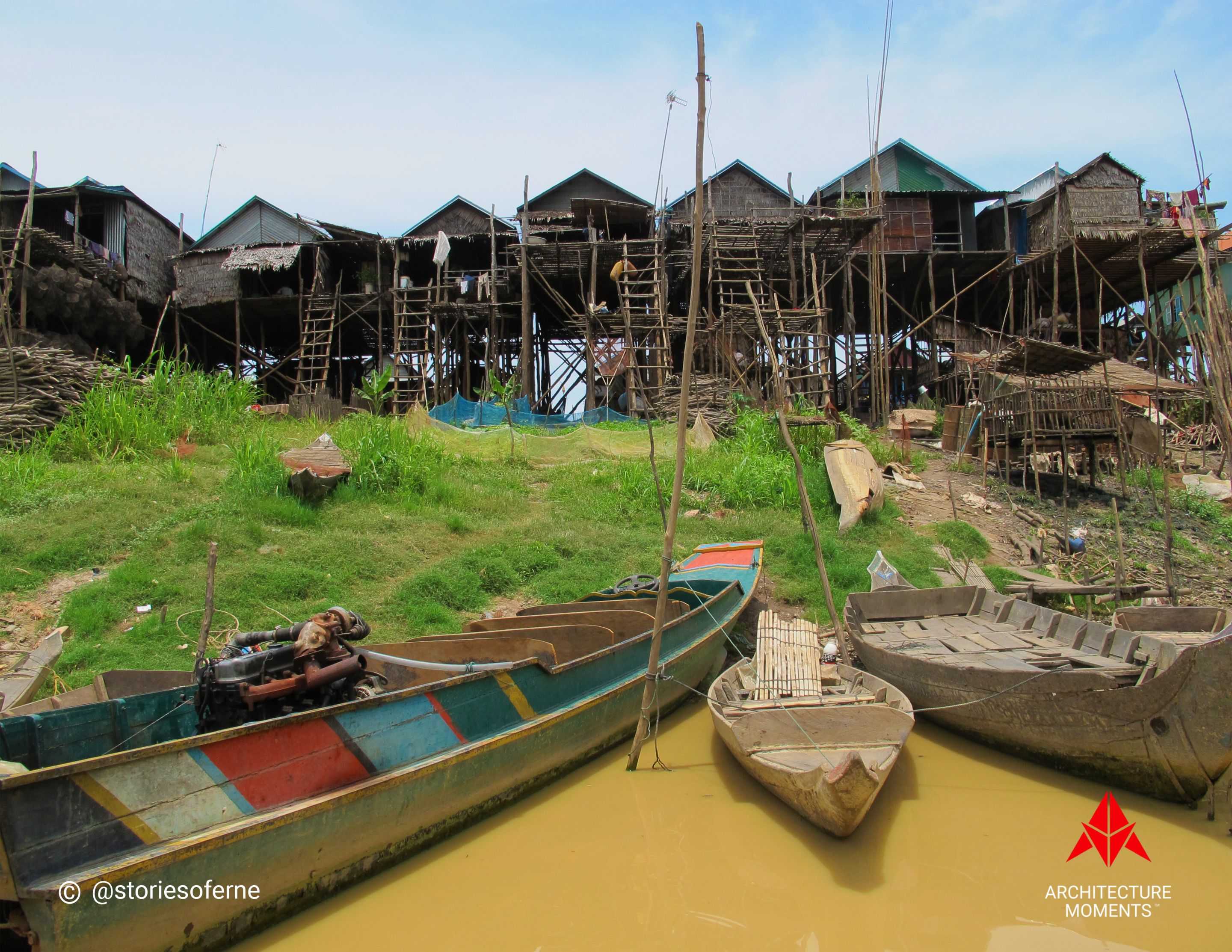
These small communities living on the Tonle Sap Lake basically had two types of habitats built according to their lifestyle: Mobile and Permanent. The mobile houses were the floating platforms you've seen that were also flexible to the changing water levels of the lake while their permanent counterparts were the various coastal structures built on stilts.
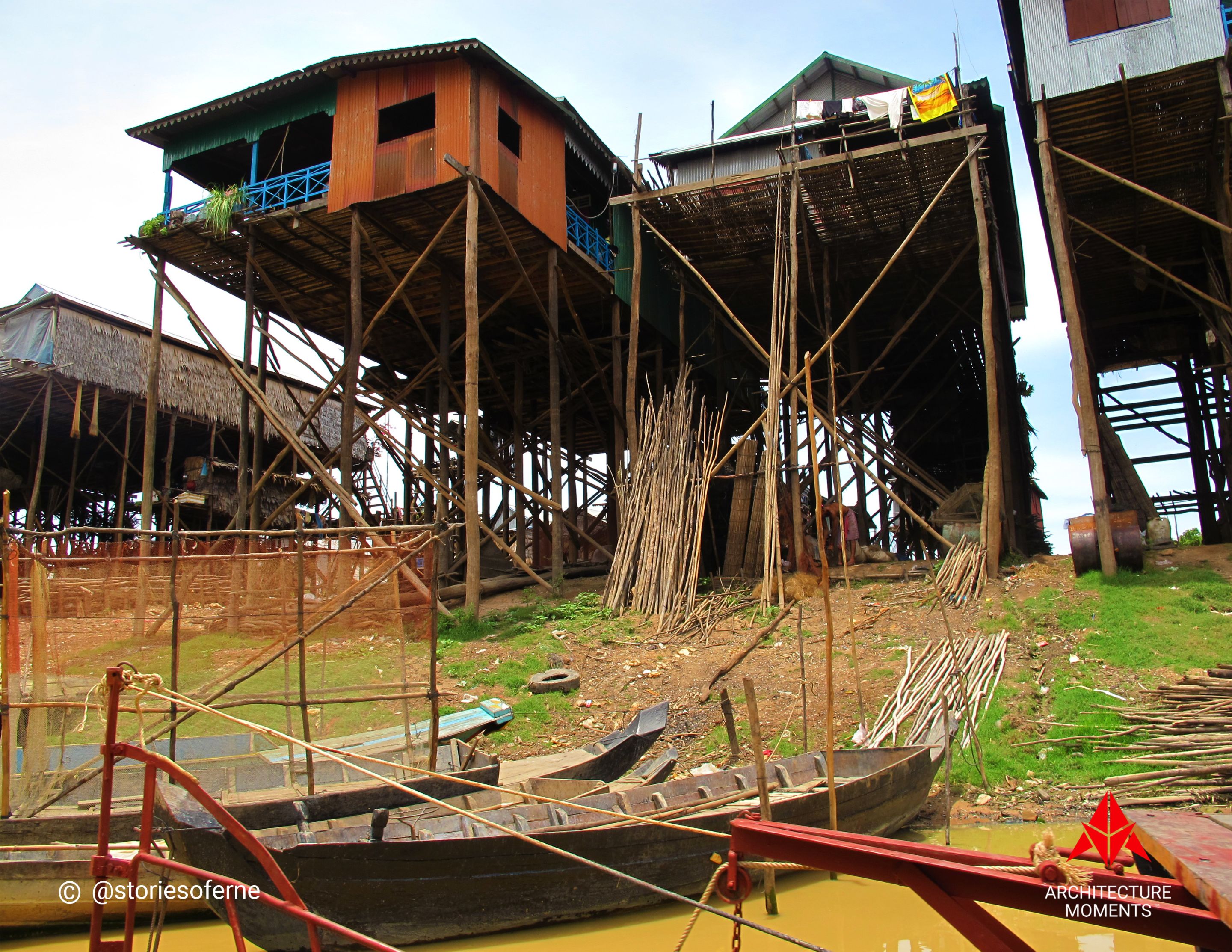
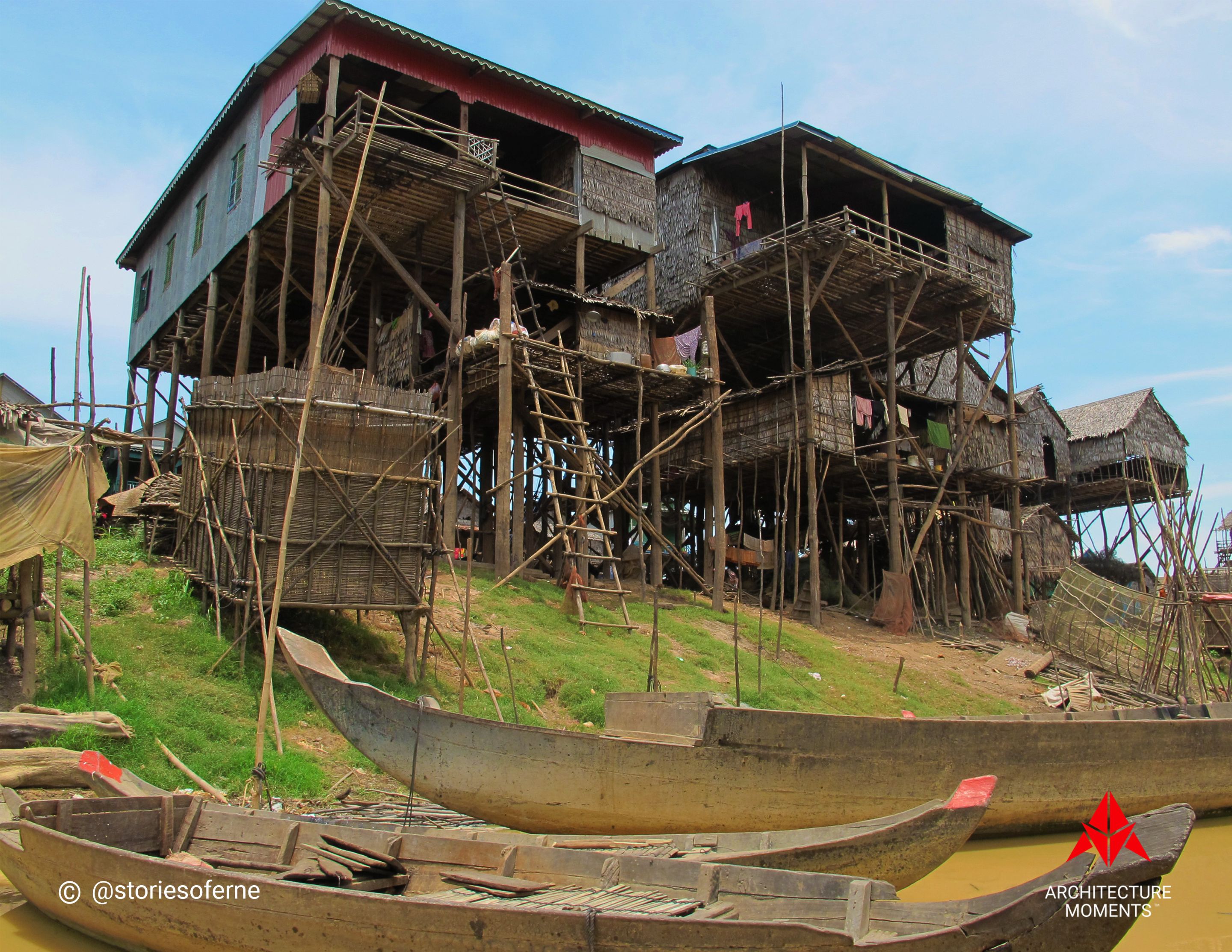
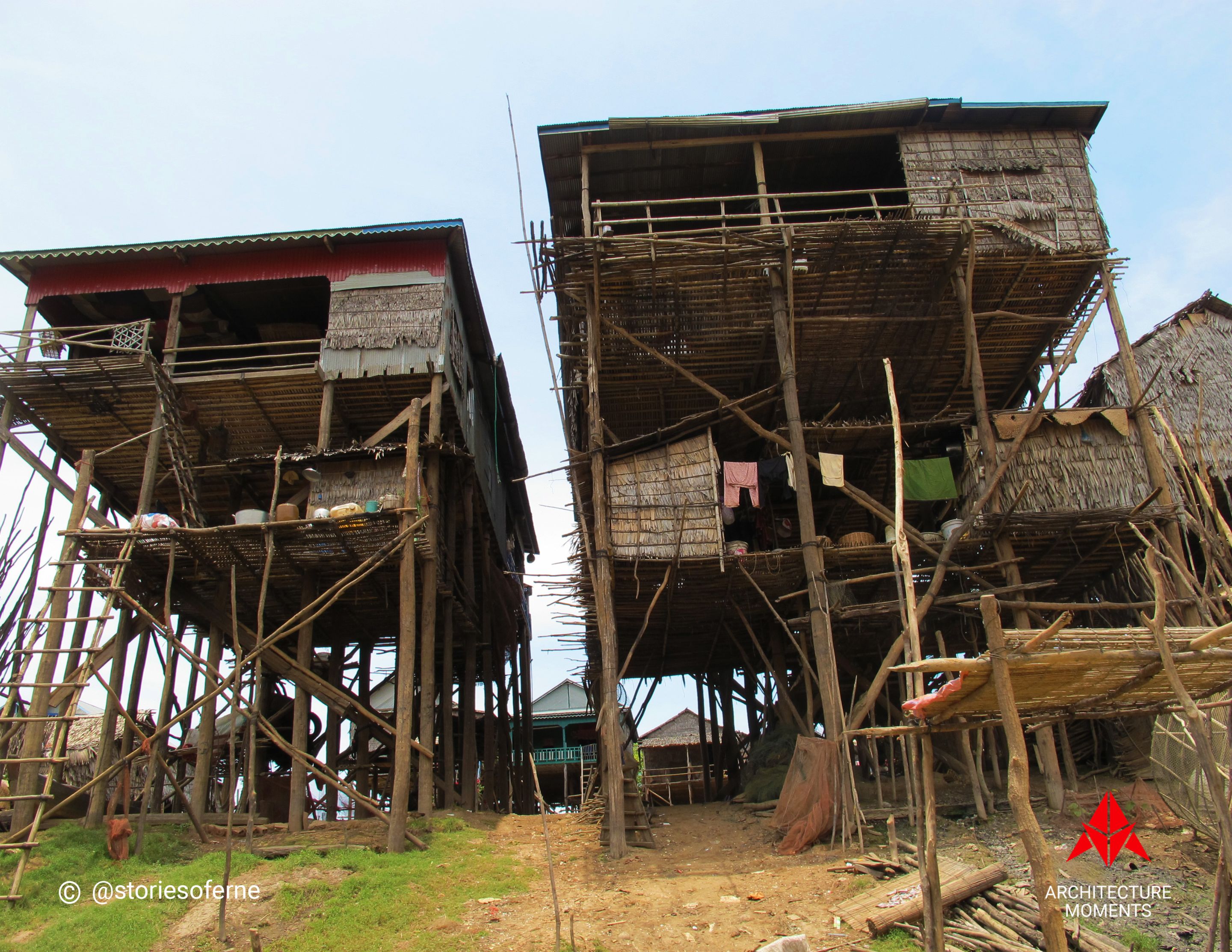
As most of the inhabitants of these floating villages belonged to the lower-income class, they were forced to utilize cheap building materials like wood, corrugated steel, thatch, bamboo, and plastic wrappings for protective purposes. Construction methods employed were simplified and prioritized practicality and efficiency, only using the minimum amount of structural elements to support their lake houses.
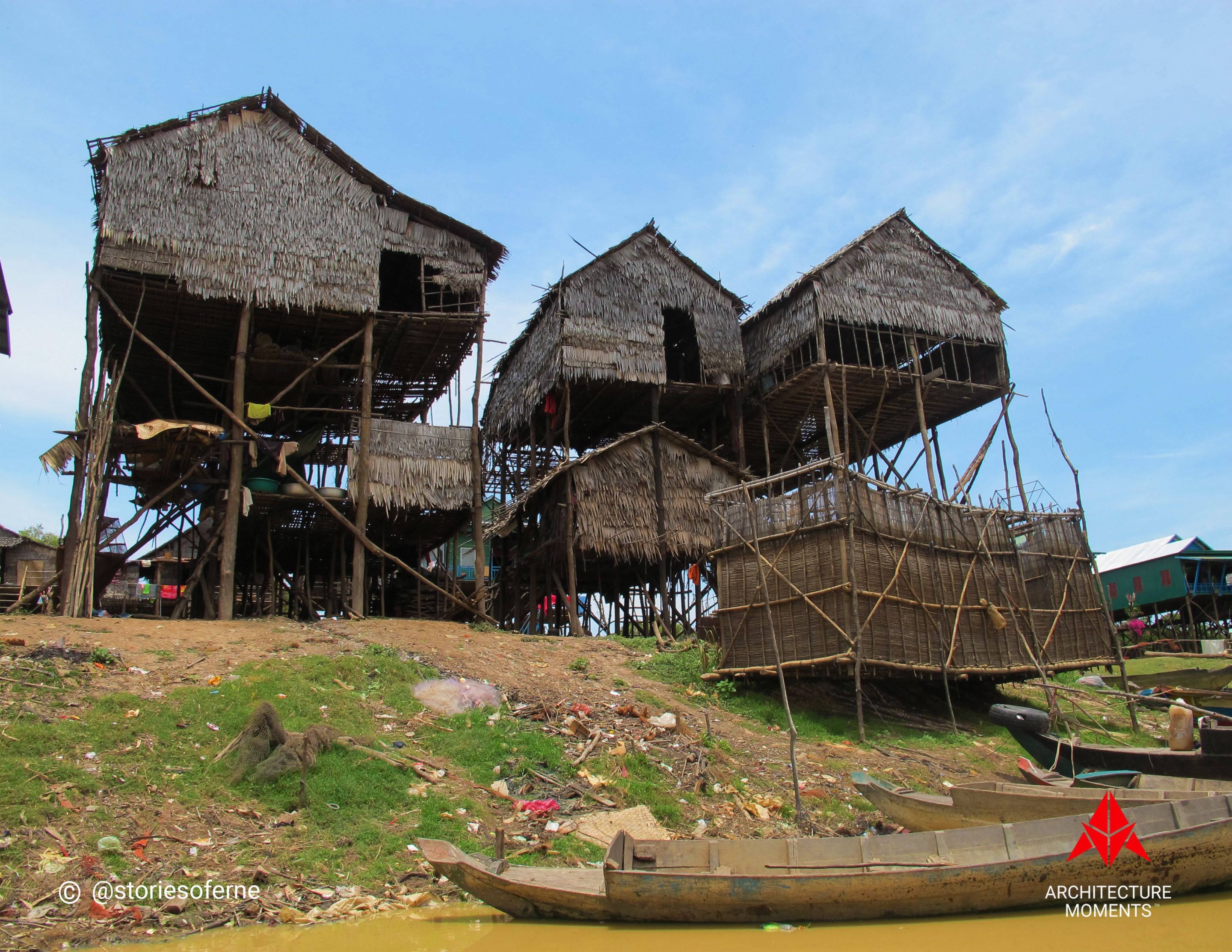
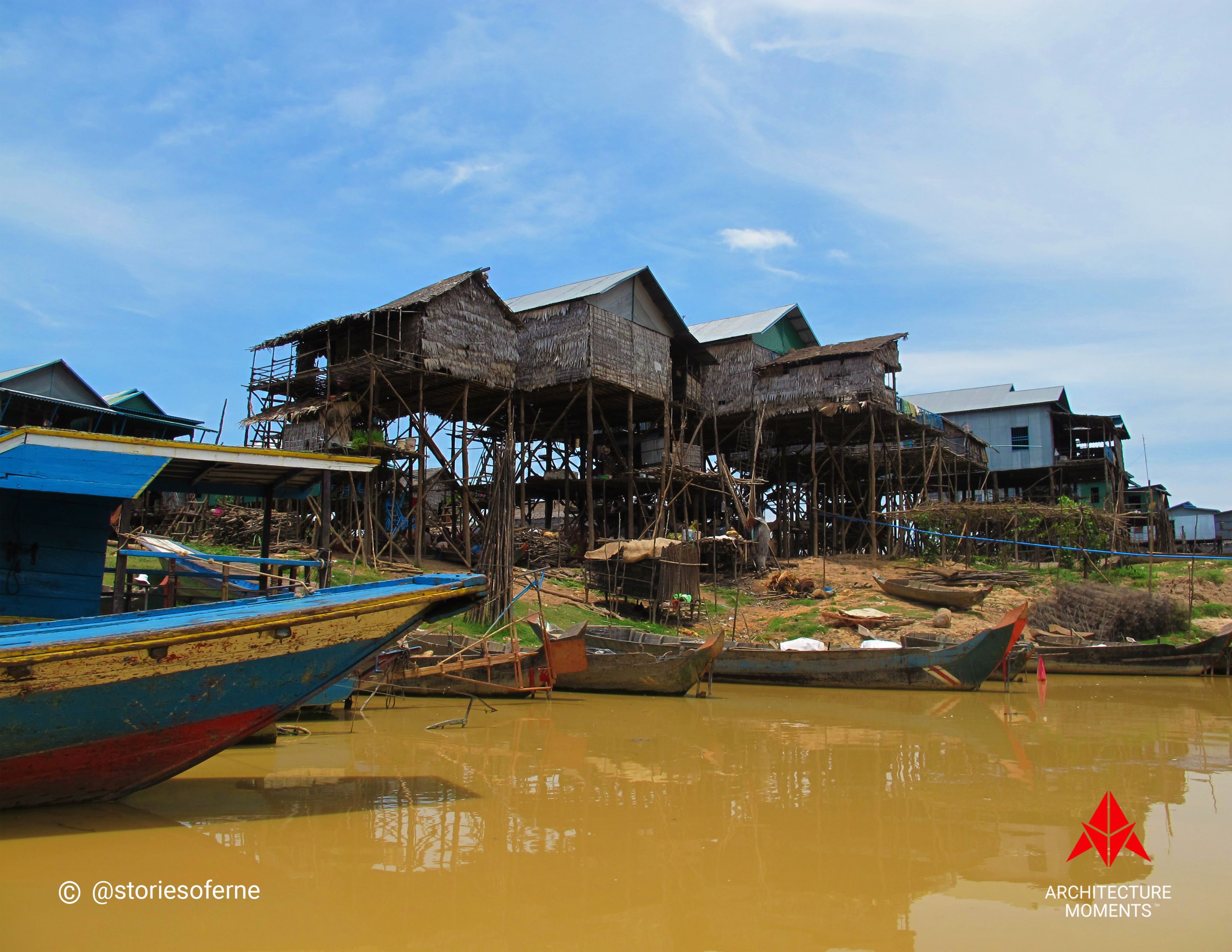

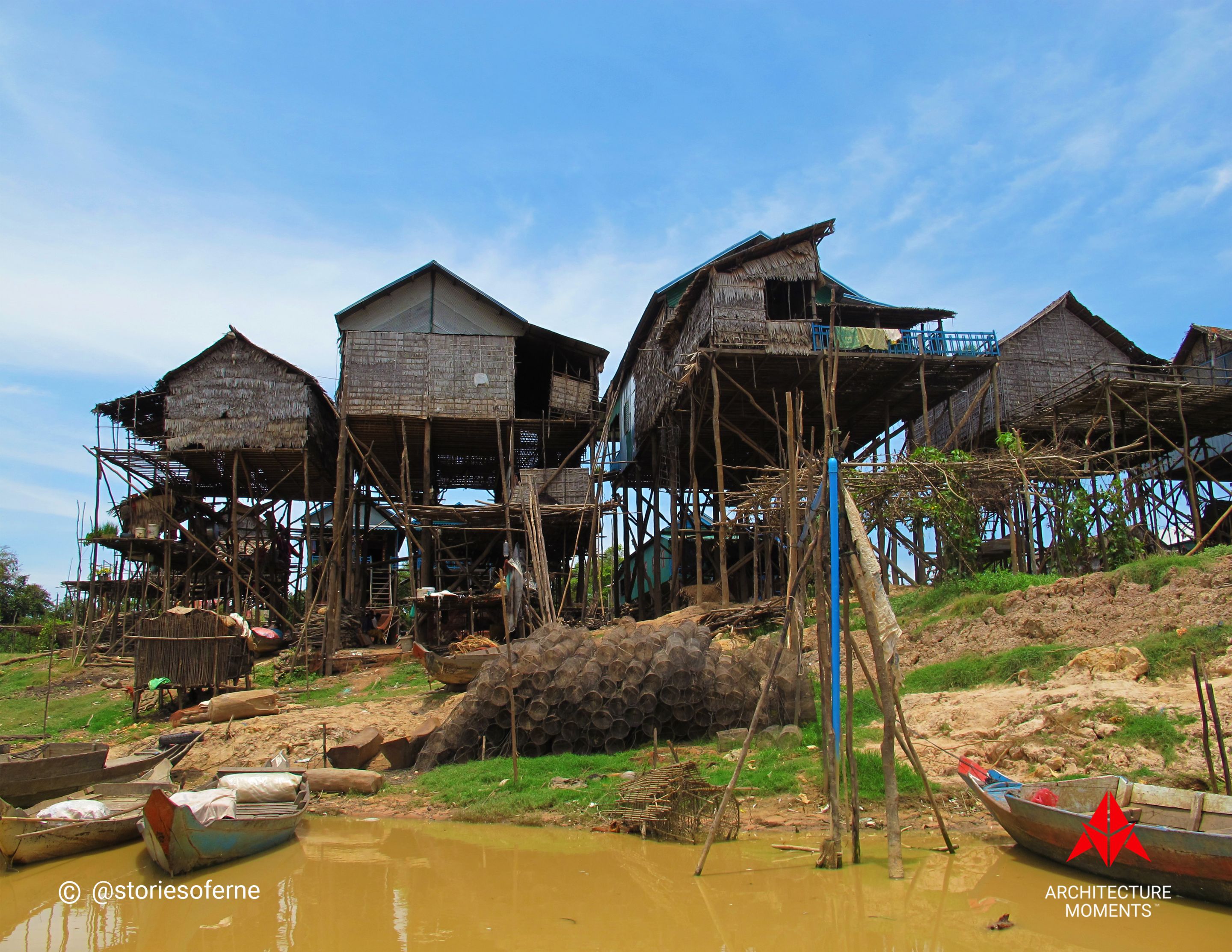

Again, I was deeply fascinated by these landmarks due to the ways they had conformed to change. The worst thing they could have done was to go against the flow of Mother Nature and suffered the consequences afterward. Fortunately, they decided to dance with the evolving times and sustained themselves for the better. From what I've observed so far, these villagers together with their indigenous dwellings had definitely learned to cope up with the flood plains of Tonle Sap Lake for many generations. They had continued to survive by fundamentally designing a remarkable architecture that also adapted to the constantly changing environment.
Shout-out to Marvelous Watercrafts
This specific adventure on Tonle Sap Lake wouldn't have been possible without these amazingly reliable aquatic vehicles. I'm dedicating this special section of my post to honor these extraordinary boats.
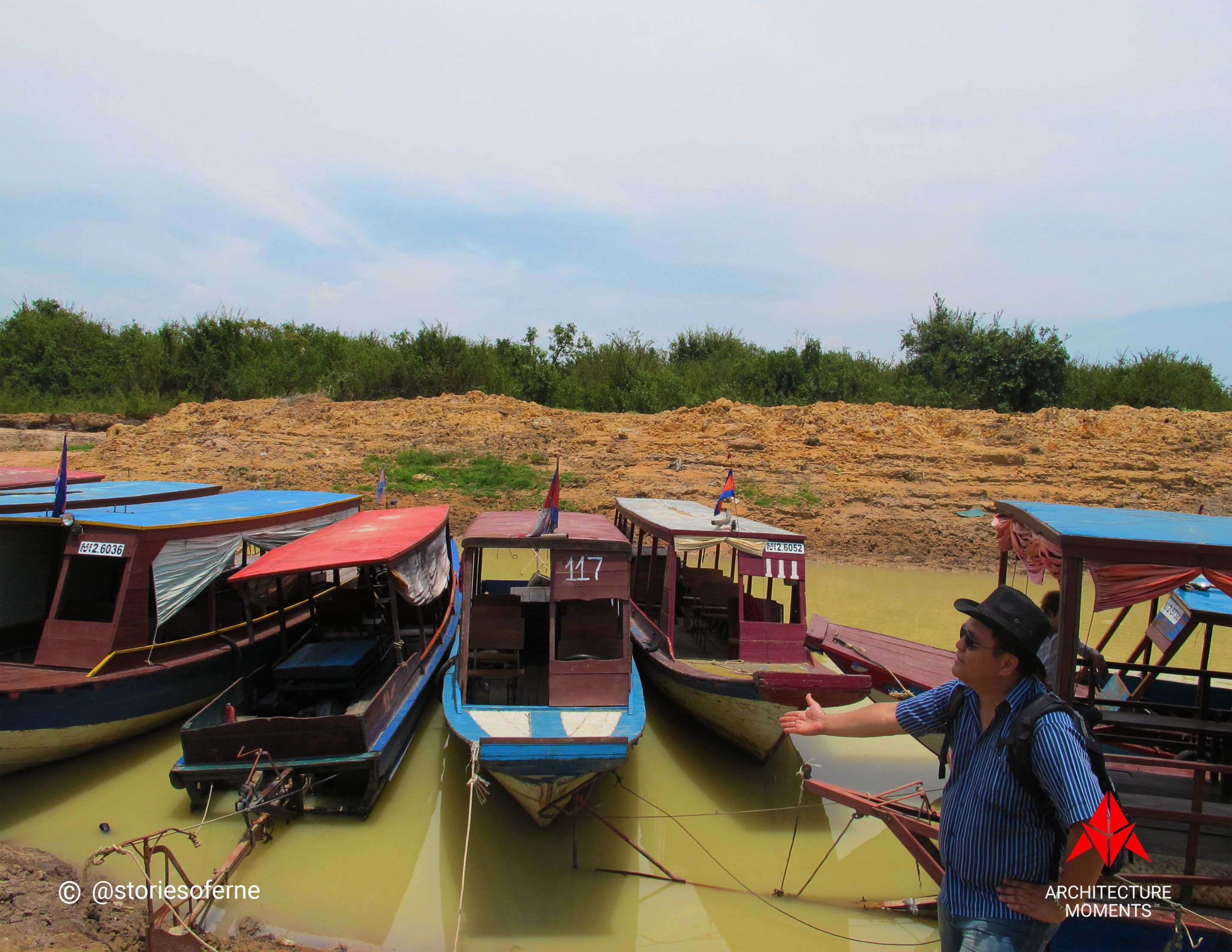

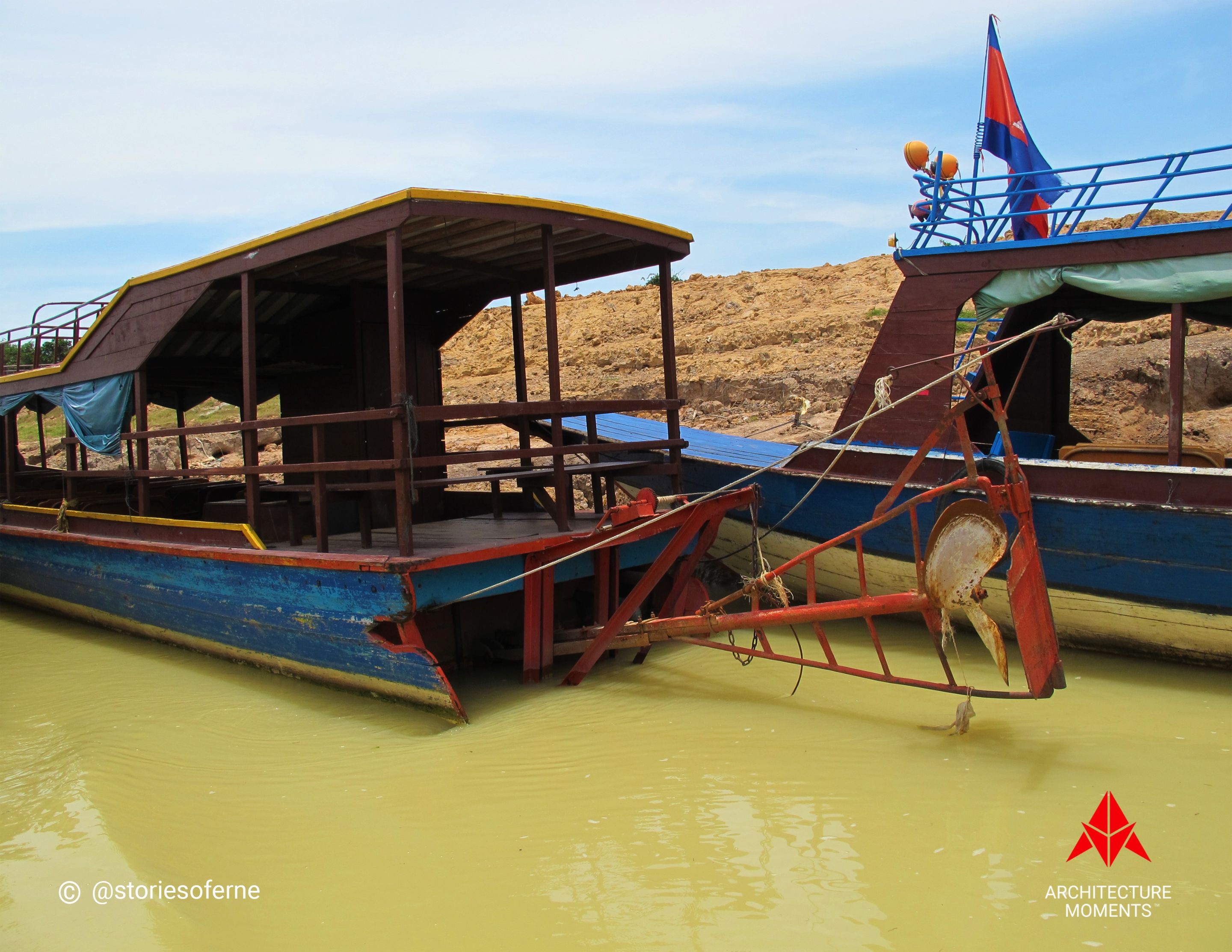
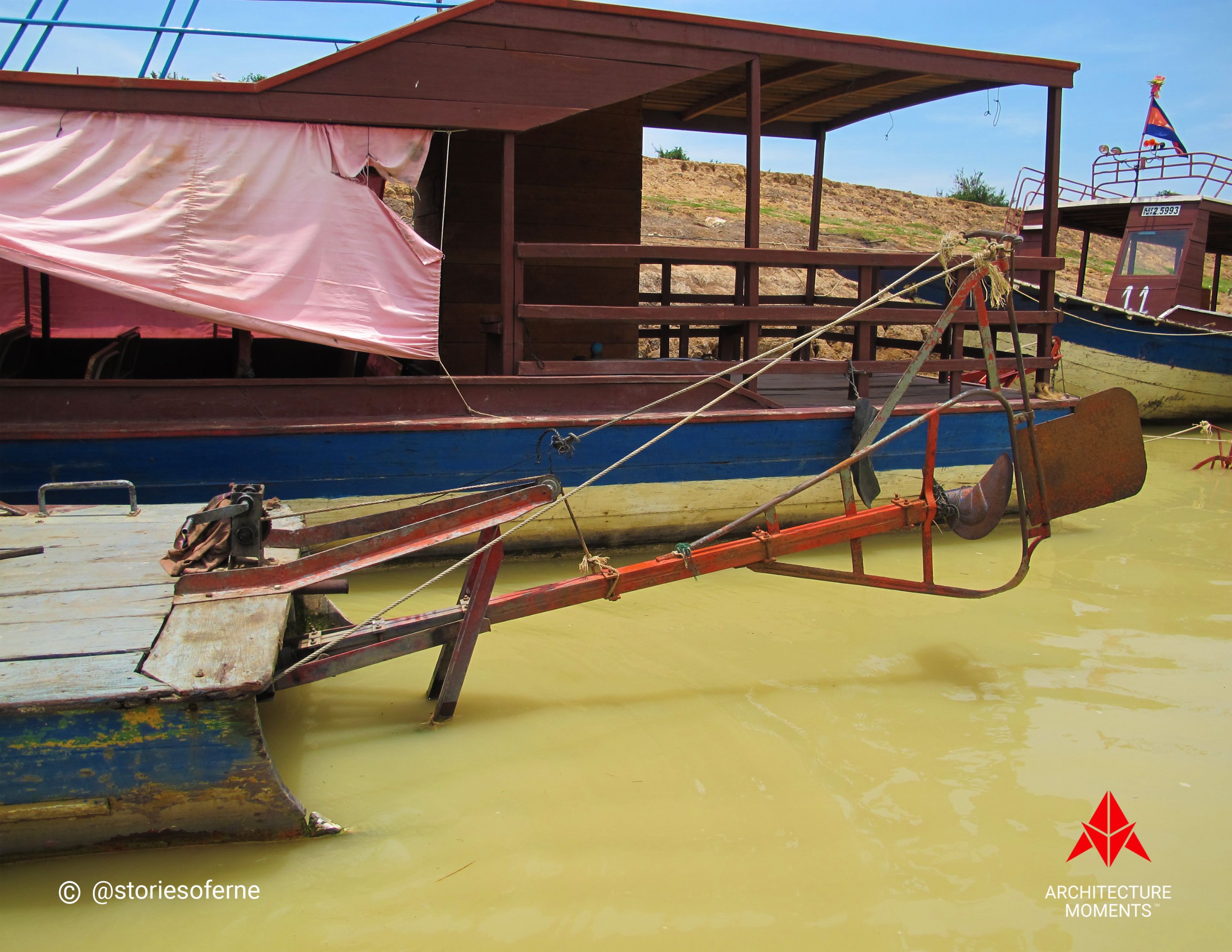
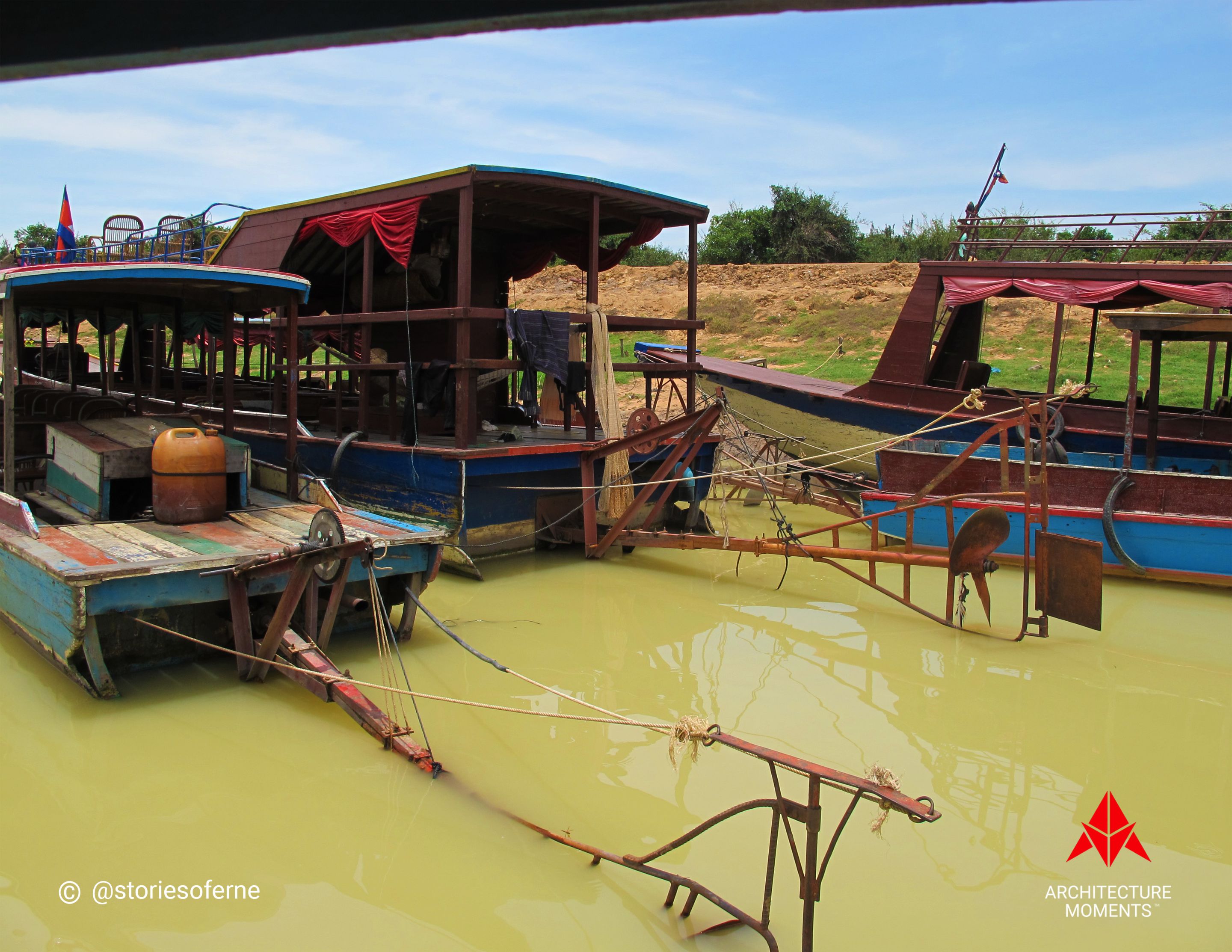
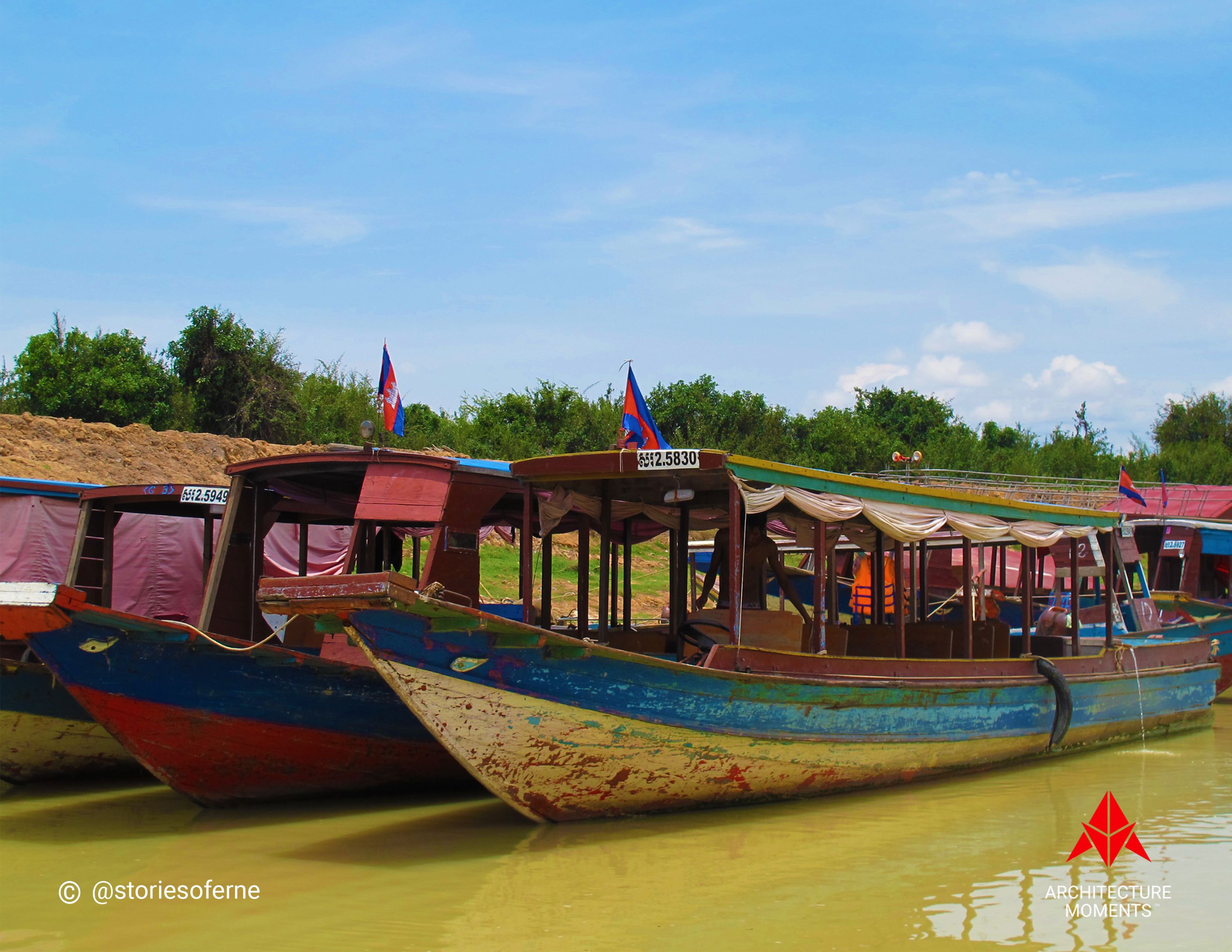
With their sturdy construction, choice of suitable materials, plus their ingenious rudder and propeller systems, they could easily plow through the thickly muddy waters of the floating villages. Most especially during the rainy season of the year when massive floods dominated their neighborhoods, these extremely helpful vessels transported the locals to practically any point in that region. What can you say about these types of marine transportation? Have you tried one of these boats lately?
Rare Experience of a Lifetime
Overflowing with smiles, I was definitely grateful to my tour guide cum Tuk Tuk driver for the unexpectedly magical trip on that day. Initially, I had the impression that I'd be seeing nothing out of the ordinary. Yet, it turned out more than what I'd previously expected due to the plethora of beautiful surprises along the way. Sometimes, you don't need to plan your itineraries in advance to know exactly where you're going. That's understandable, as this may seem like a gamble to risk yourself for regrets later on. It's okay. Most of the time, these escapades would end up becoming truly satisfying. Escaping your comfort zone during these exceptional occurrences is surely captivating. Simply allowing the spontaneous flow of events to catch you off-guard and transporting you to places beyond your wildest imaginations, are worth it.
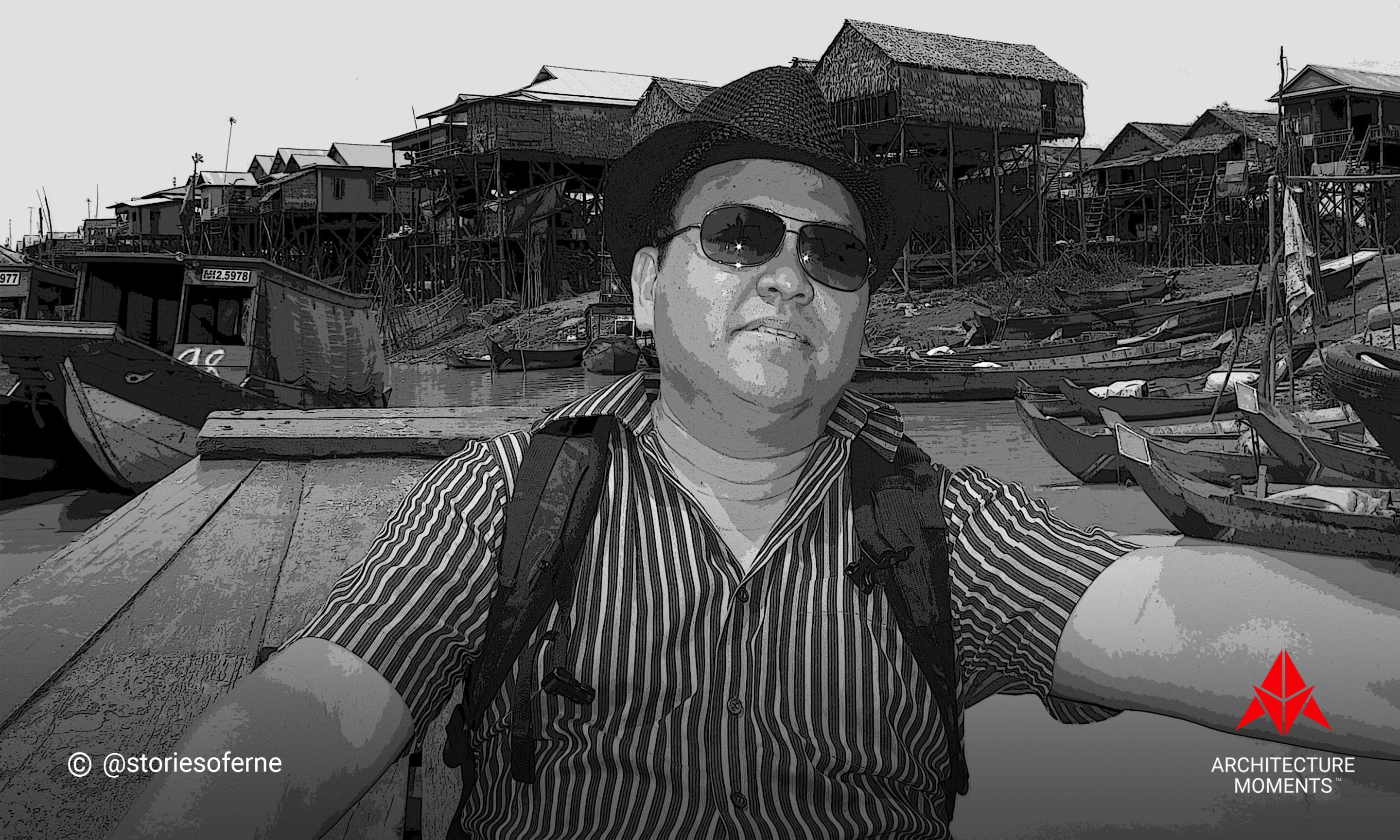
Would I recommend experiencing the stilt habitats of Cambodia if you dream of traveling to their country someday? Of course, go ahead! You may not be an Architect like me, however genuinely immersing yourself in these spectacular built environments, not only fulfills a design intent but also unlocks an entirely new world. As a result, you would likewise be directly exposed to their authentic traditions, culture, and lifestyles, get to personally mingle with the friendly locals and marvel at other interesting details from a close perspective. Fair enough?
#Hive, what are your thoughts about the rural Khmer houses in the countryside? What about the stilt dwellings or floating platforms on the lake? Aren't they fascinating? Let's talk about them in the comments.




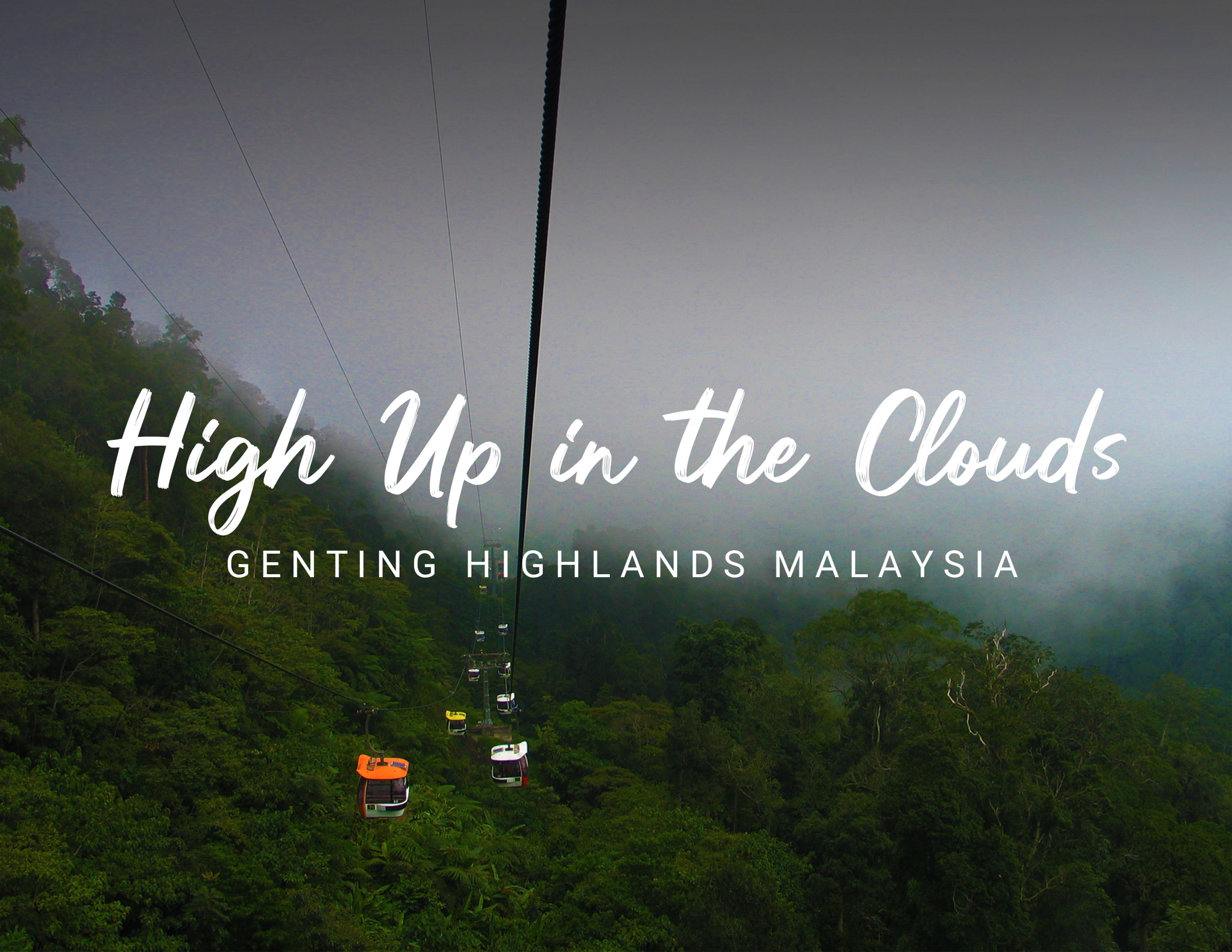
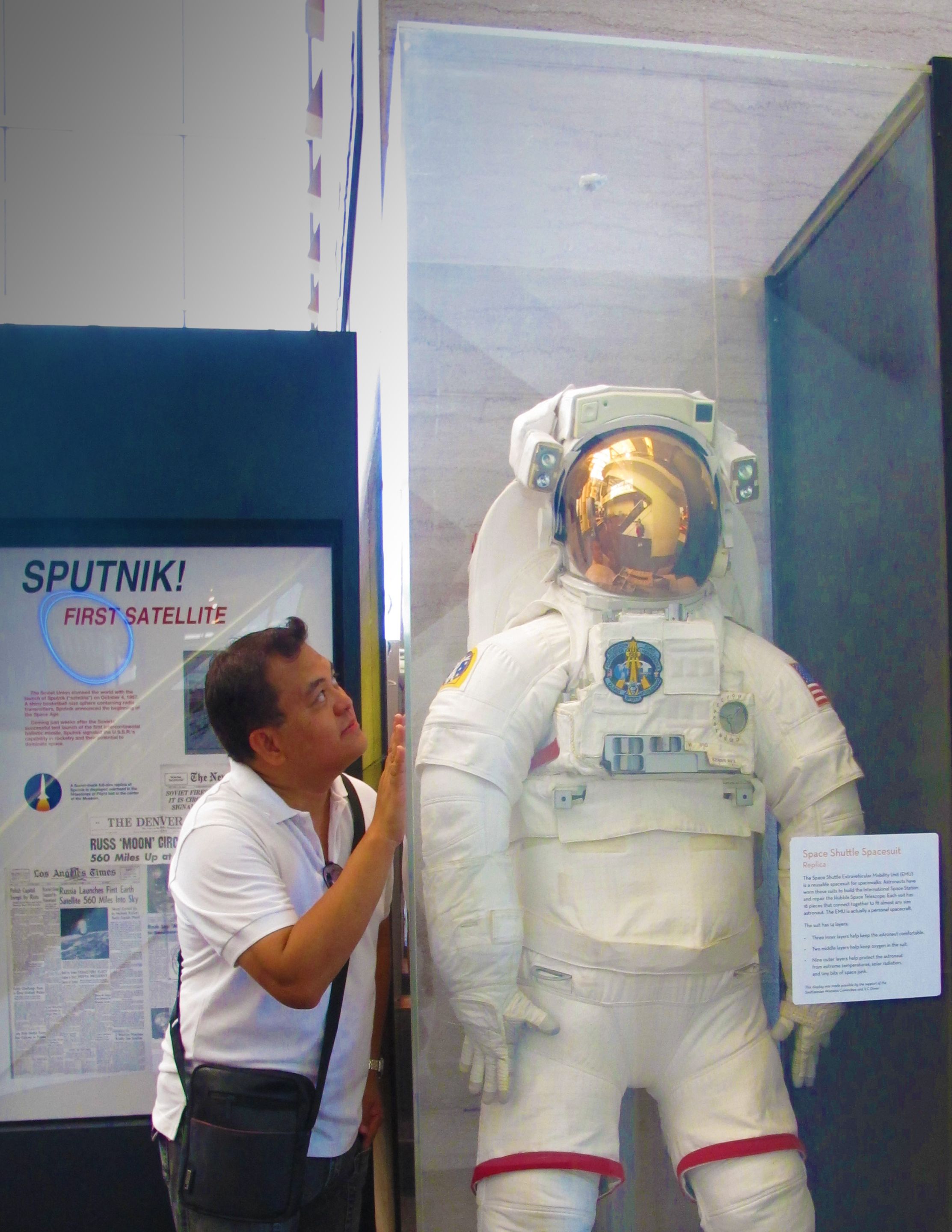



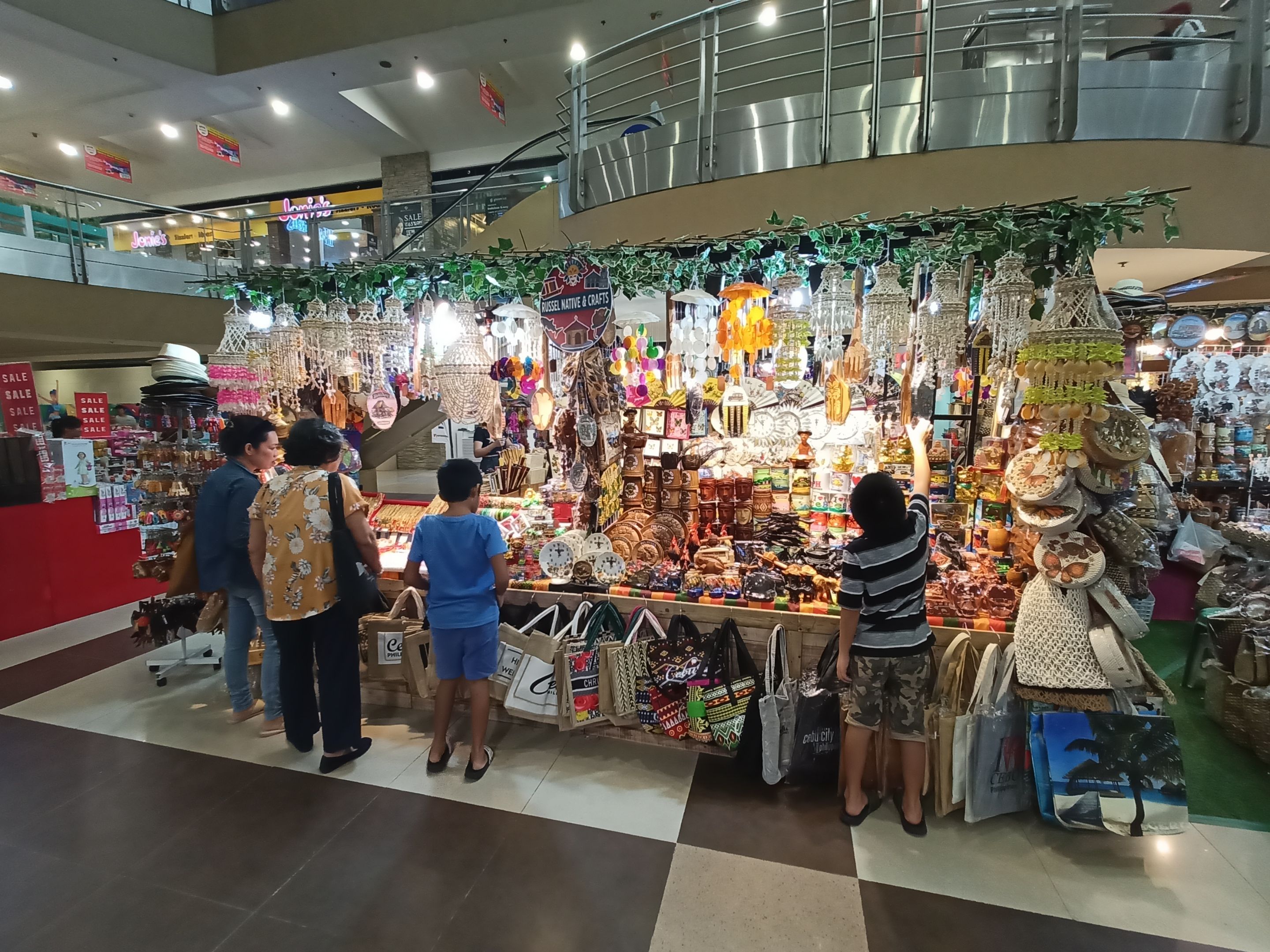
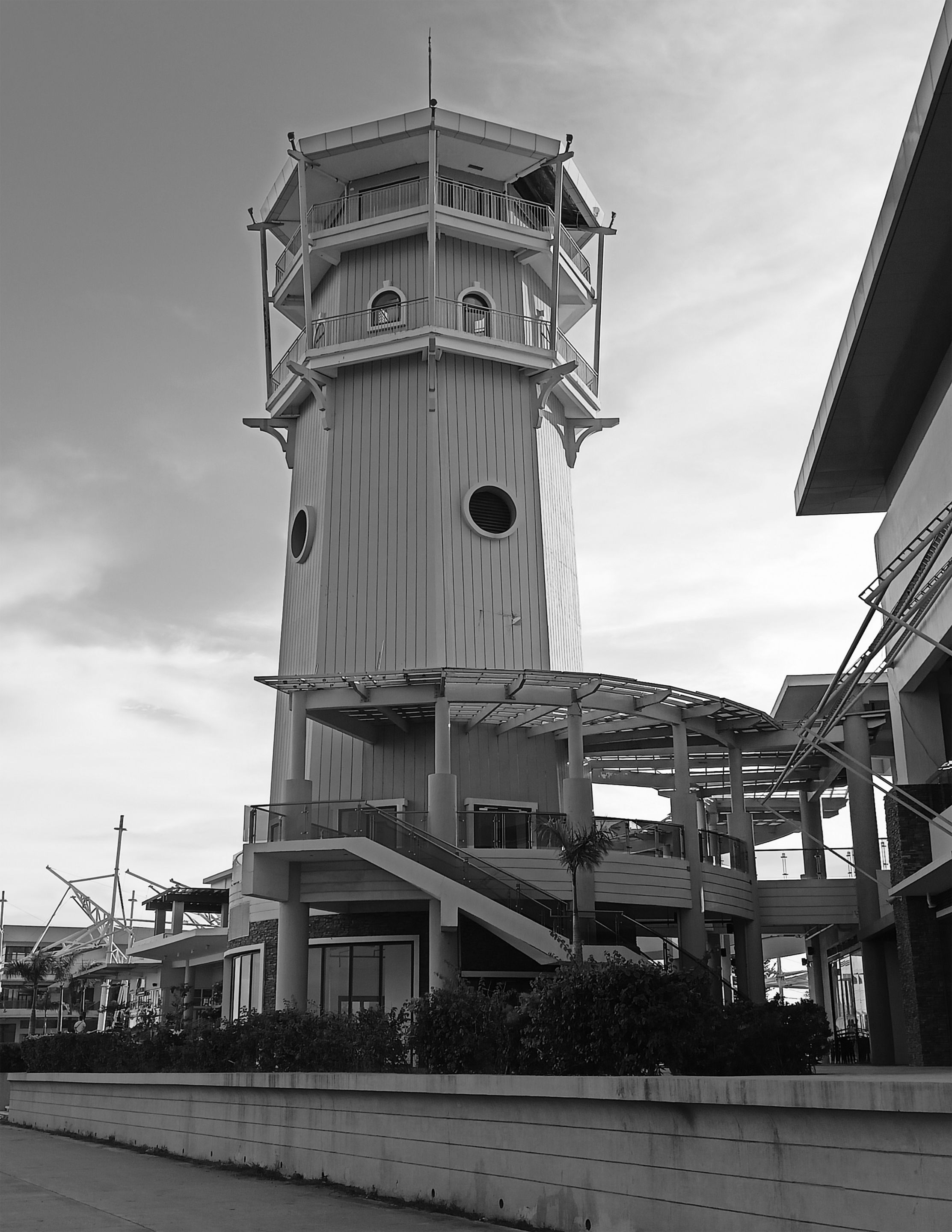

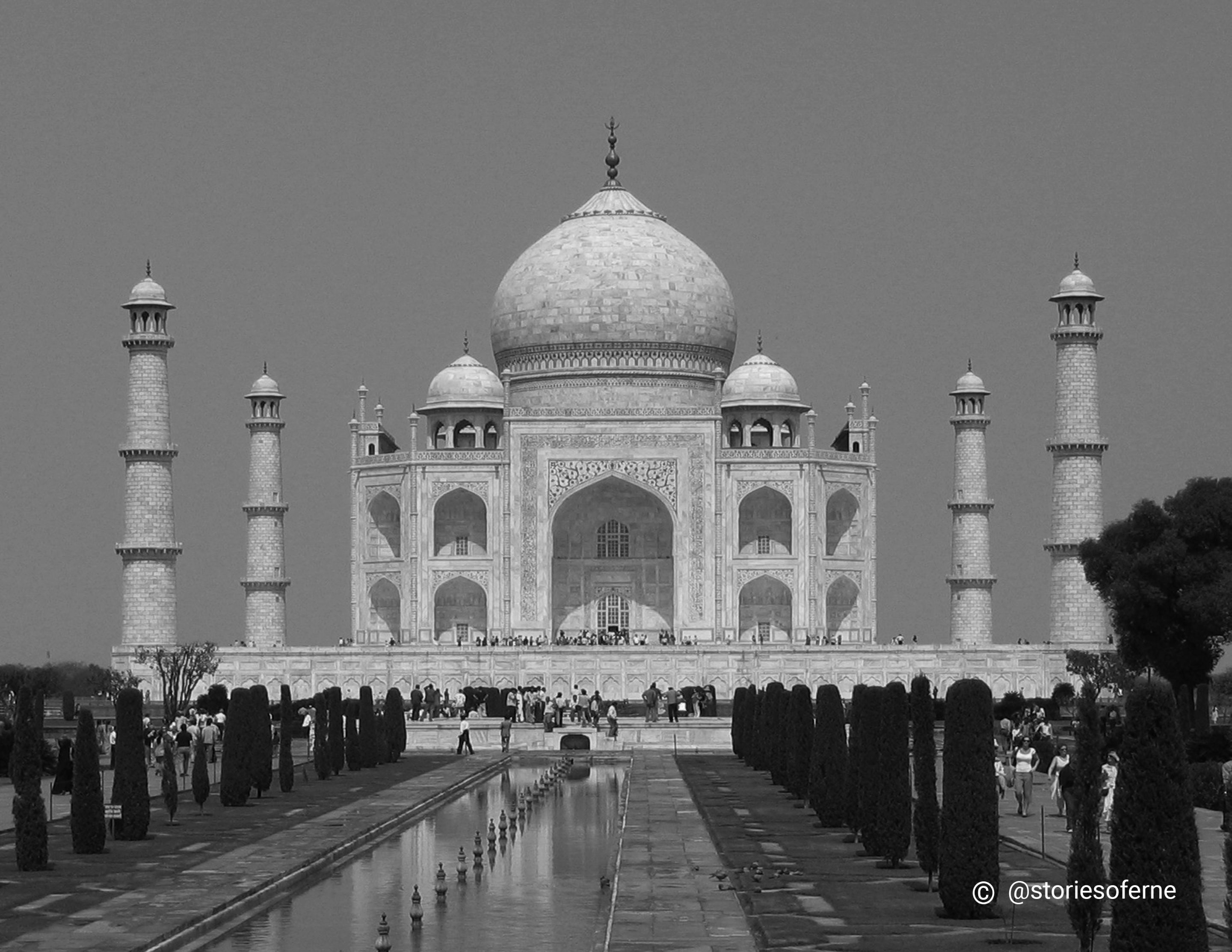
Comments